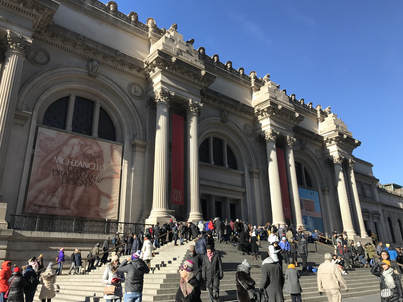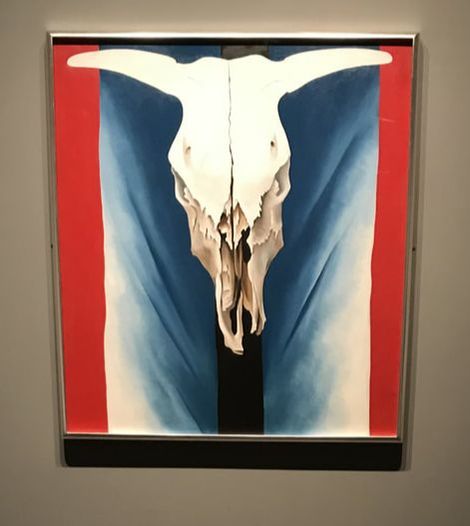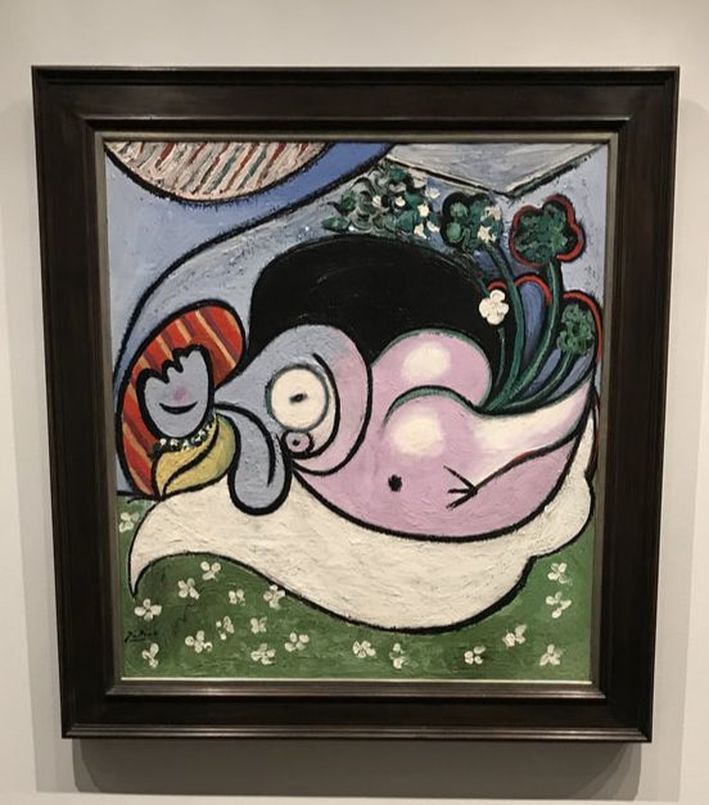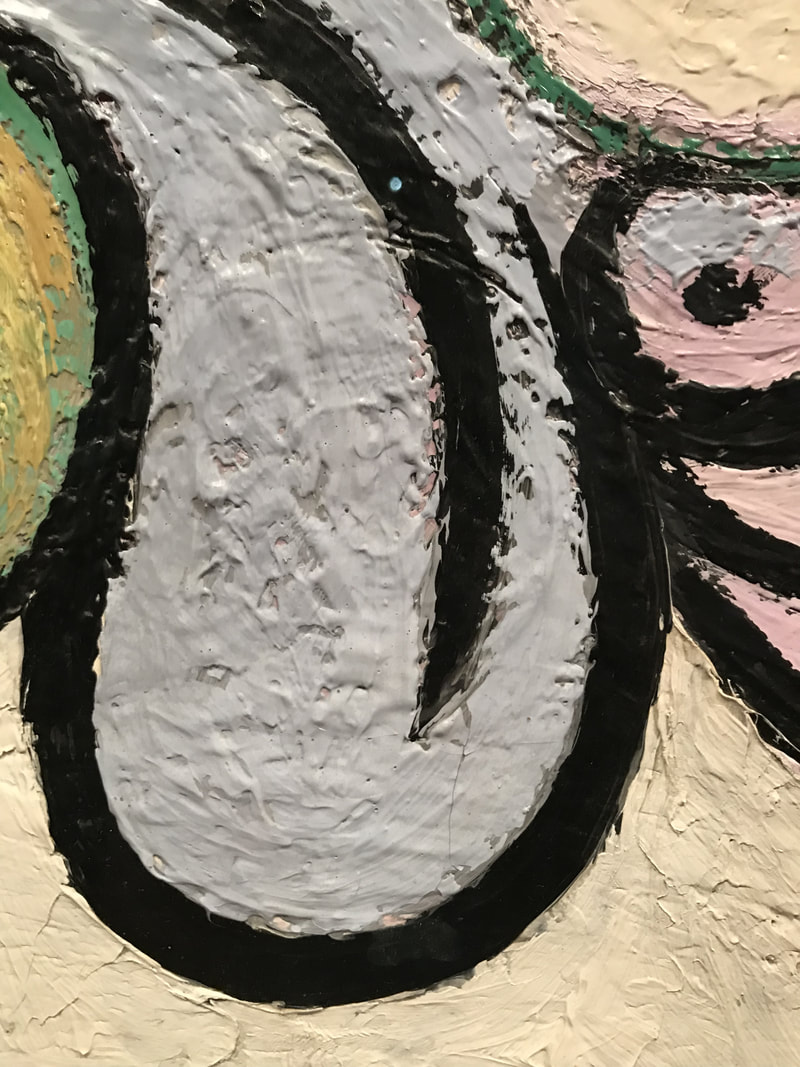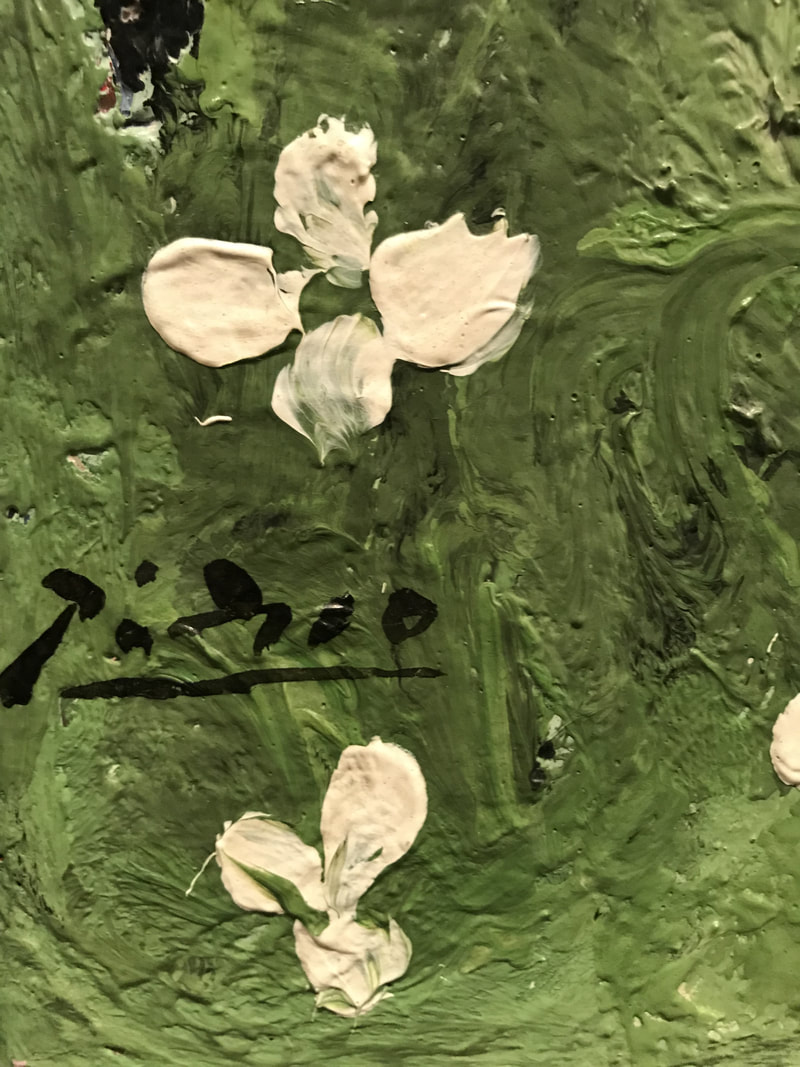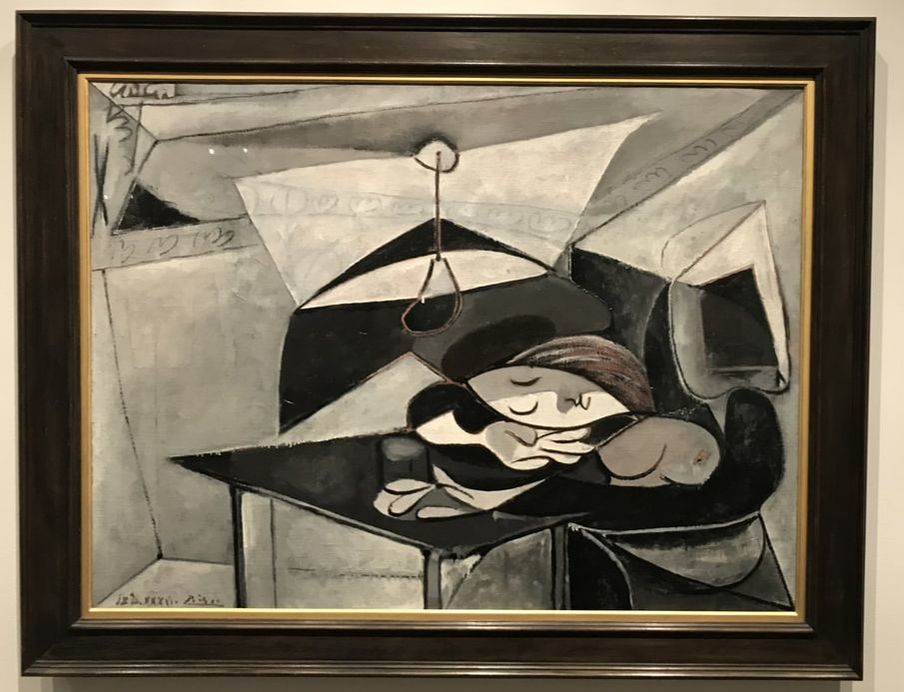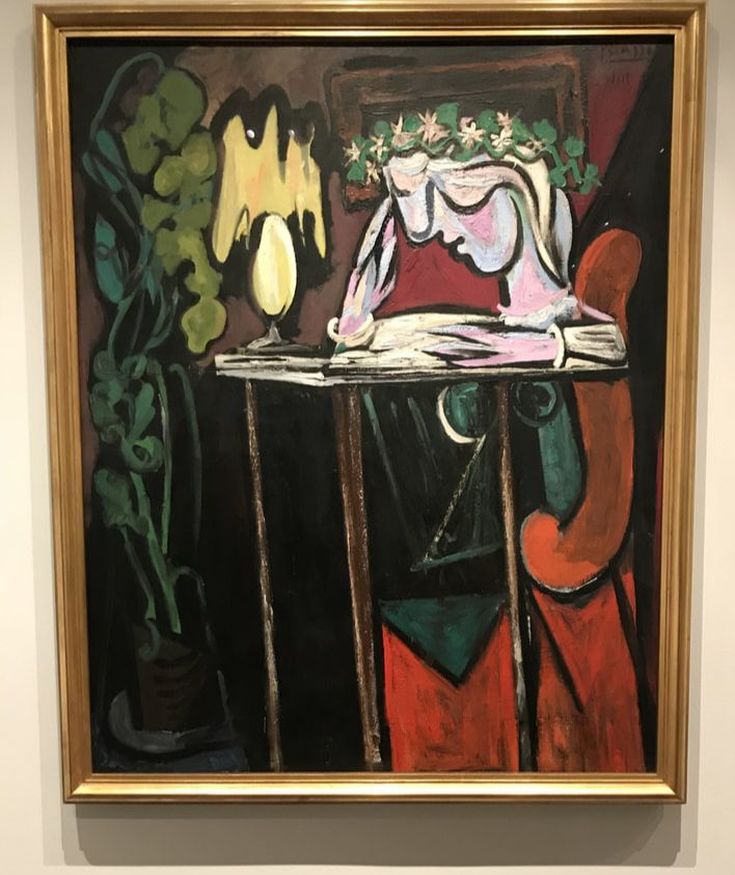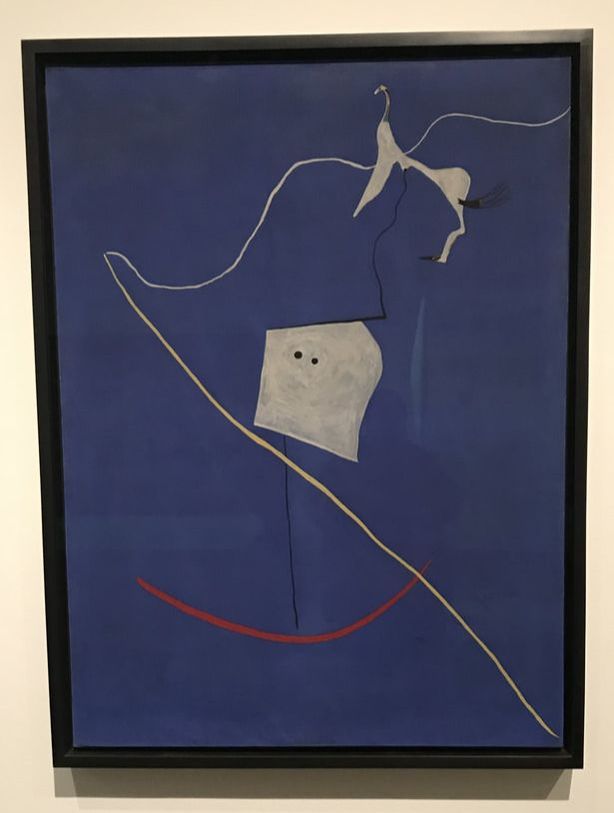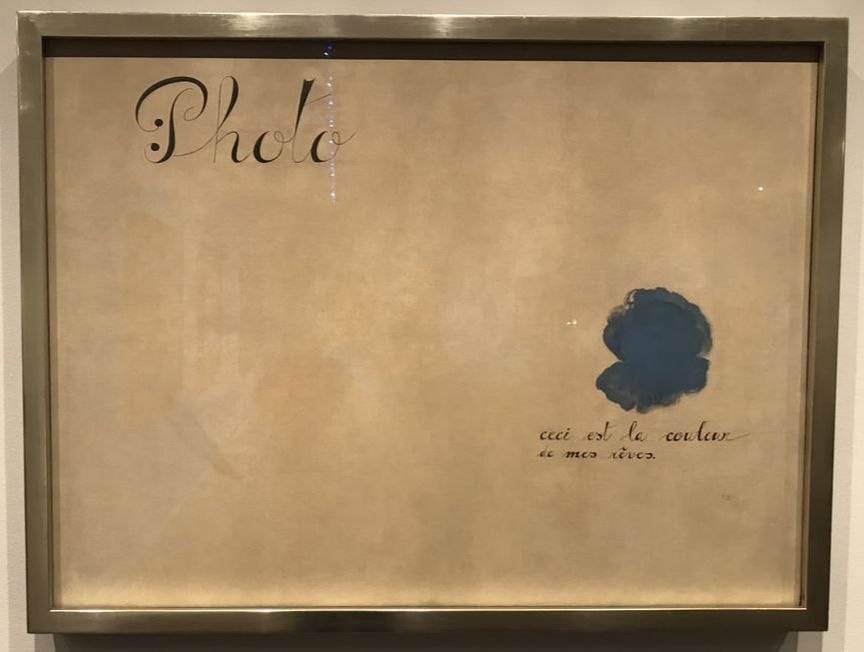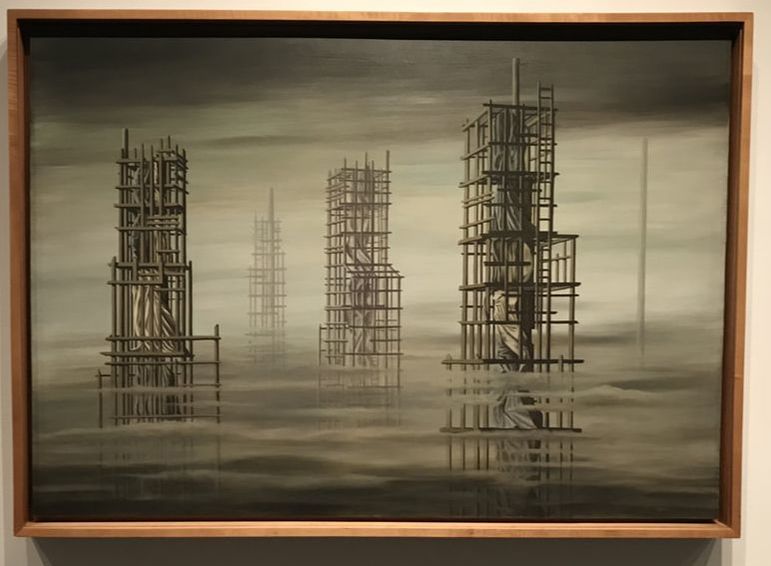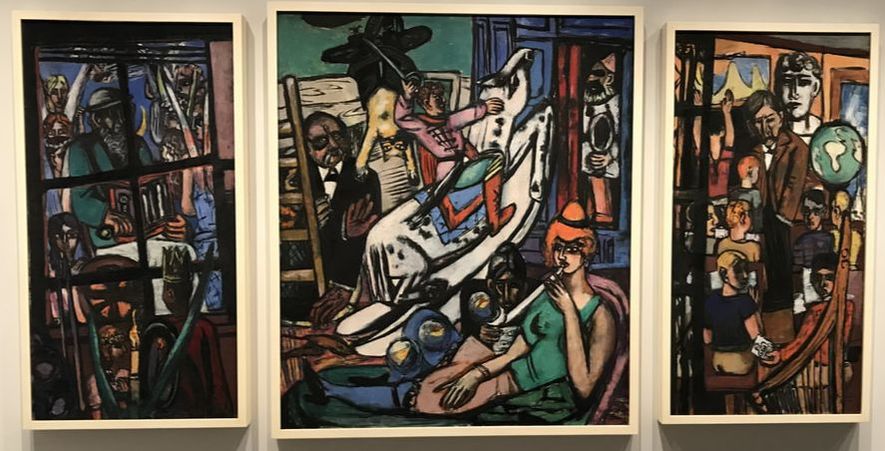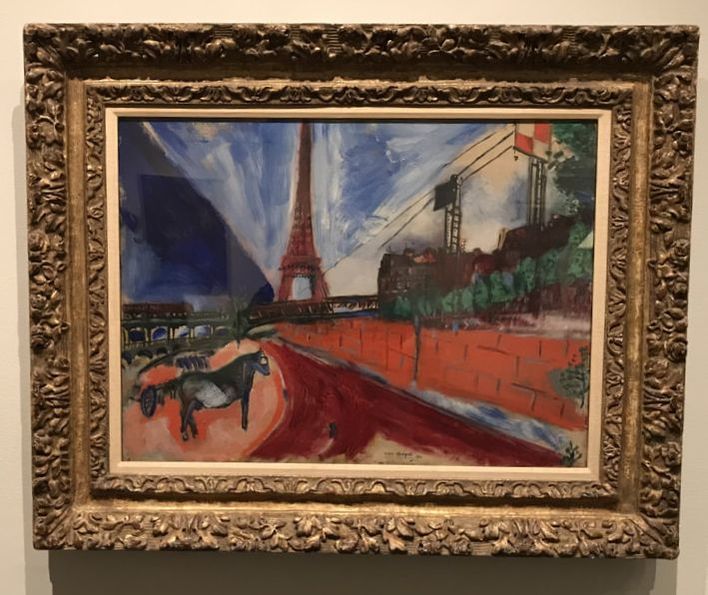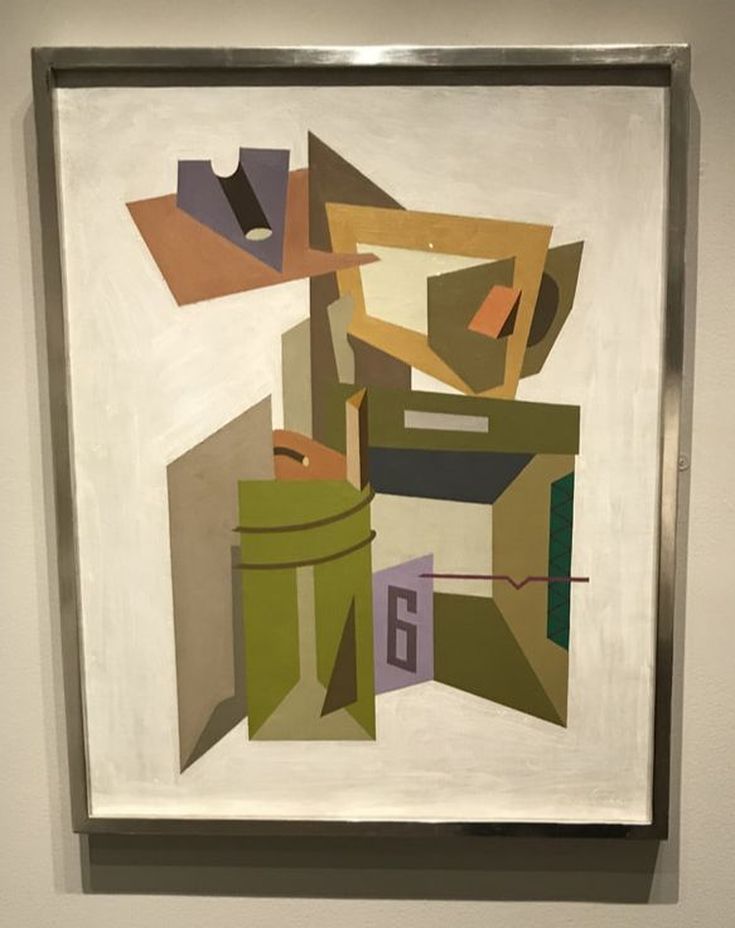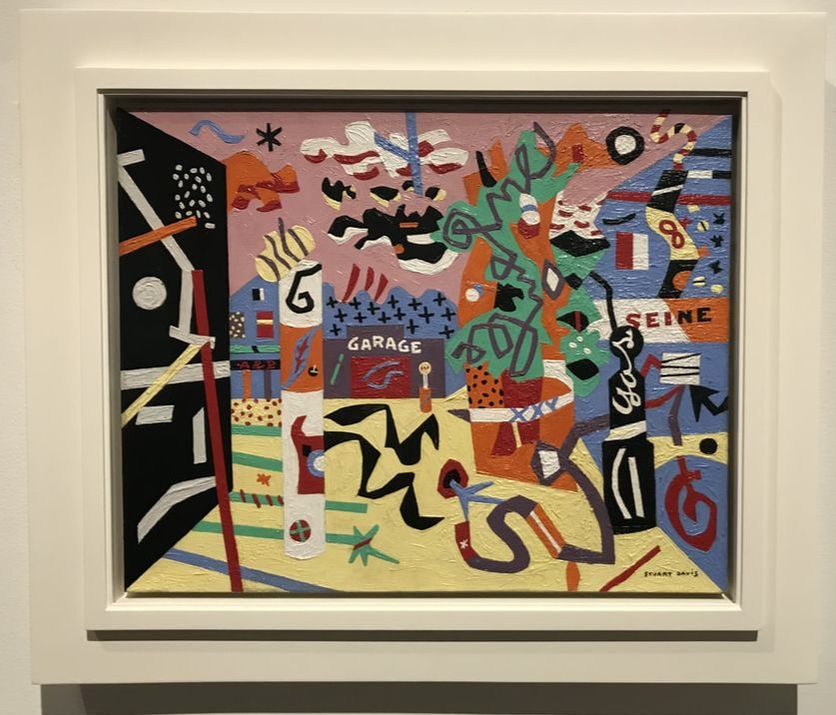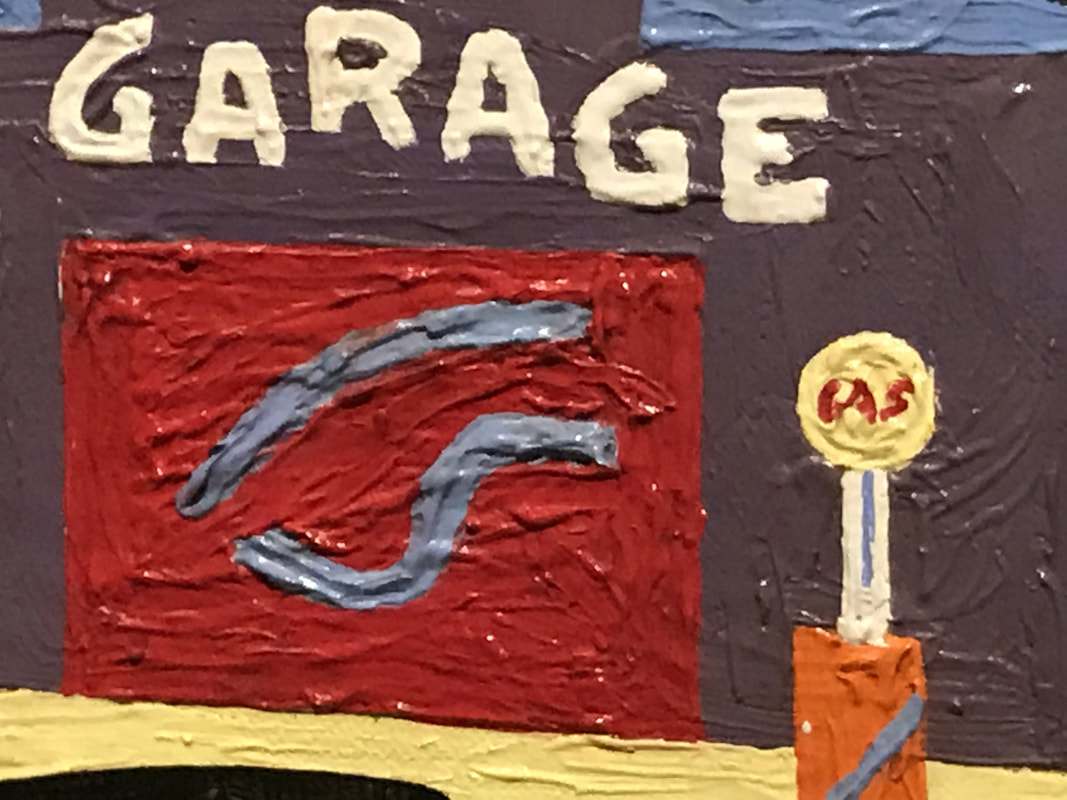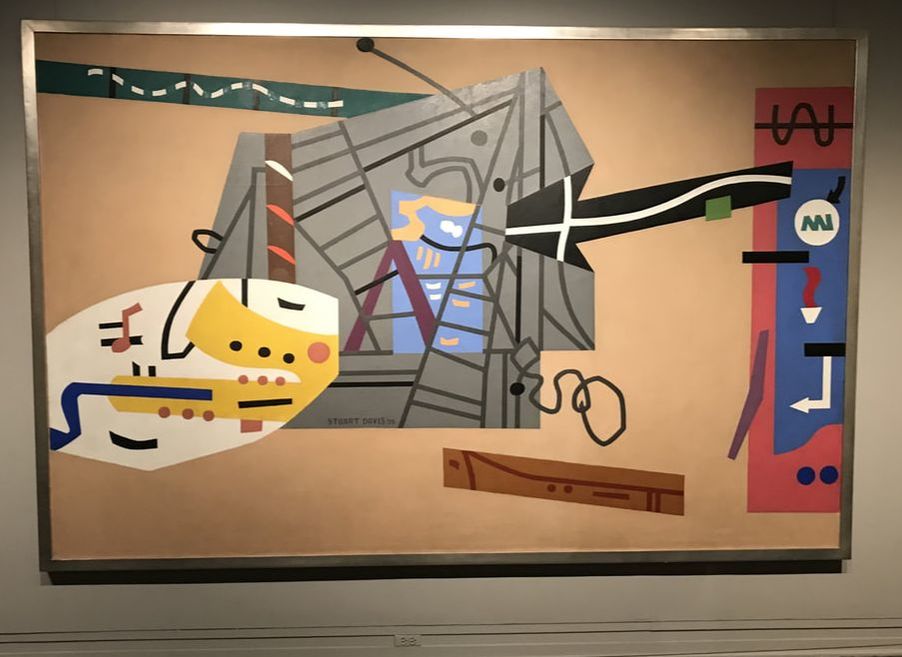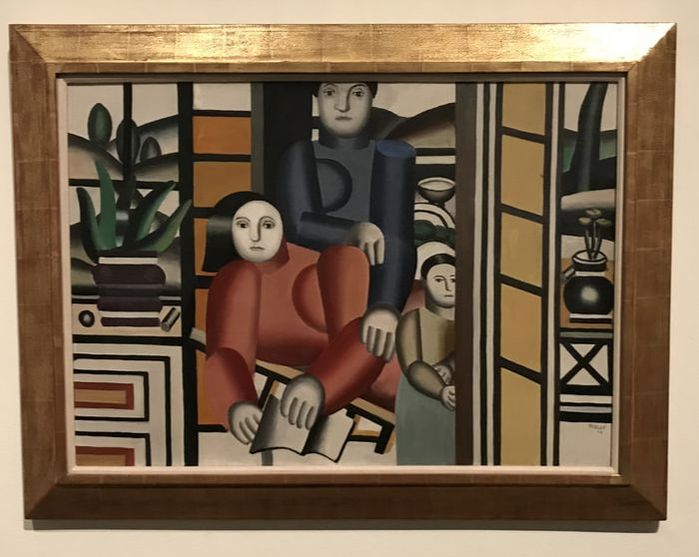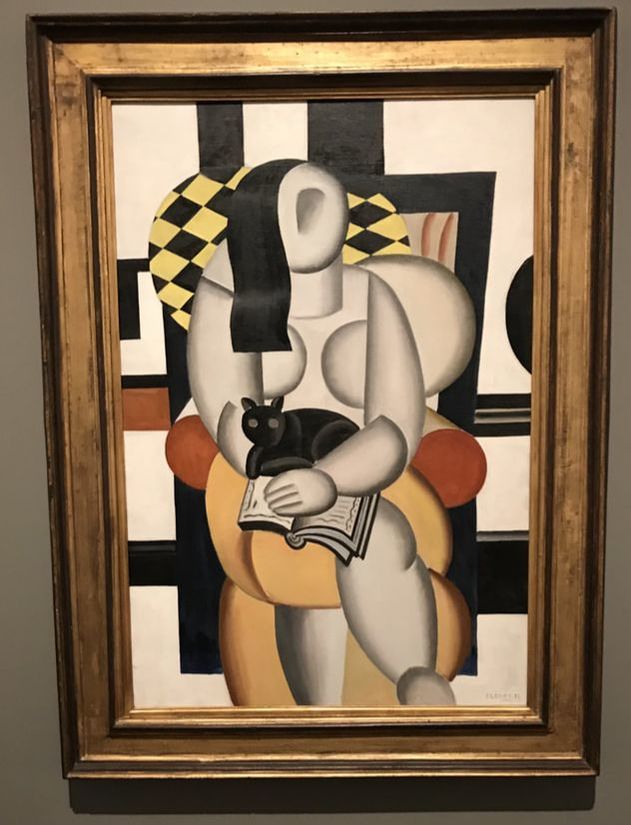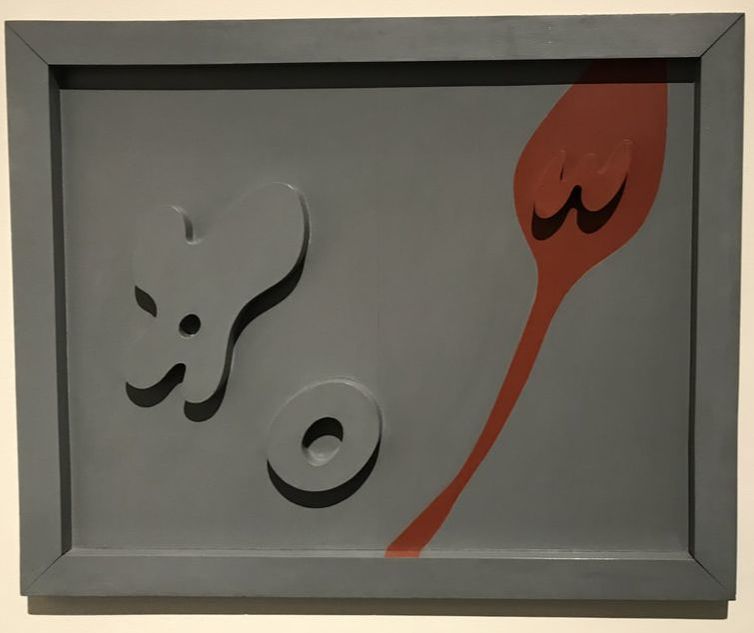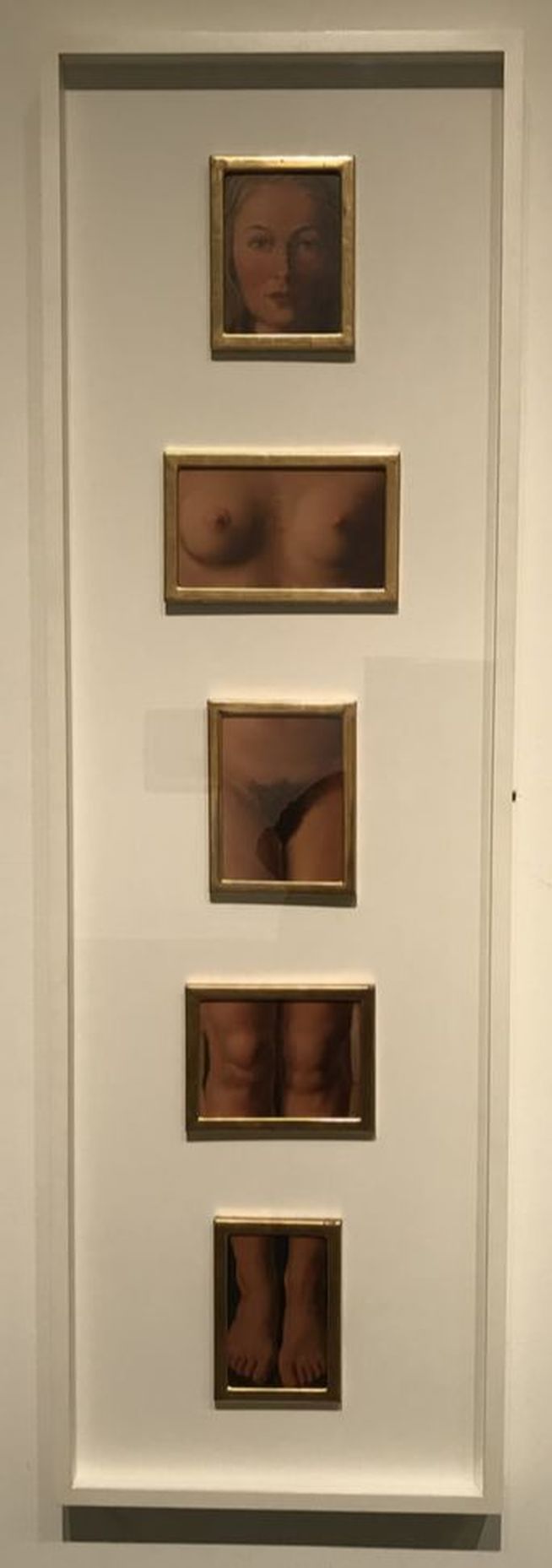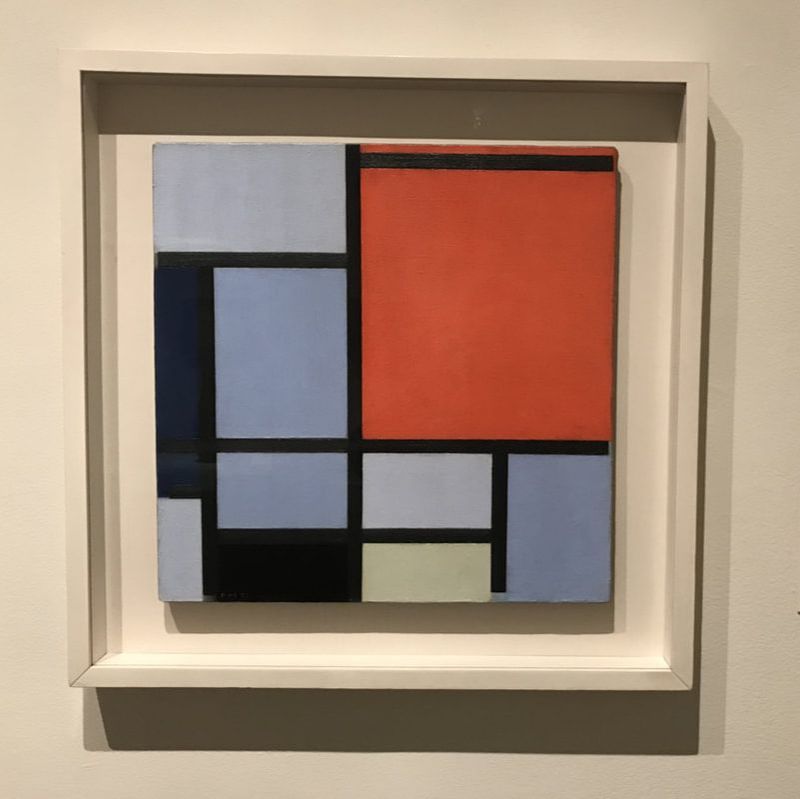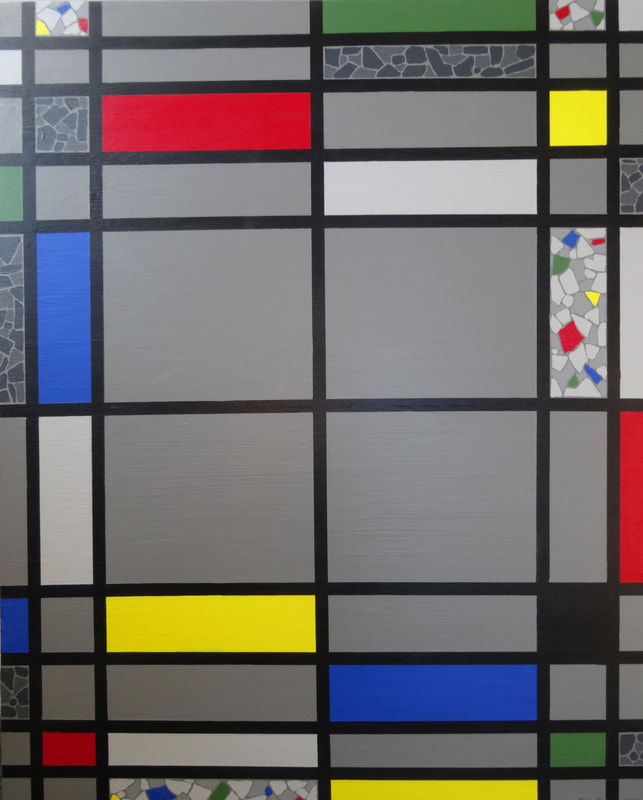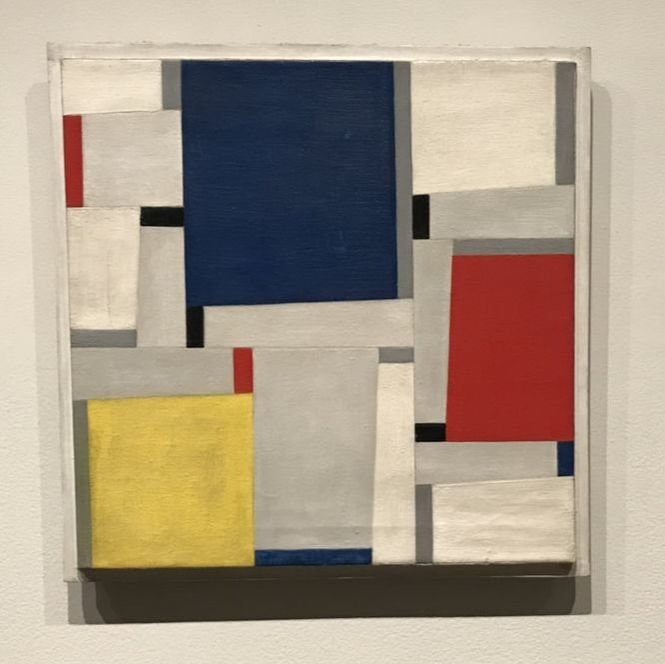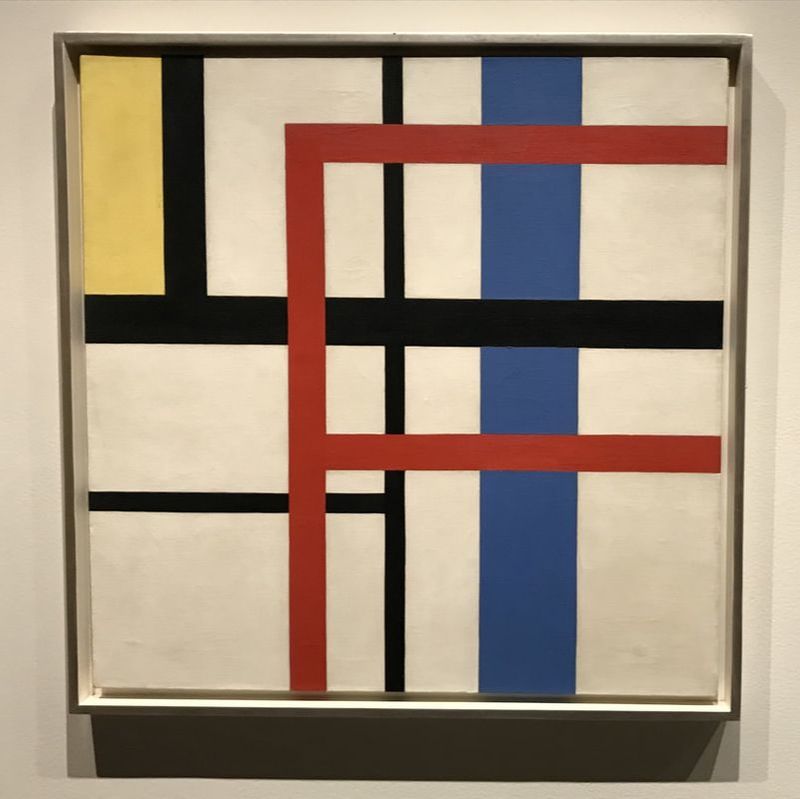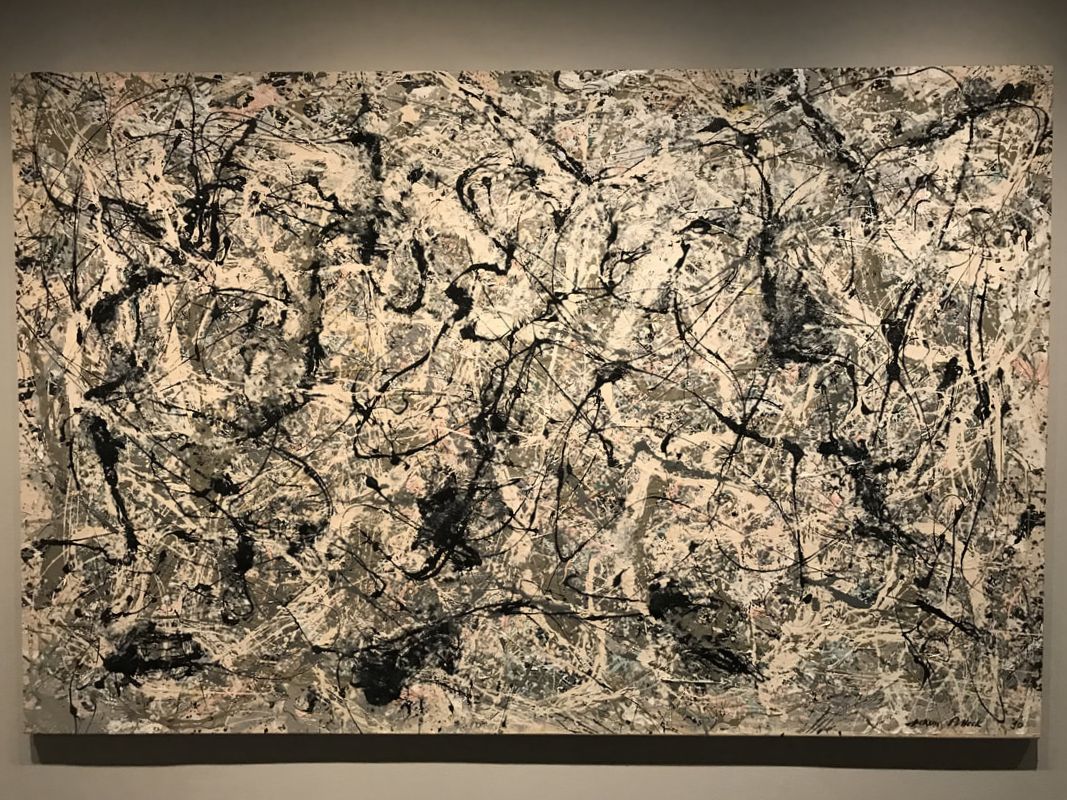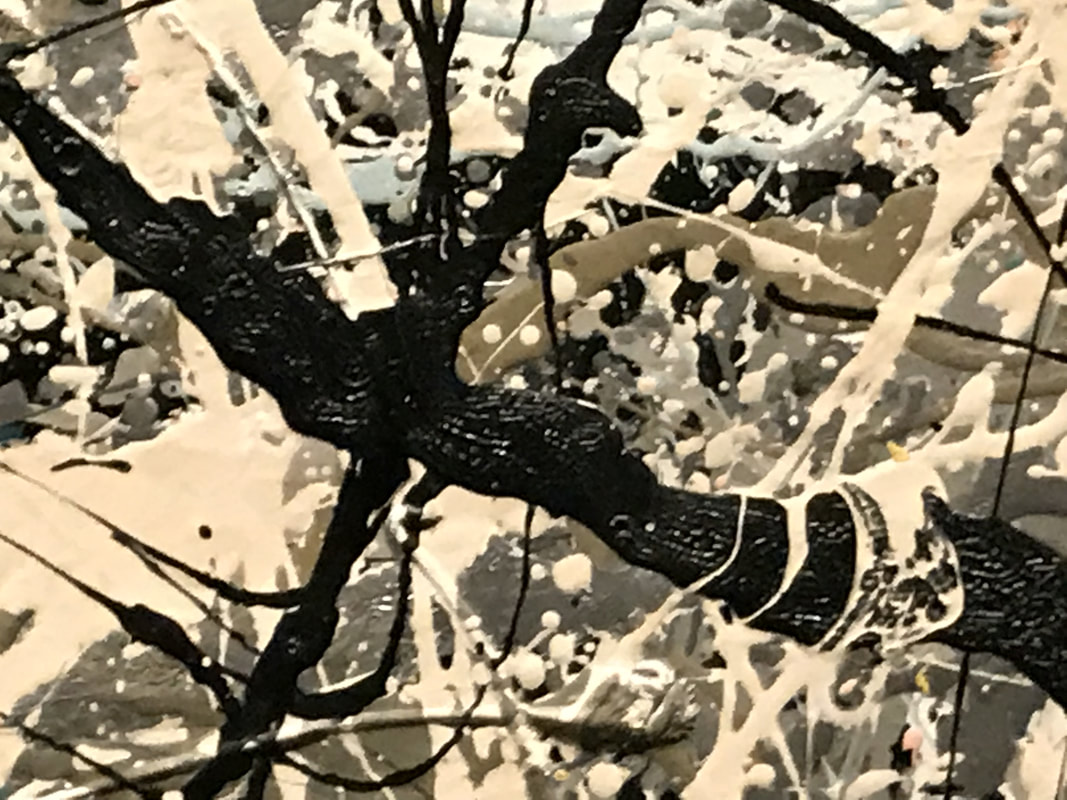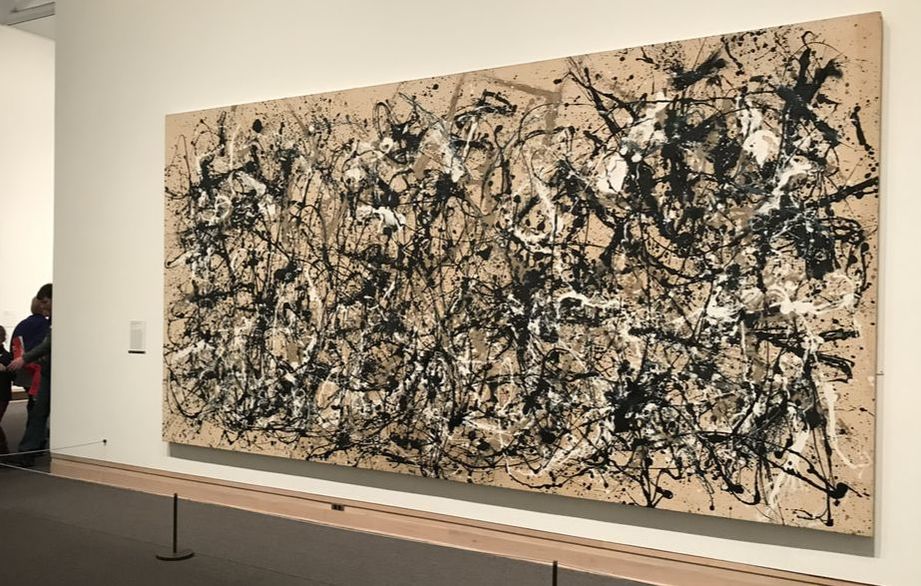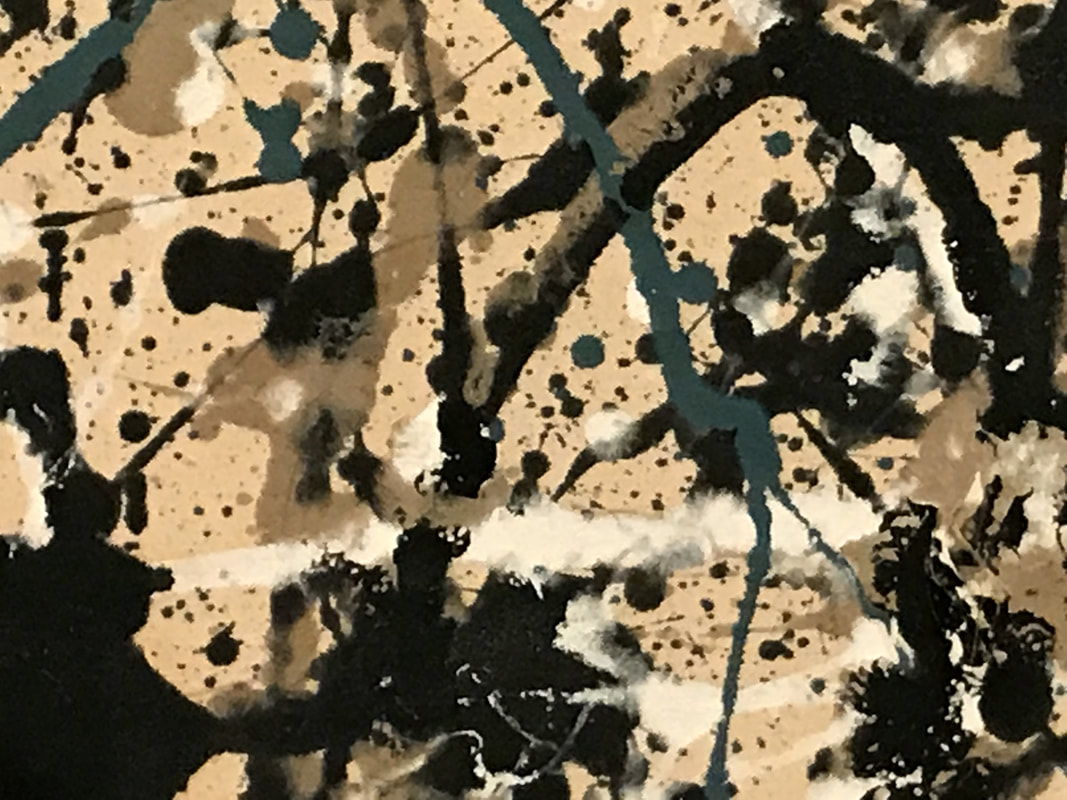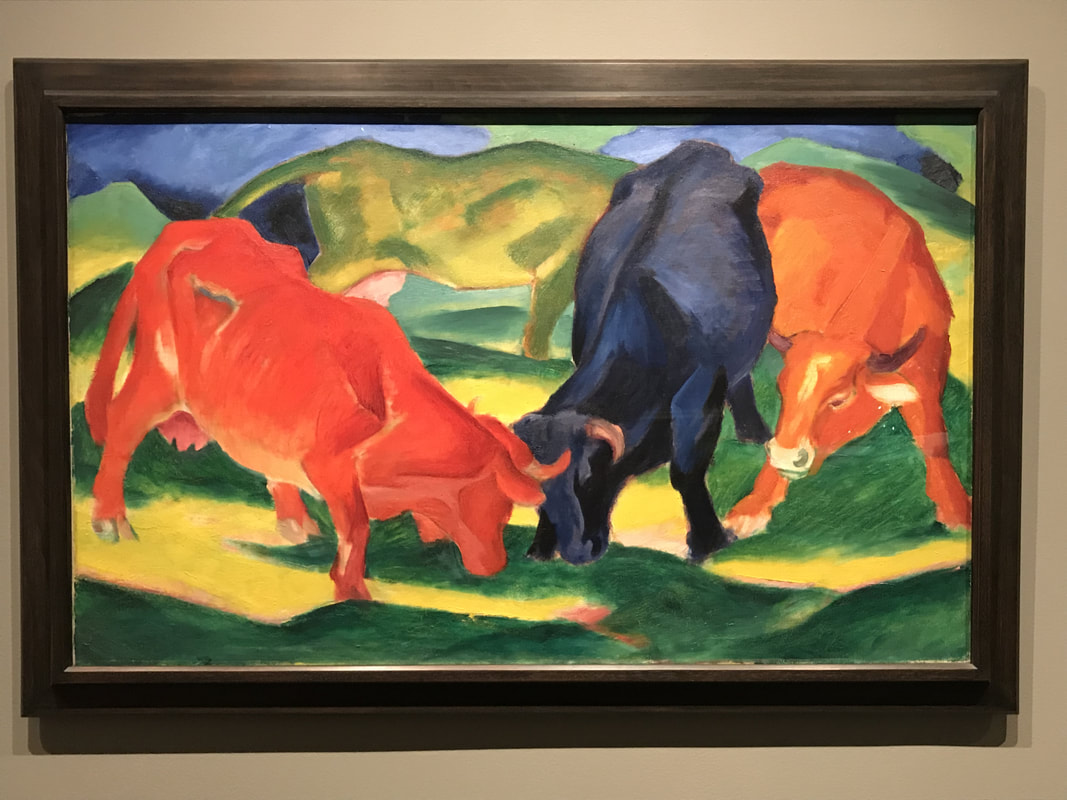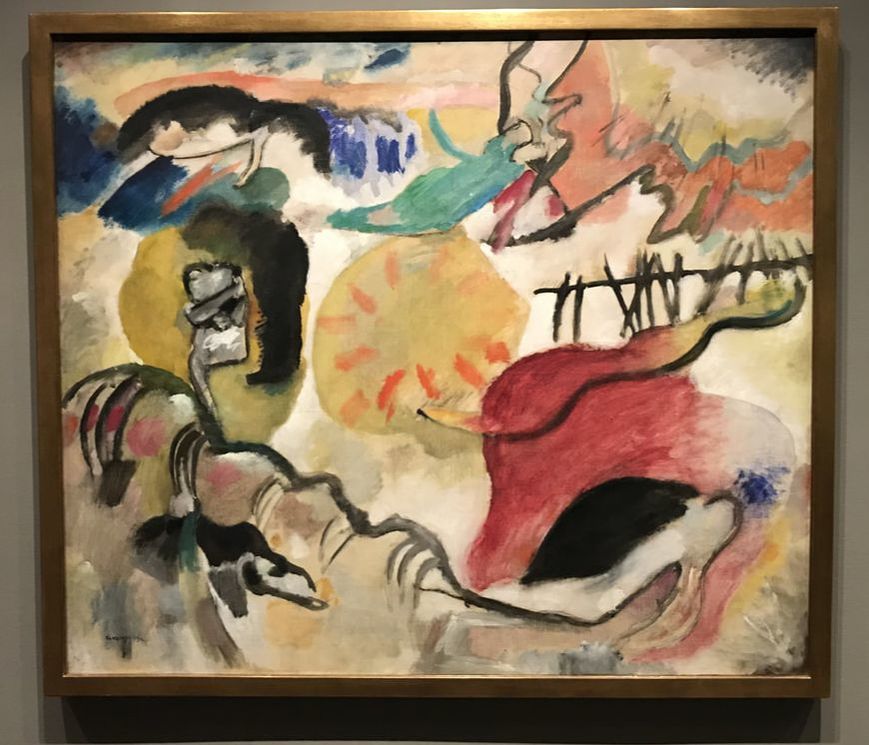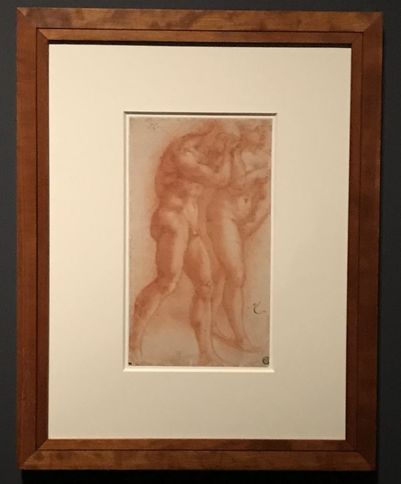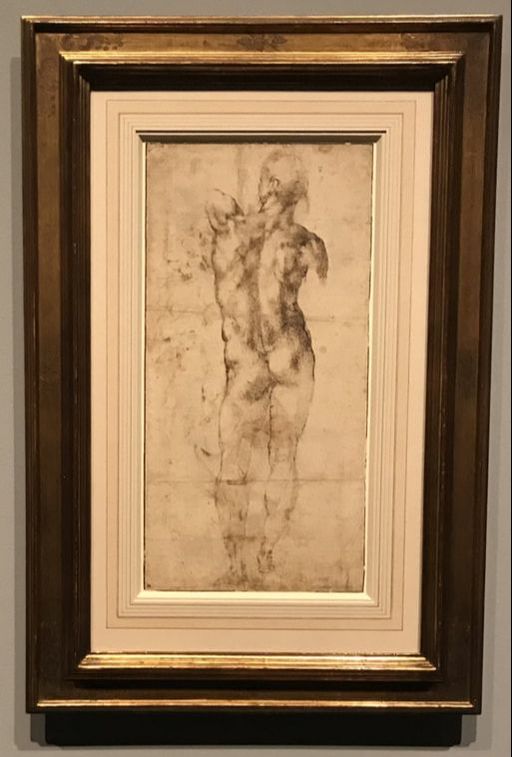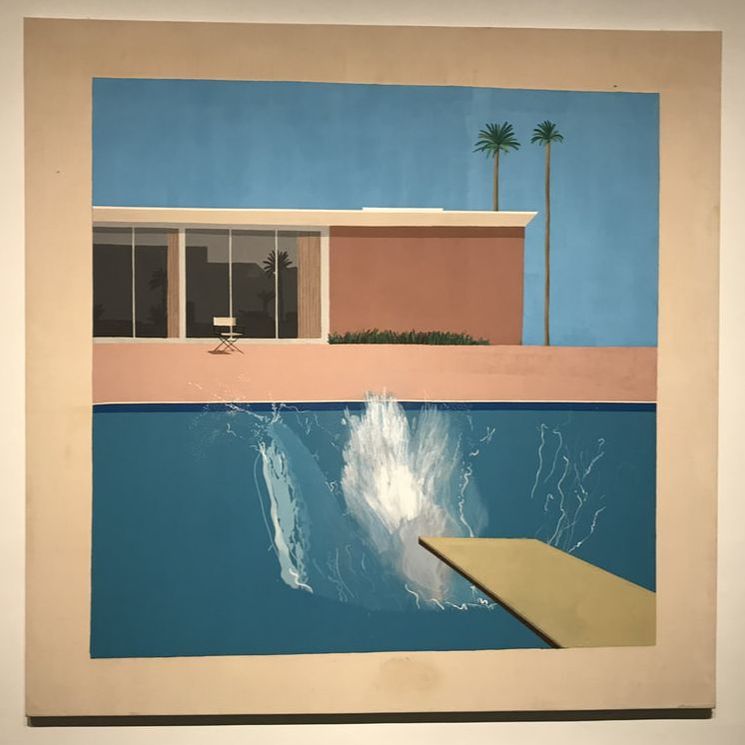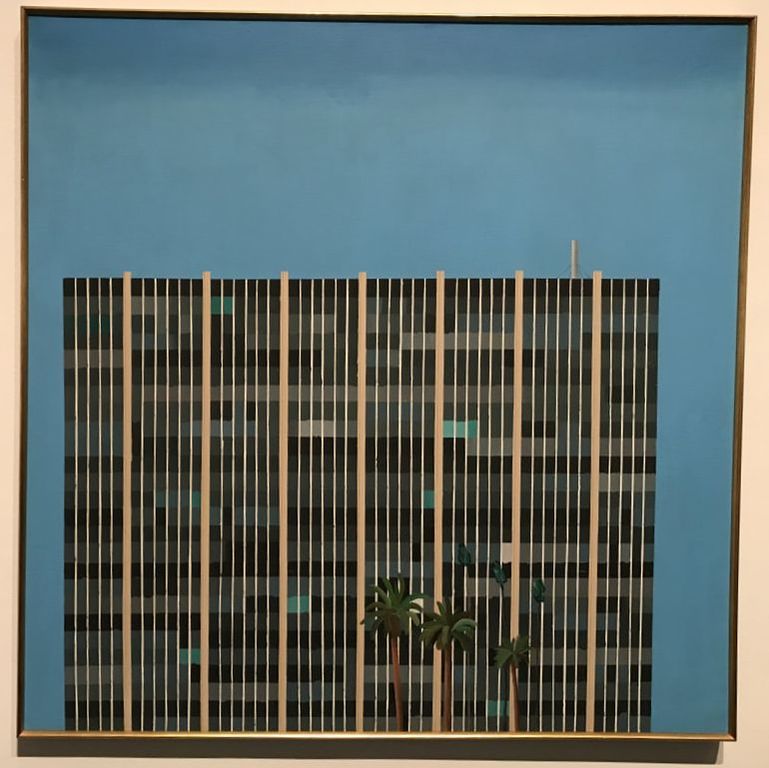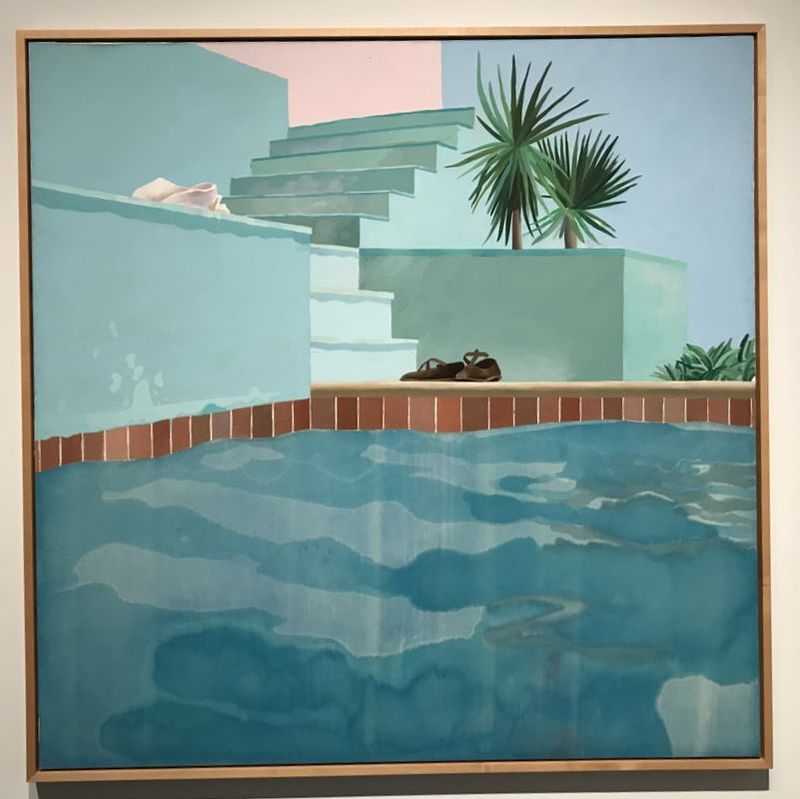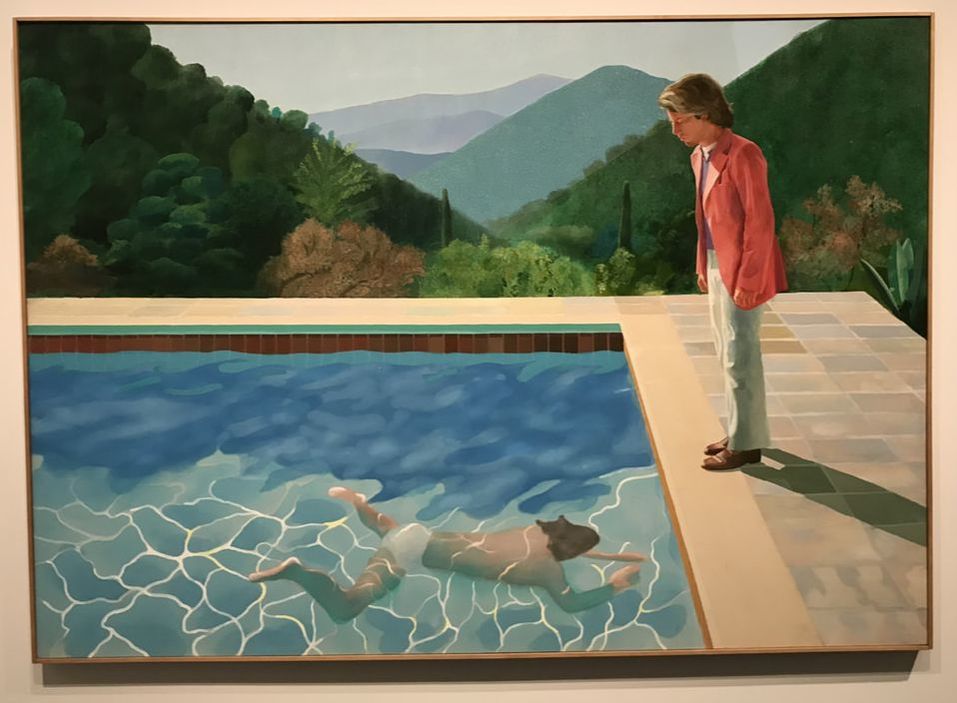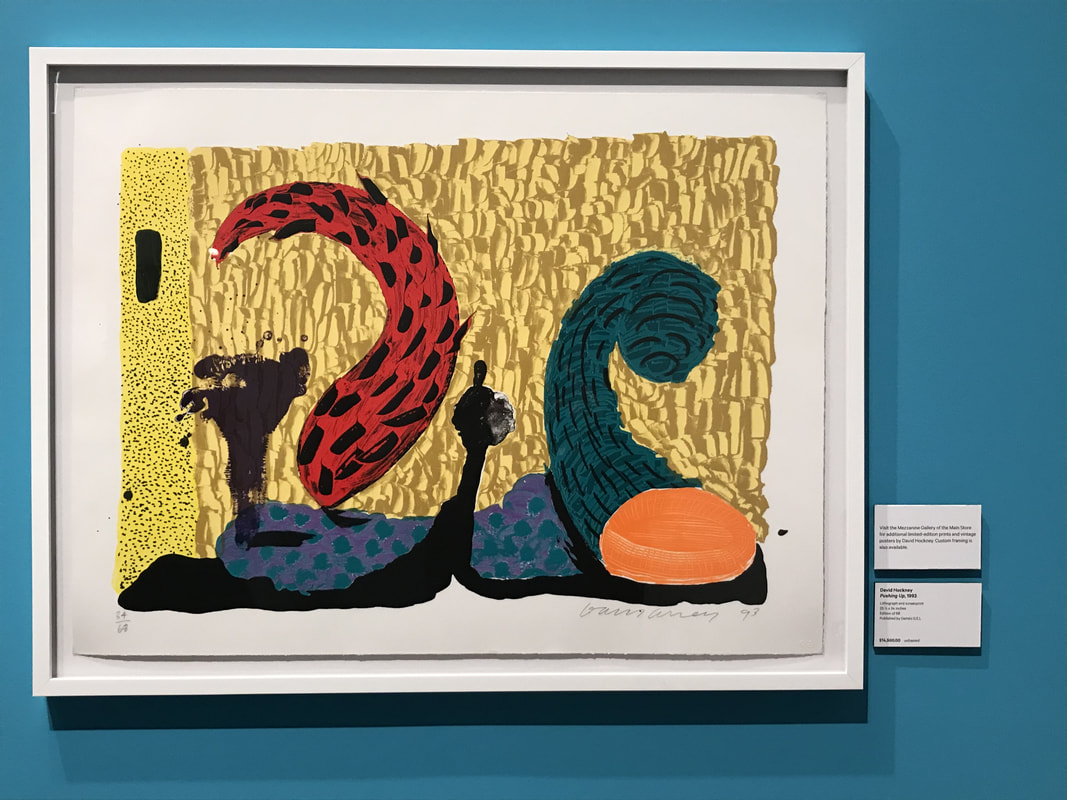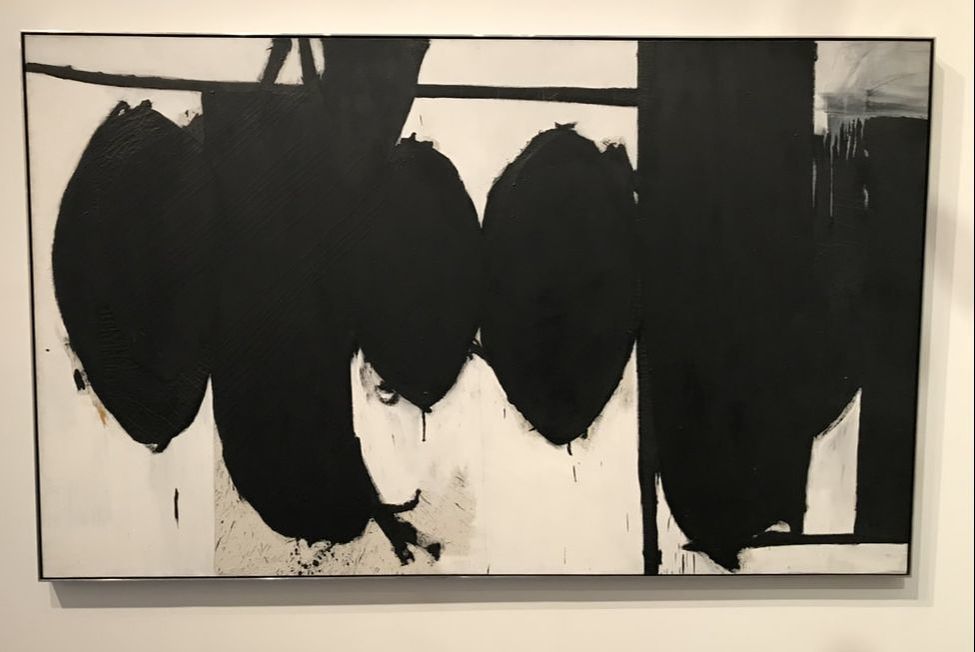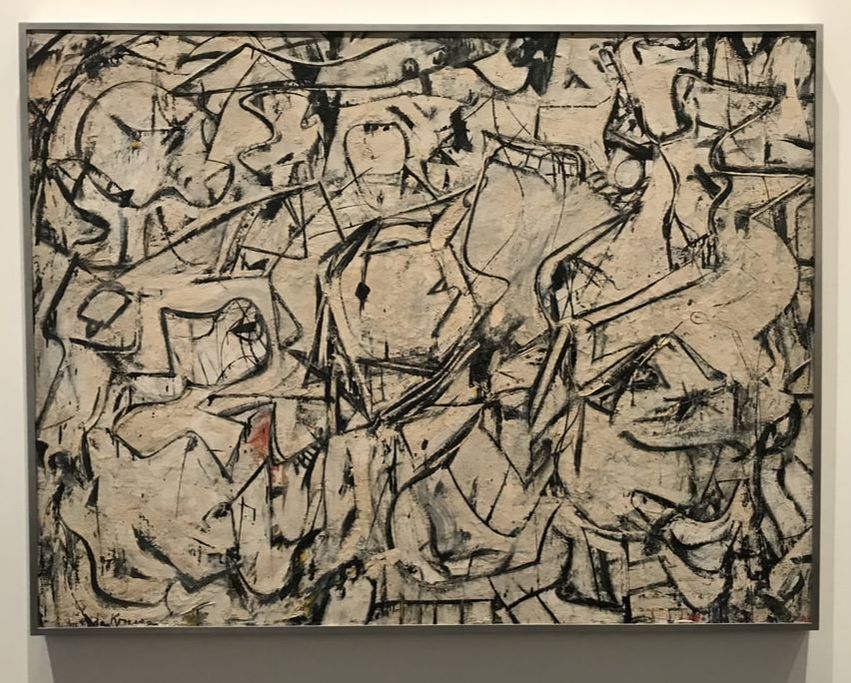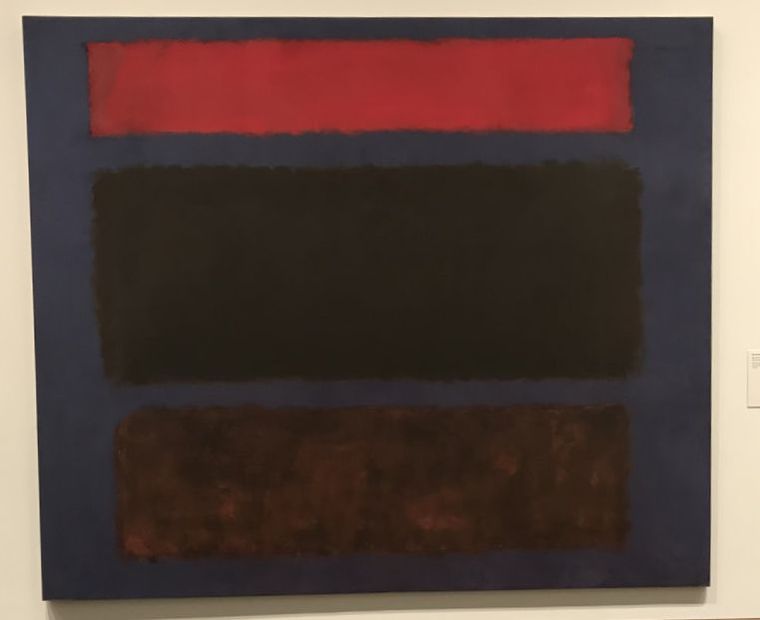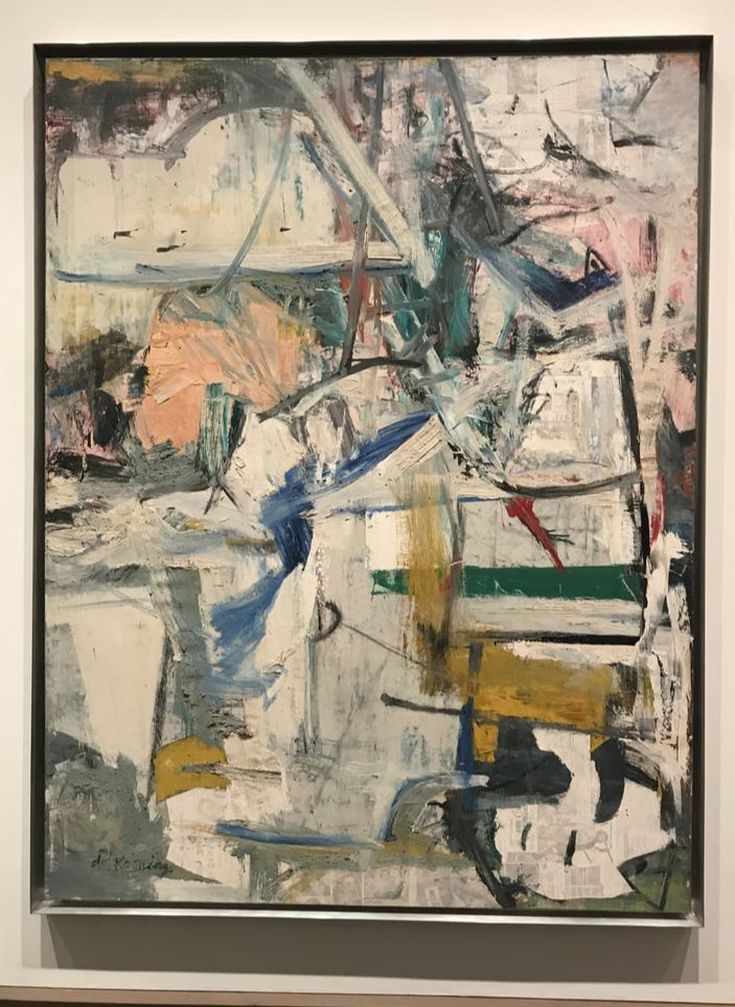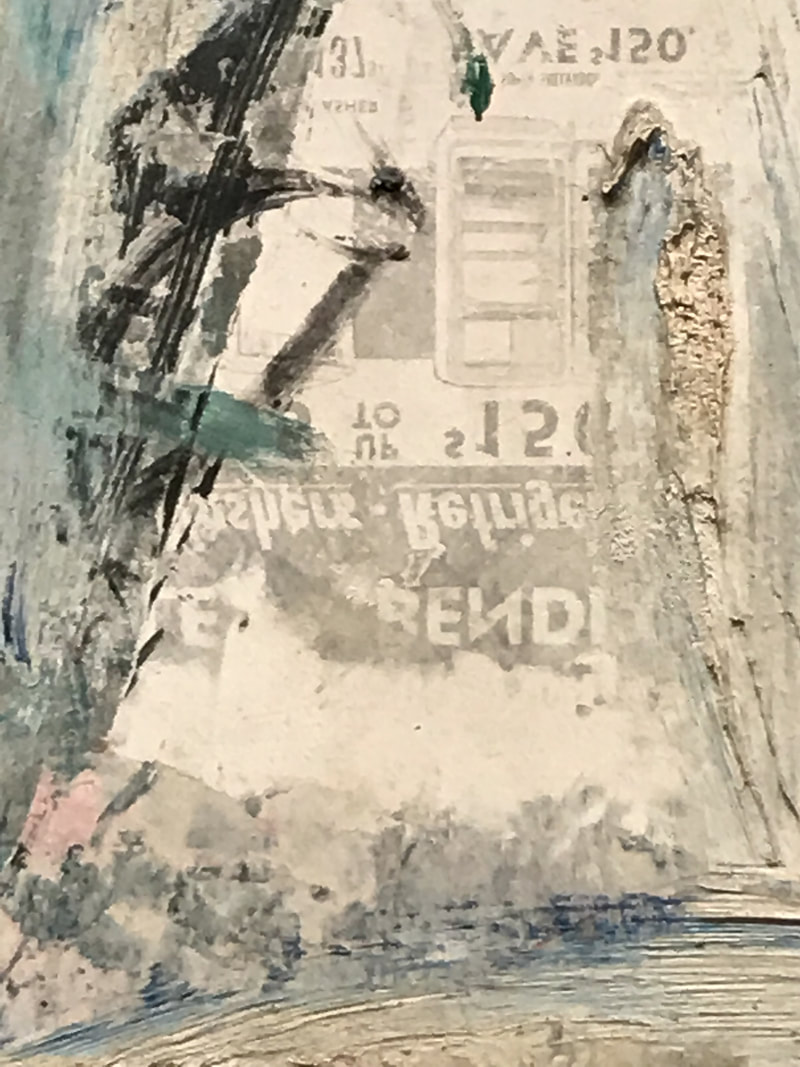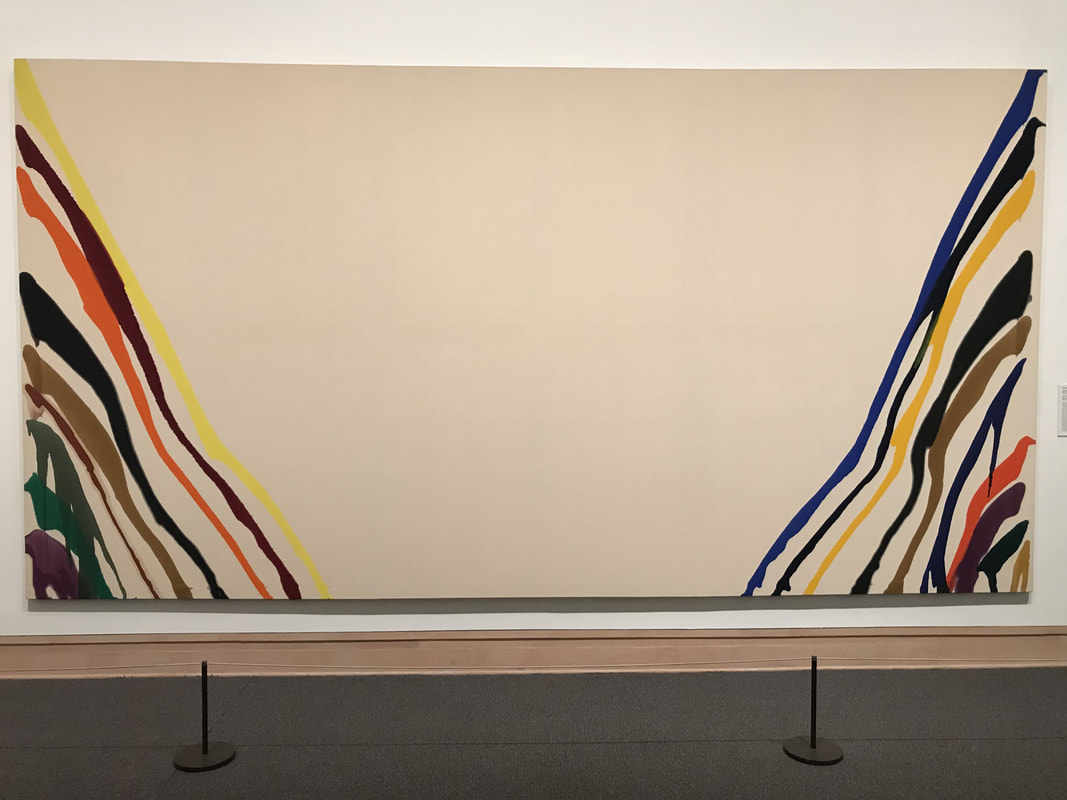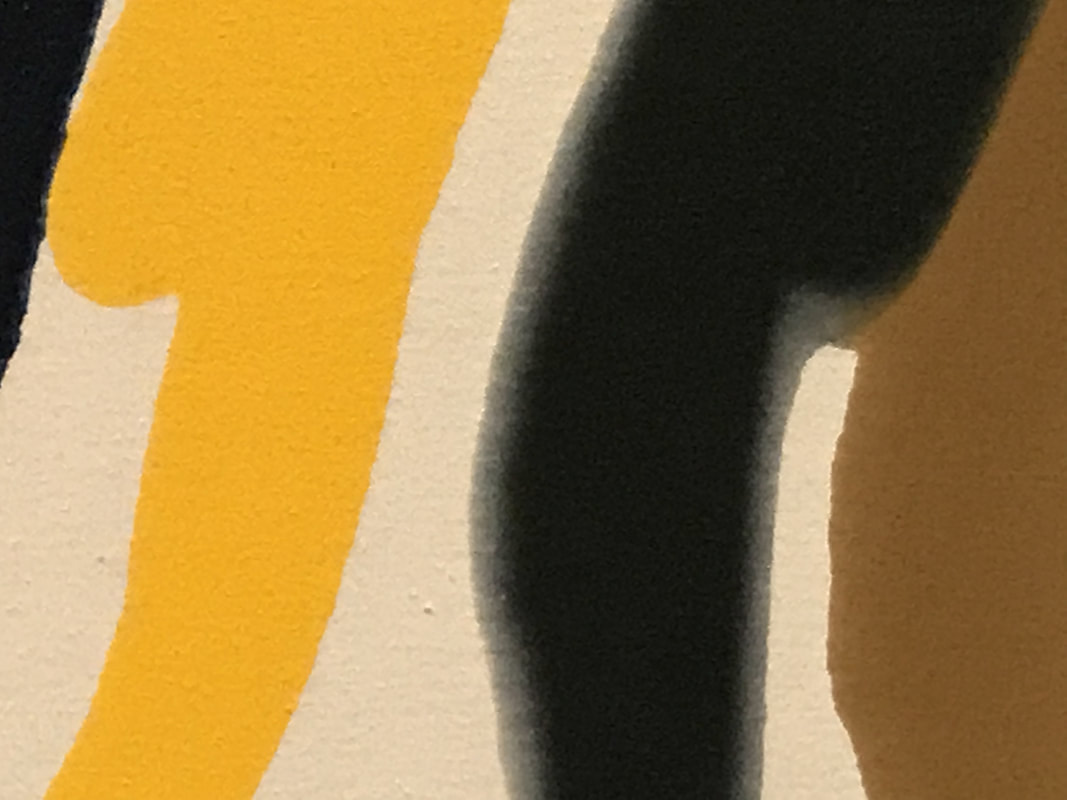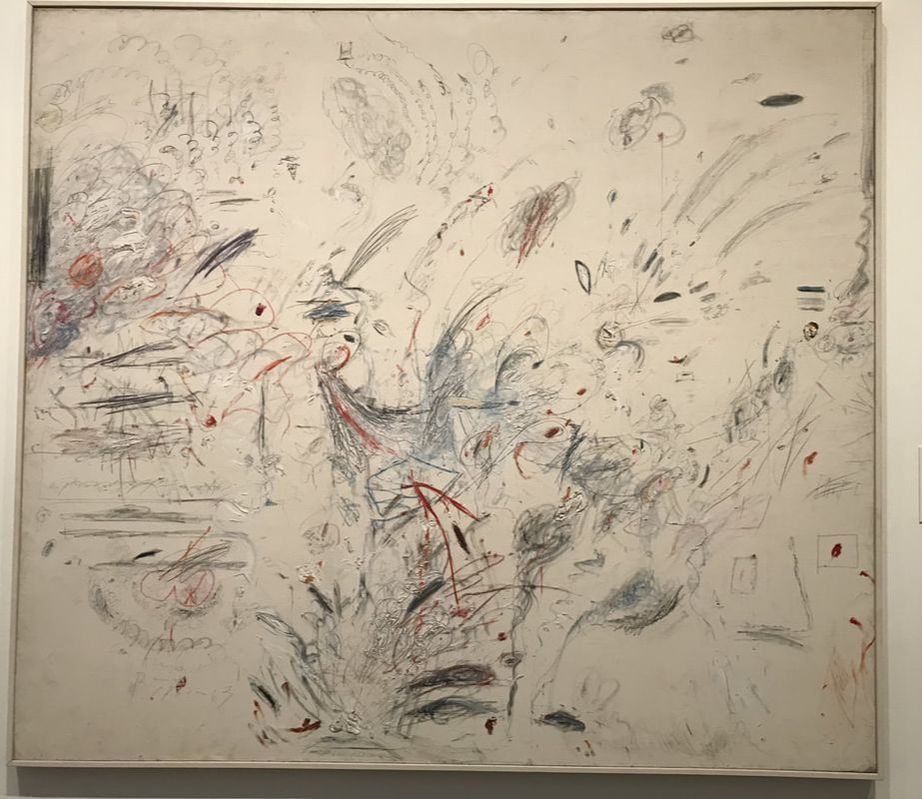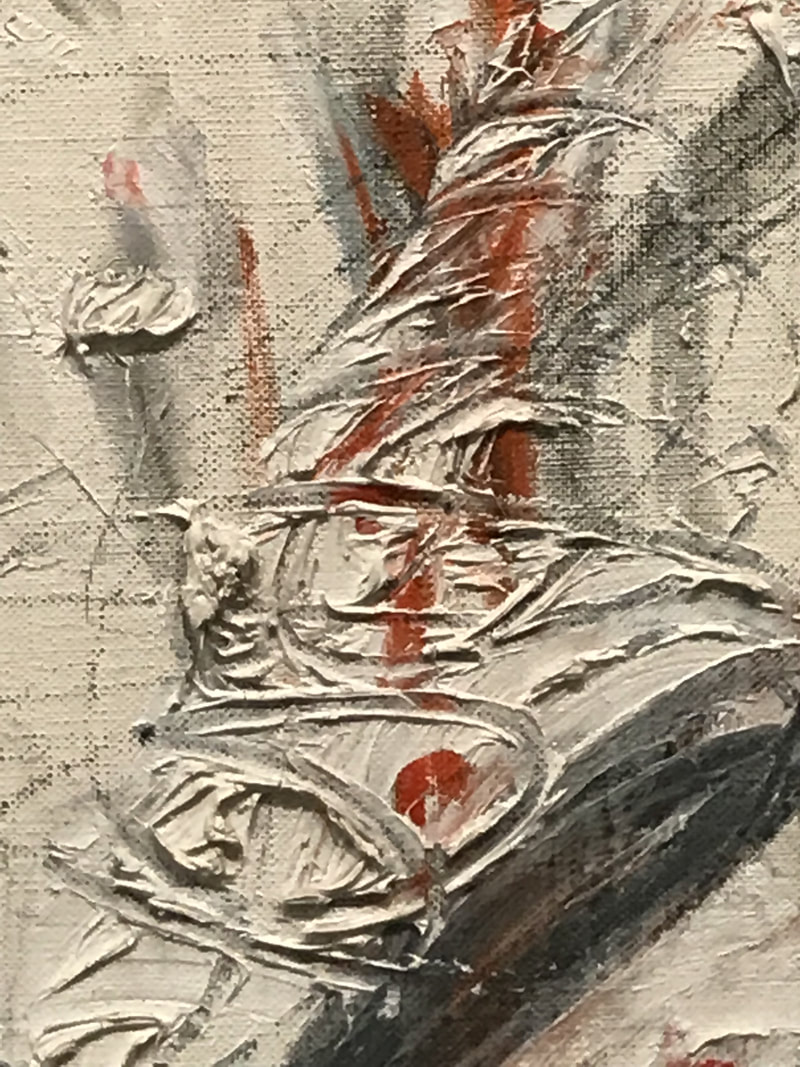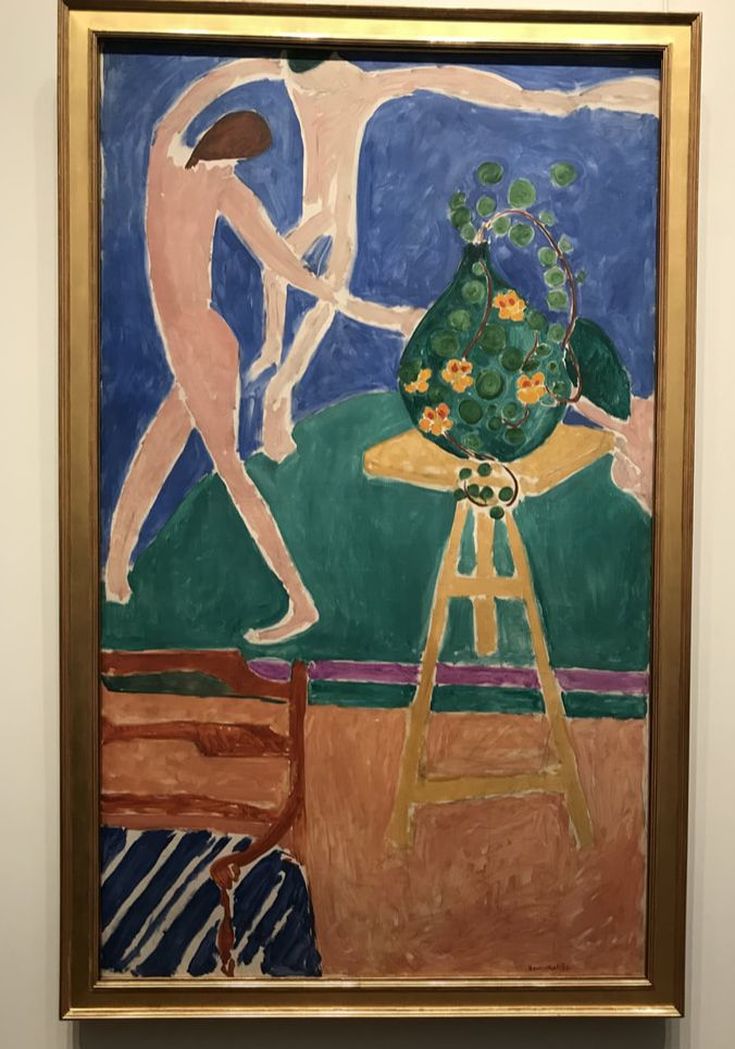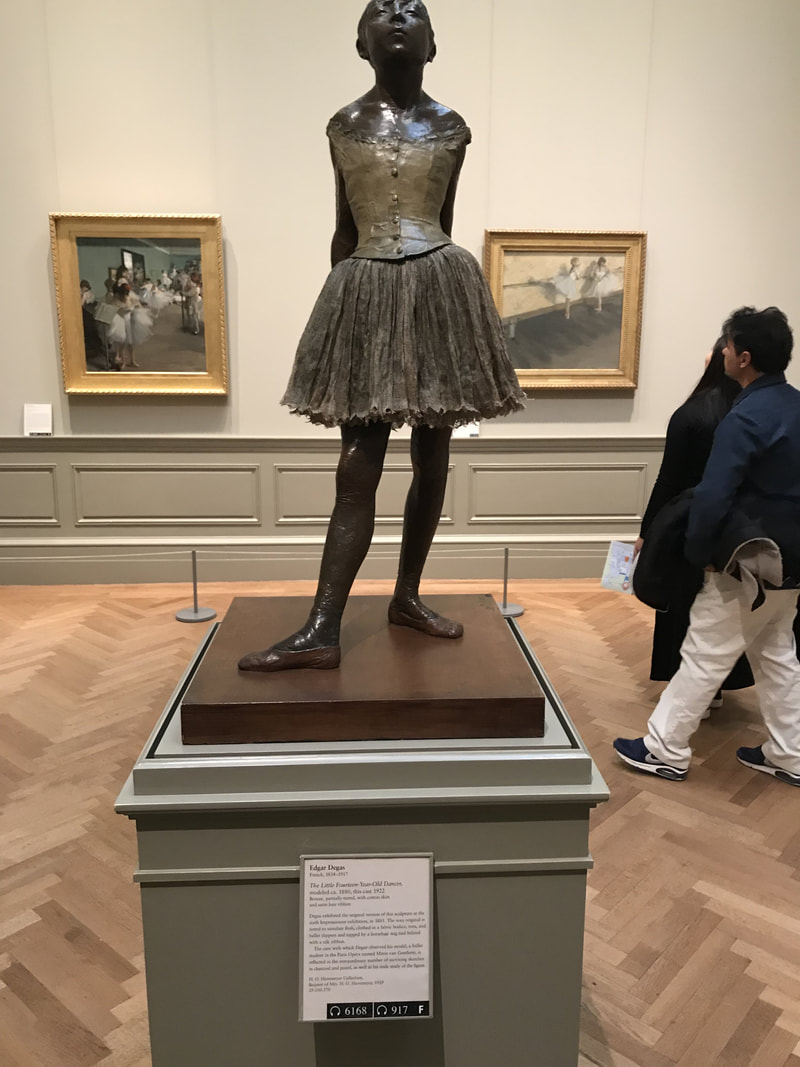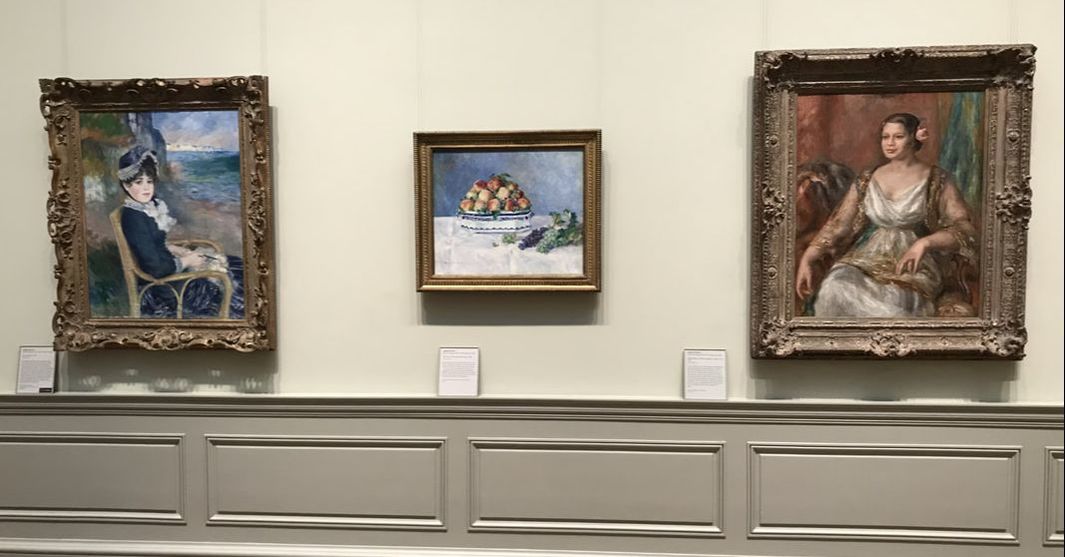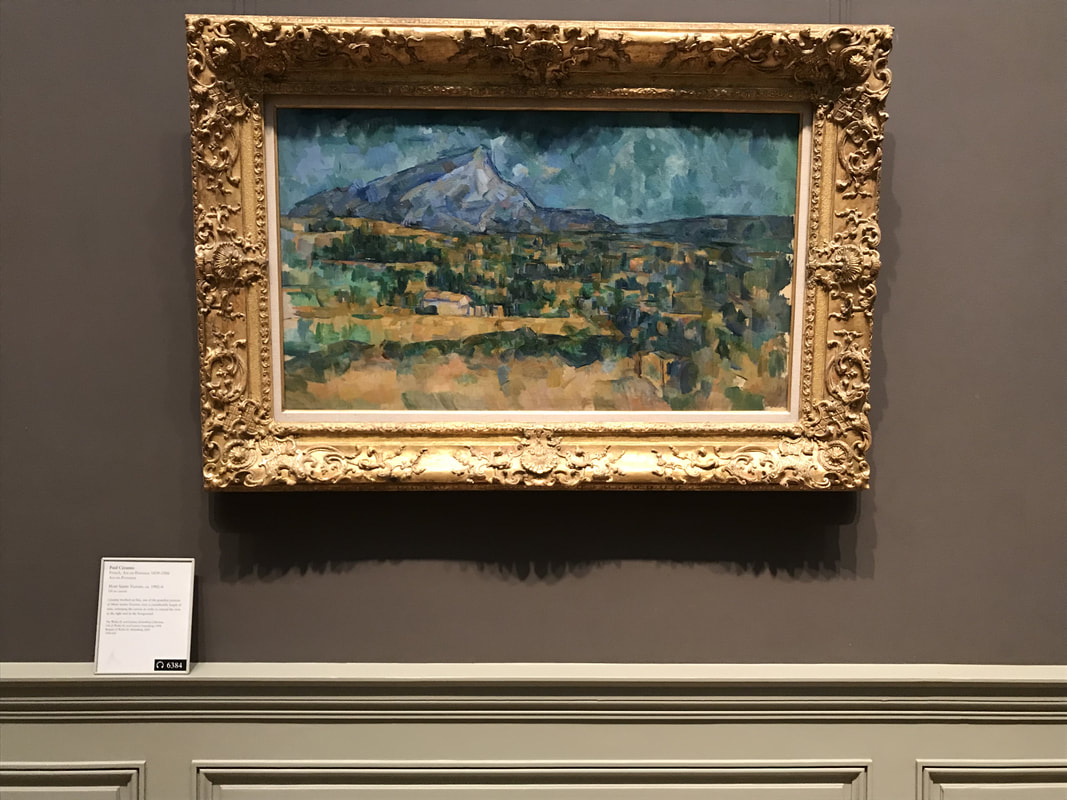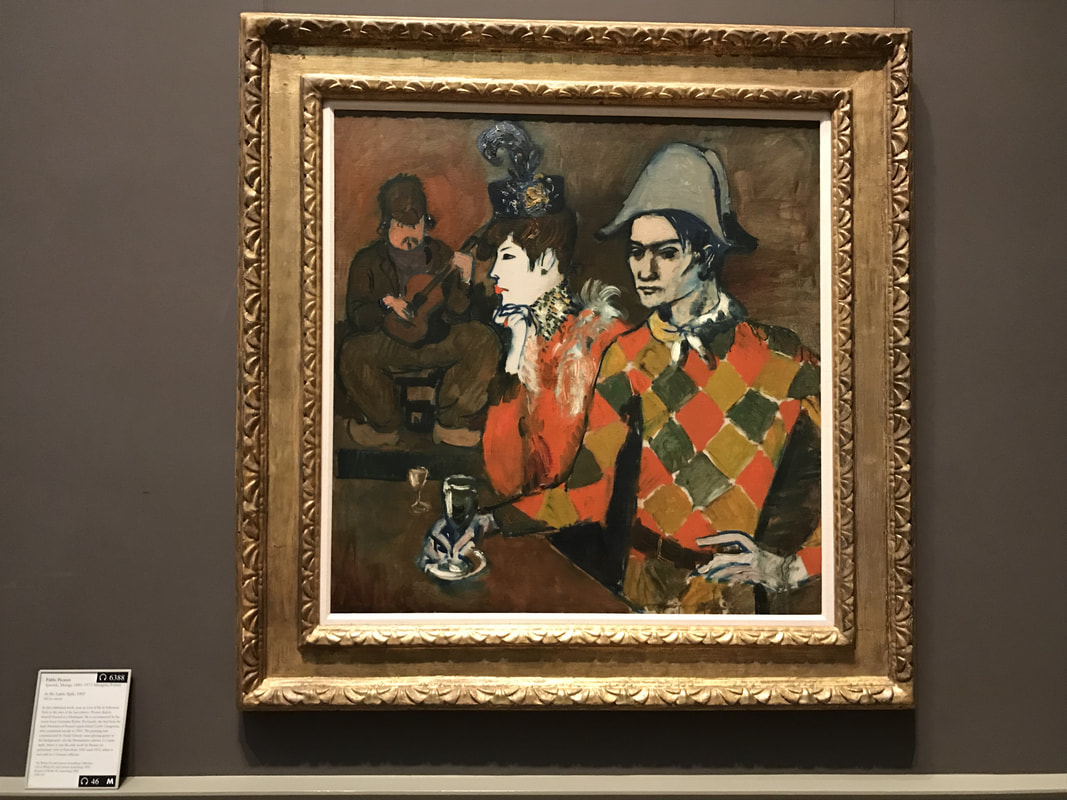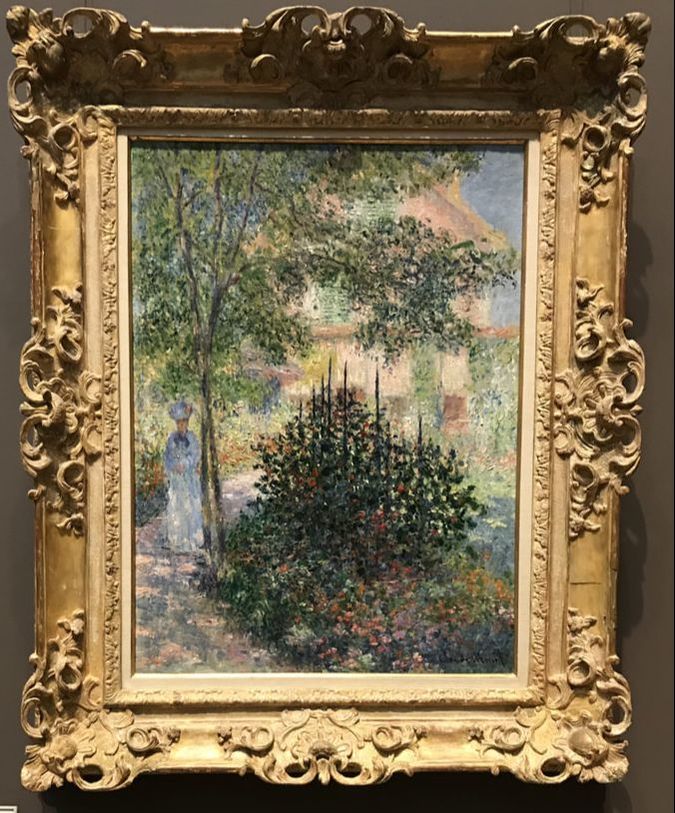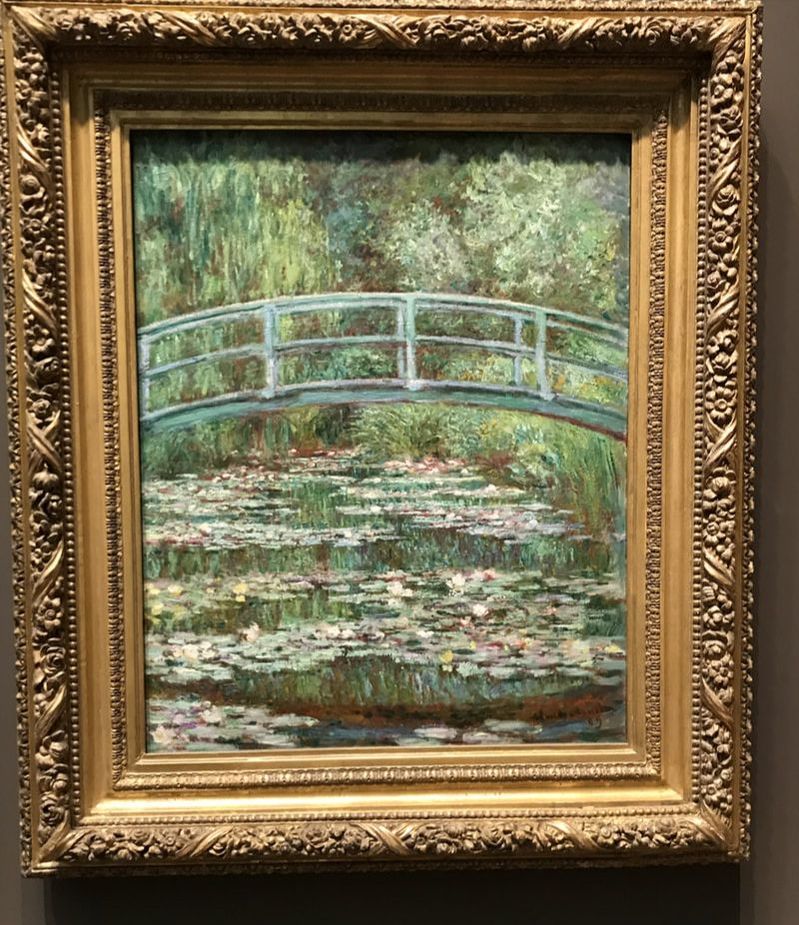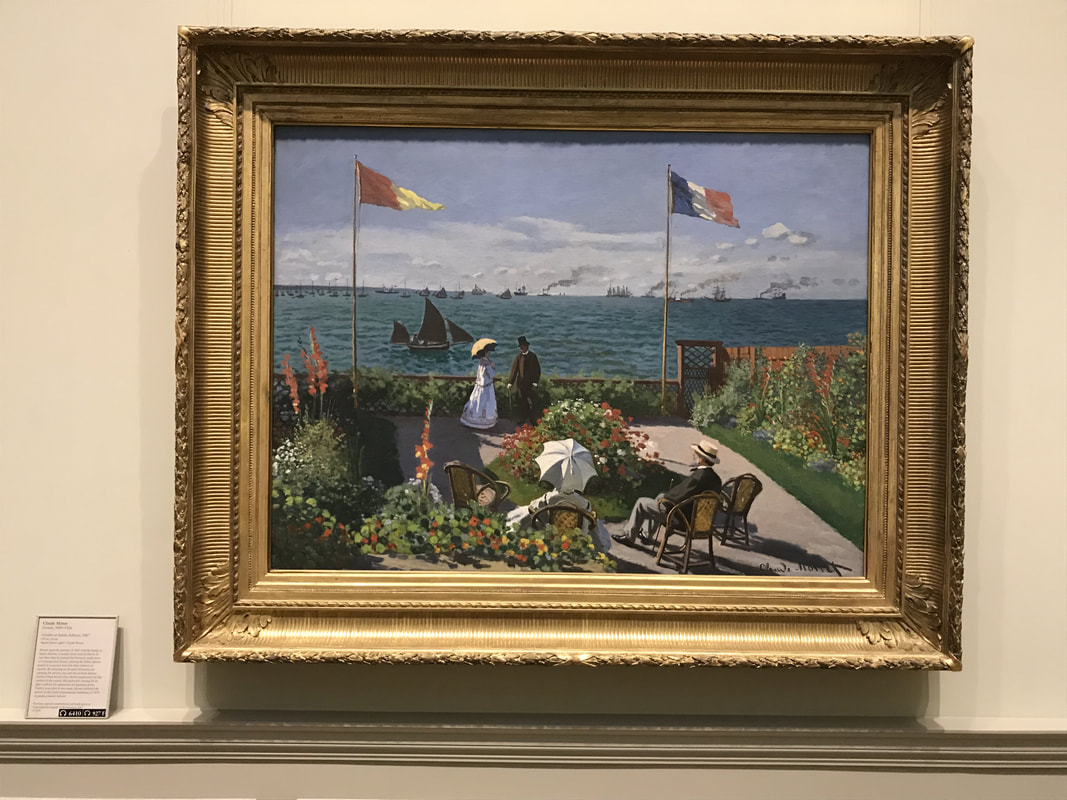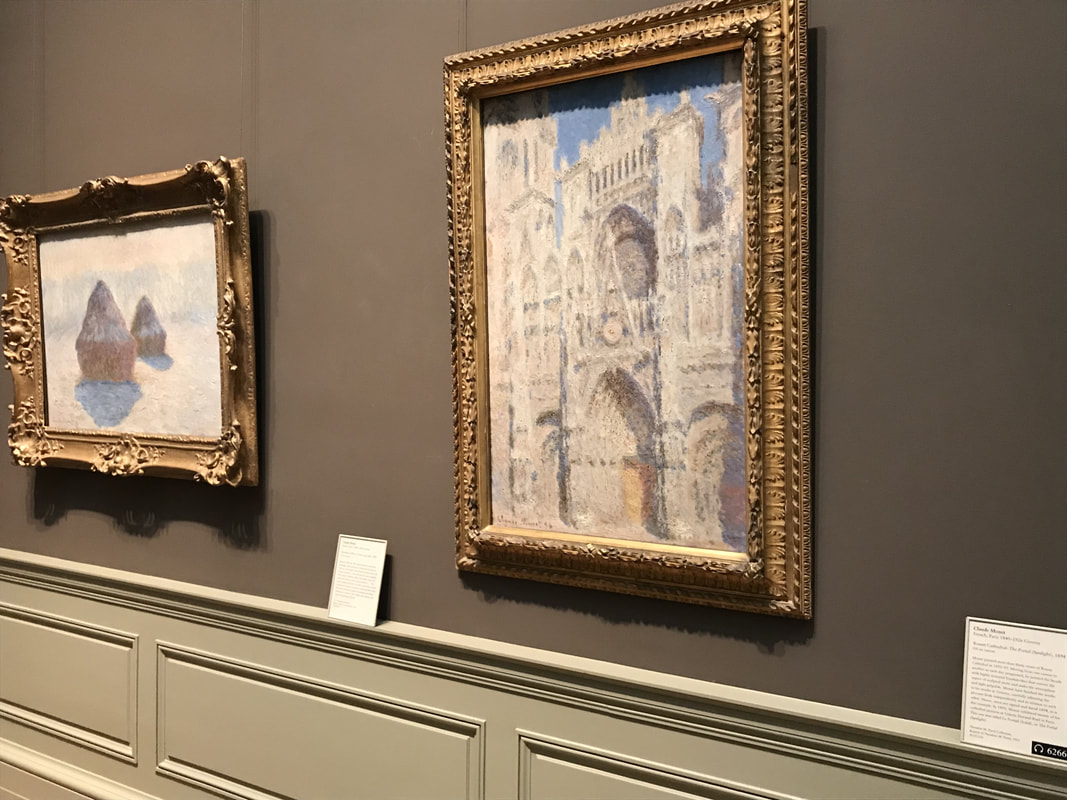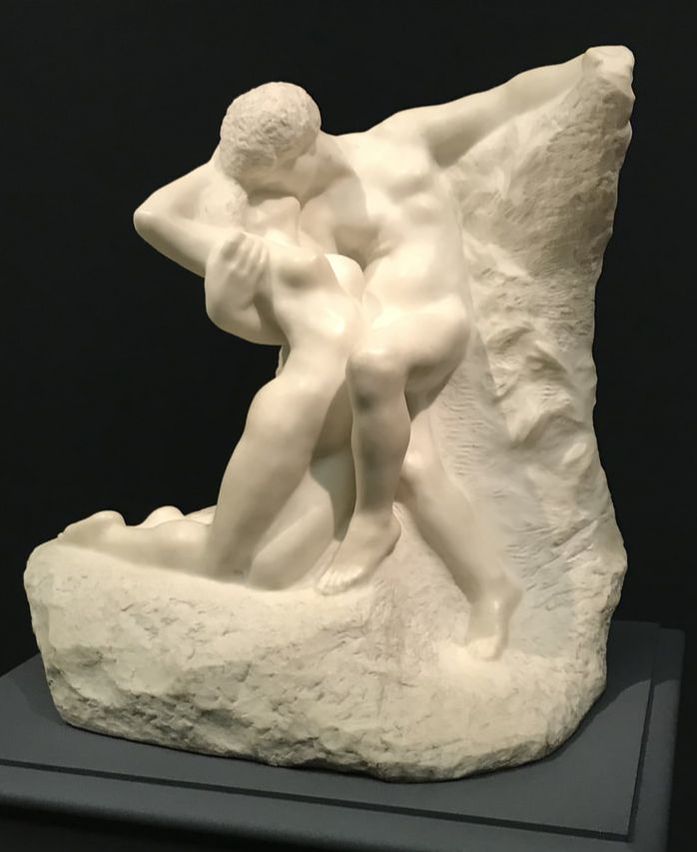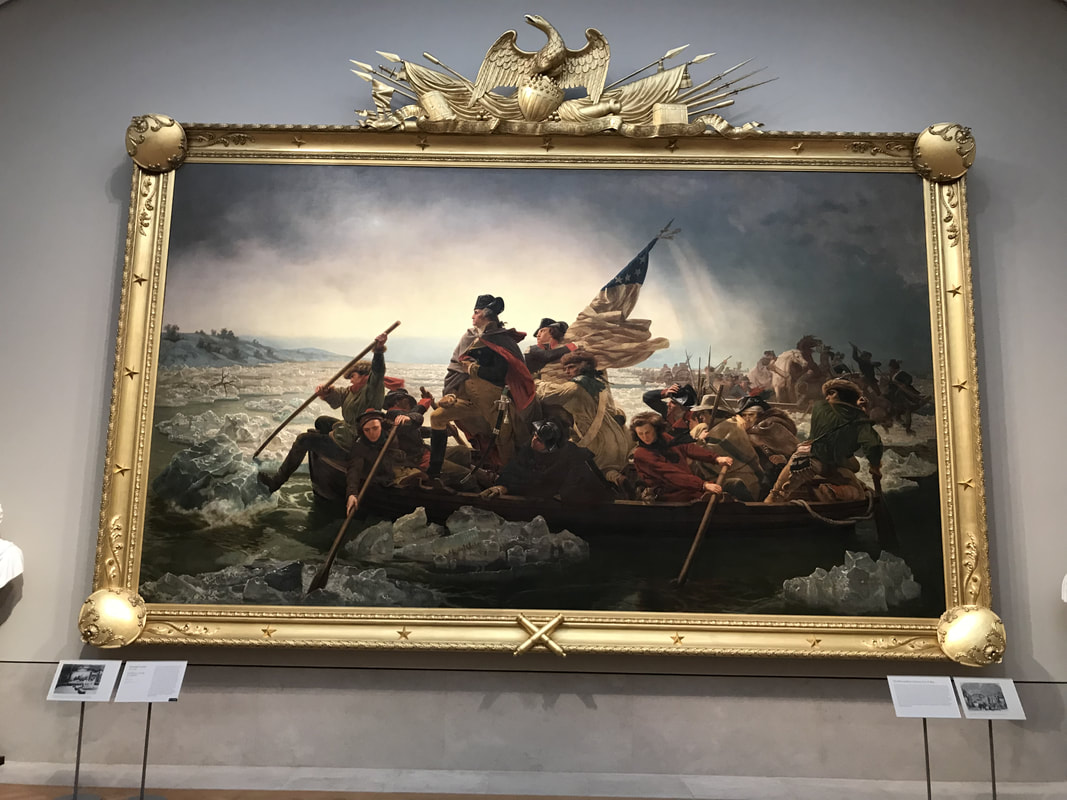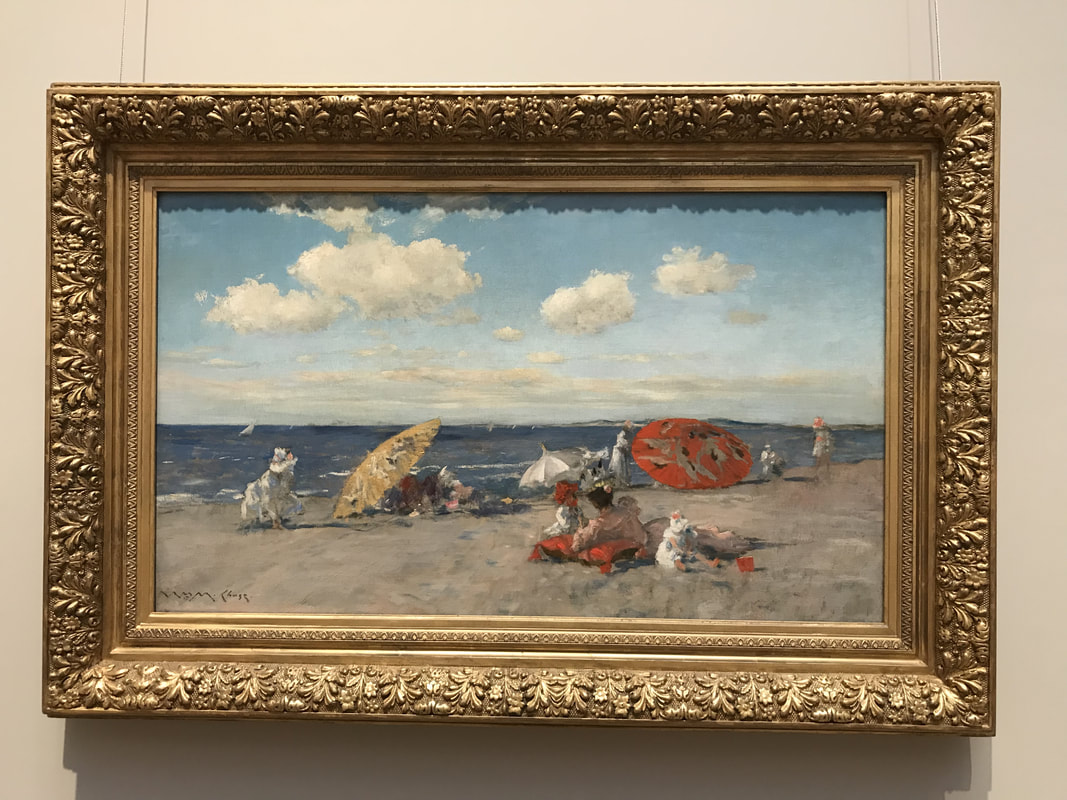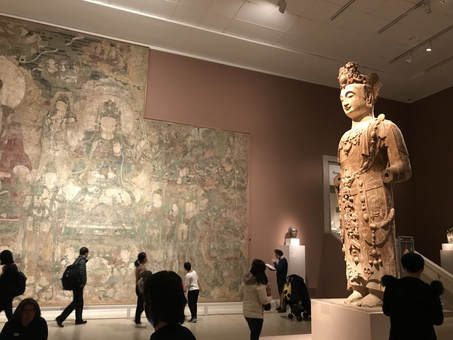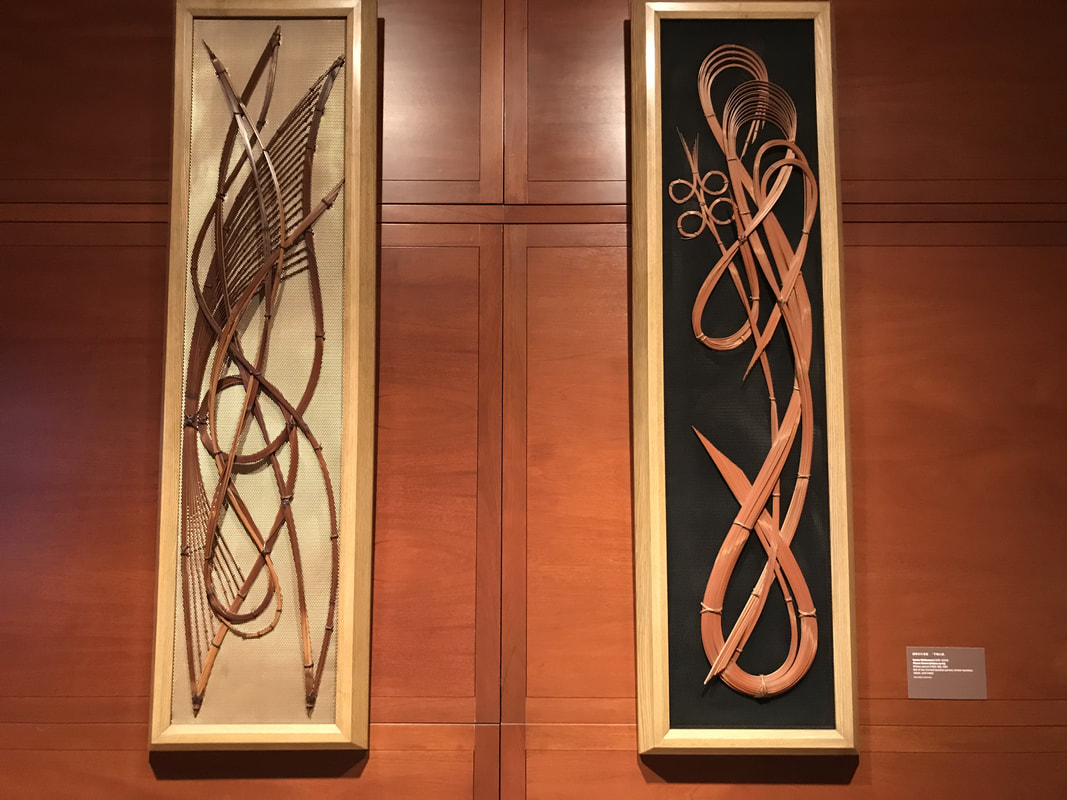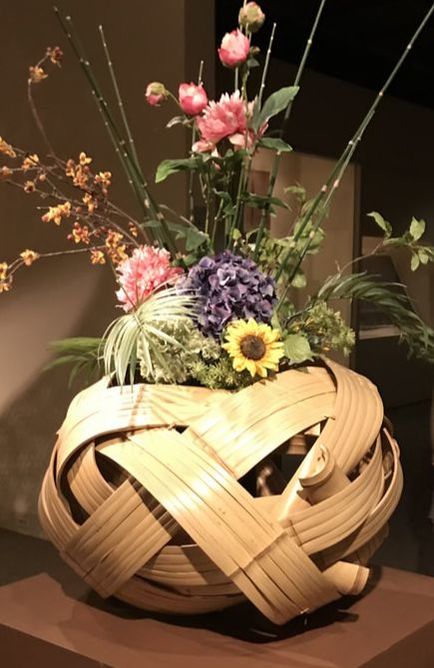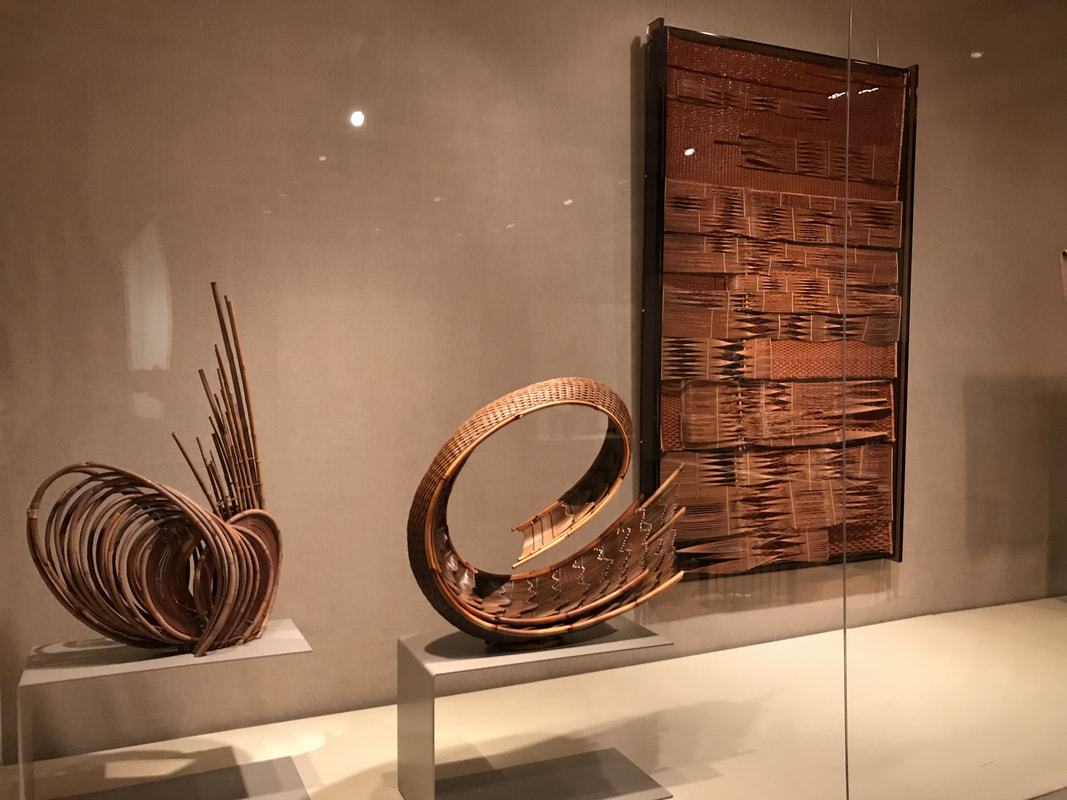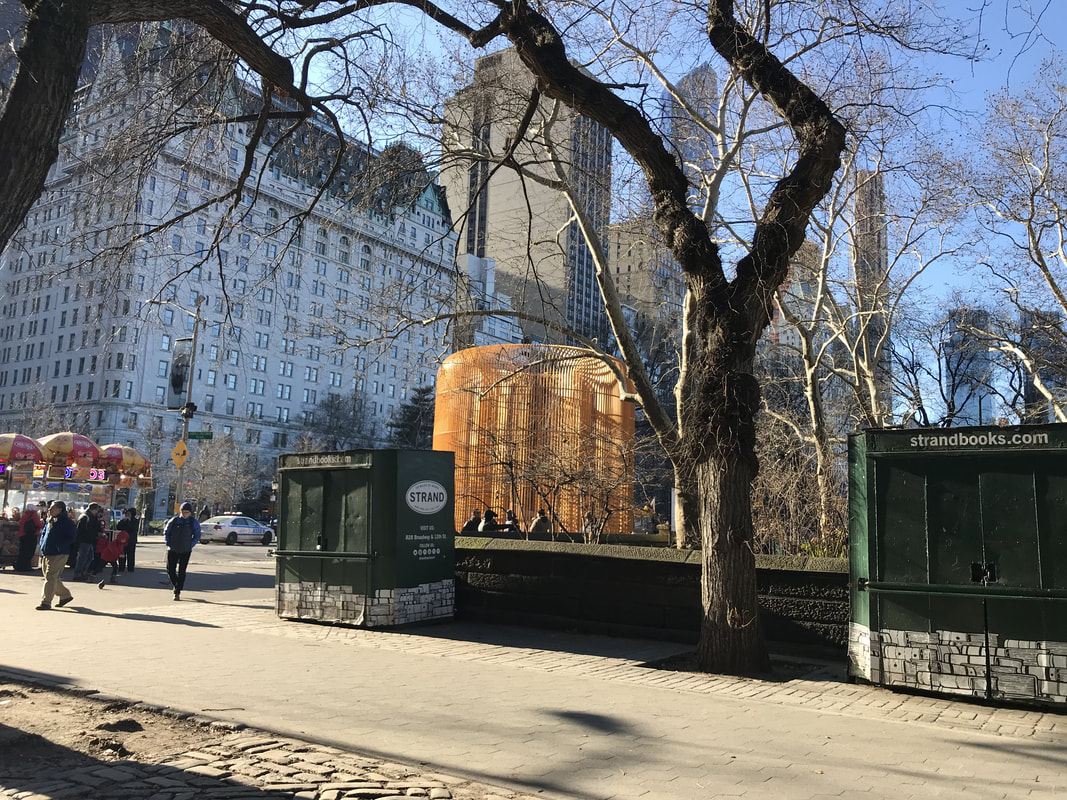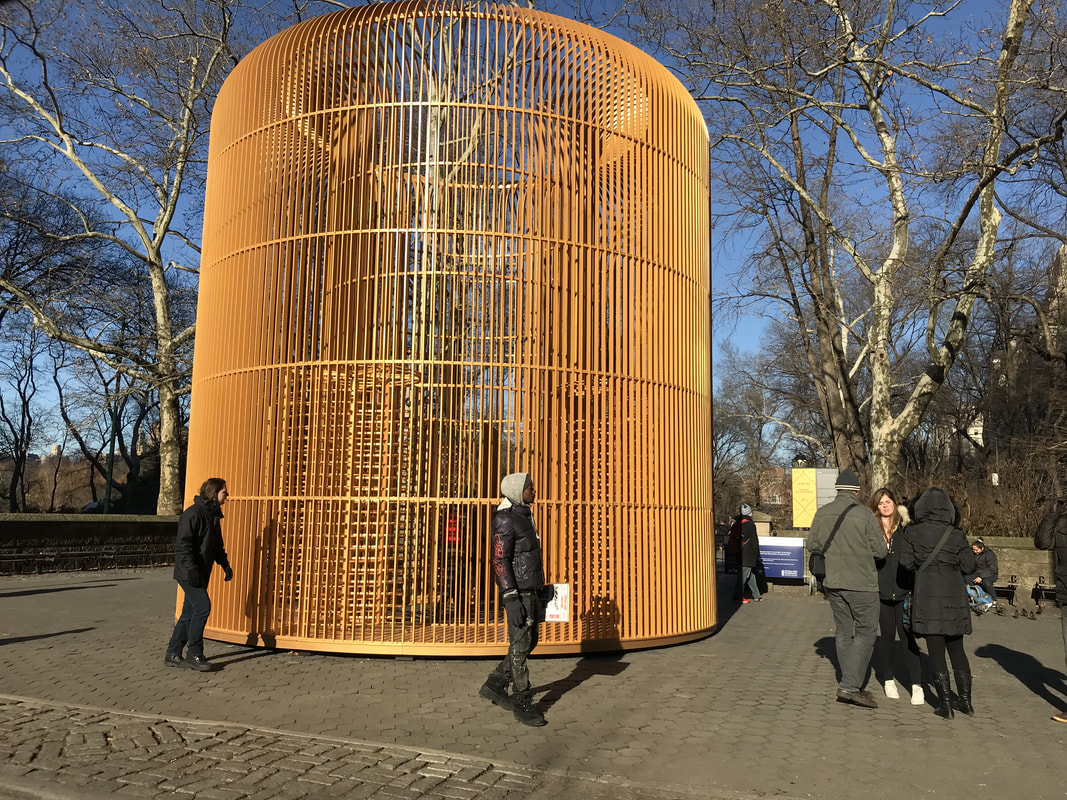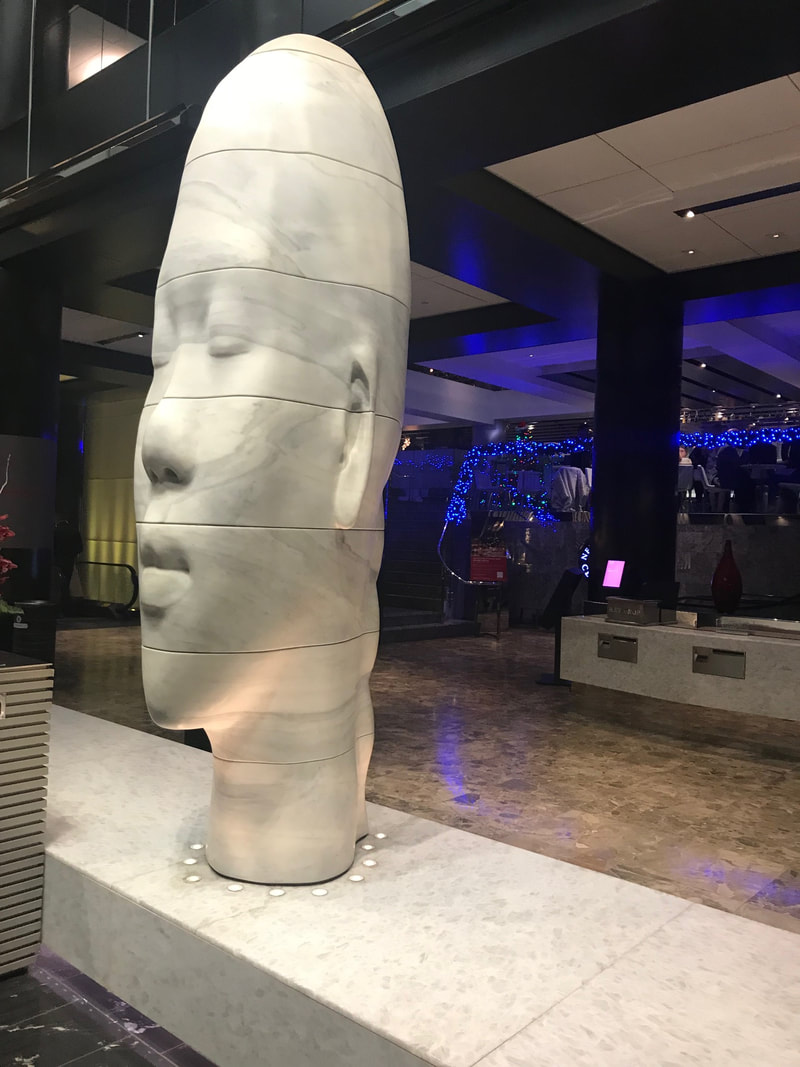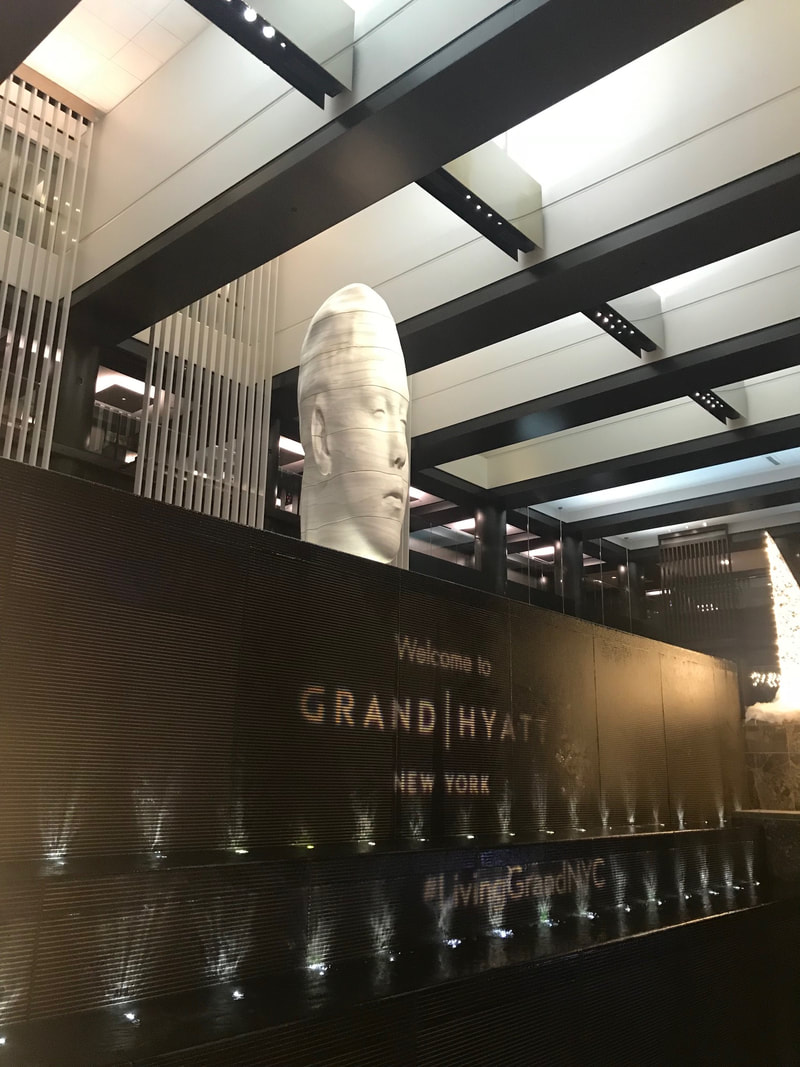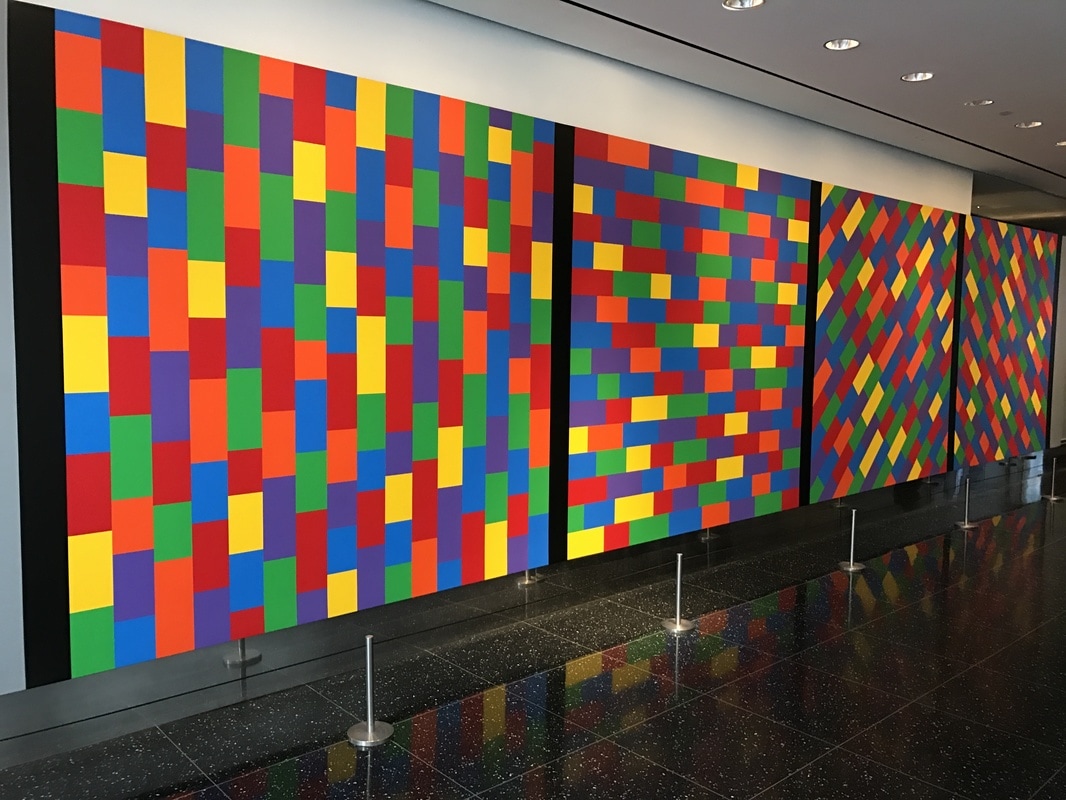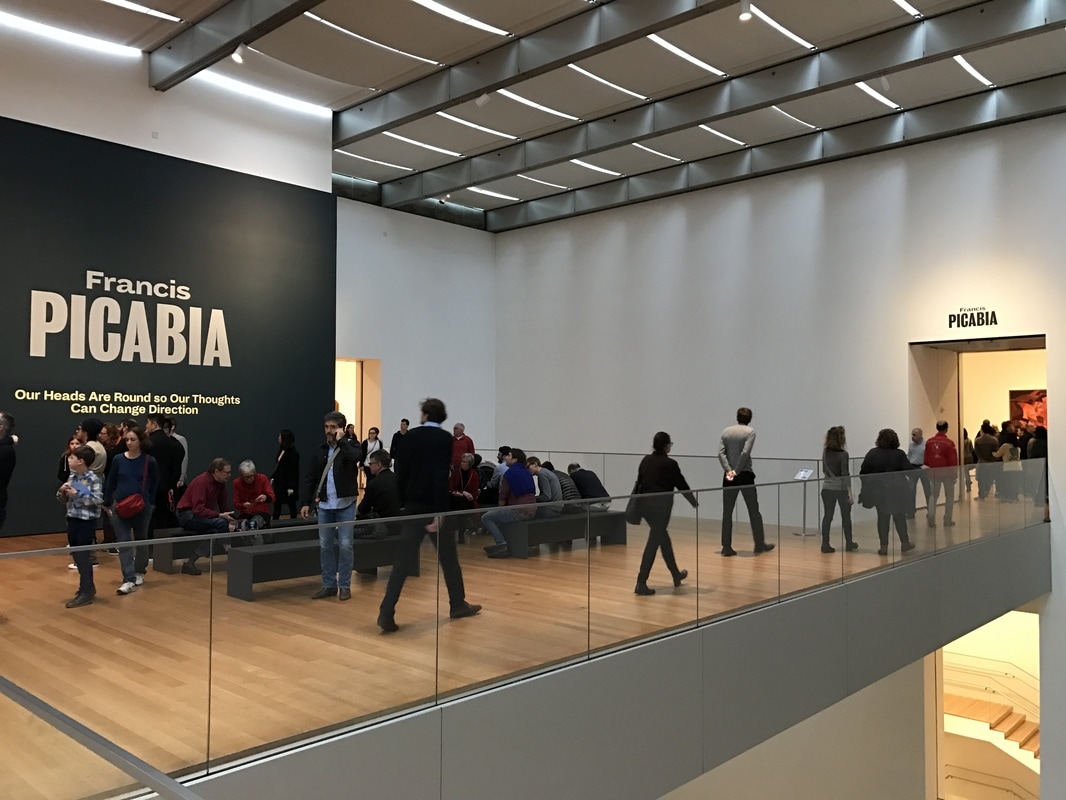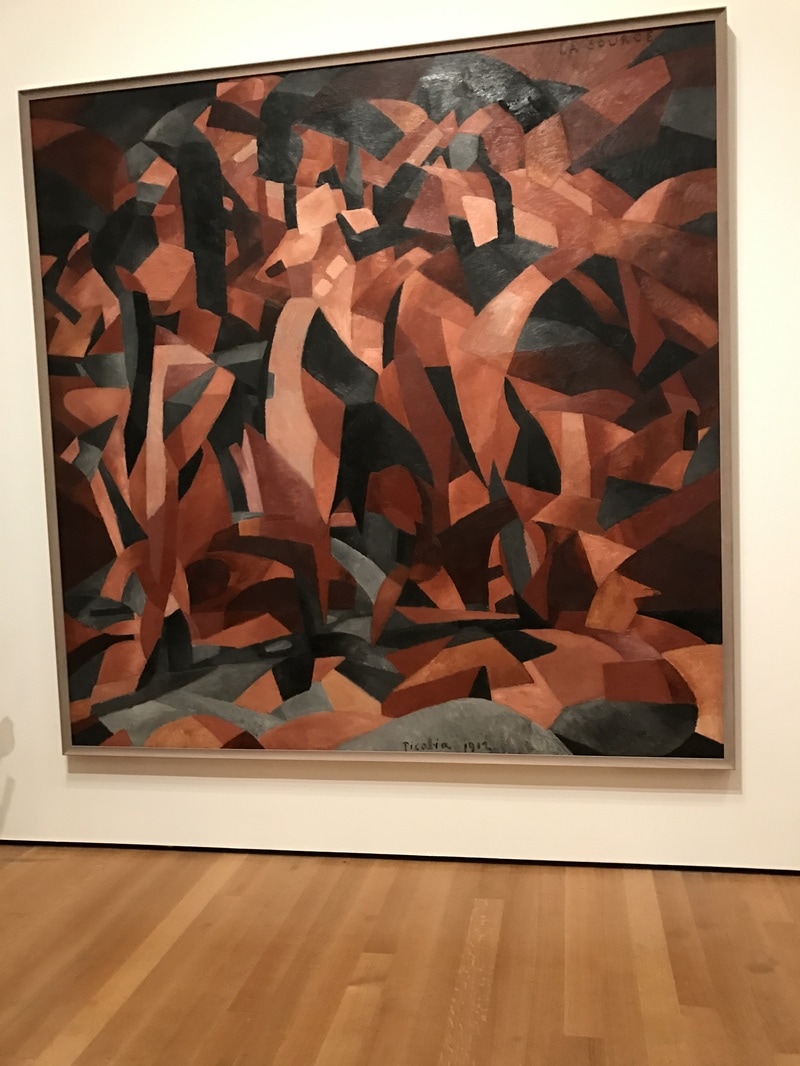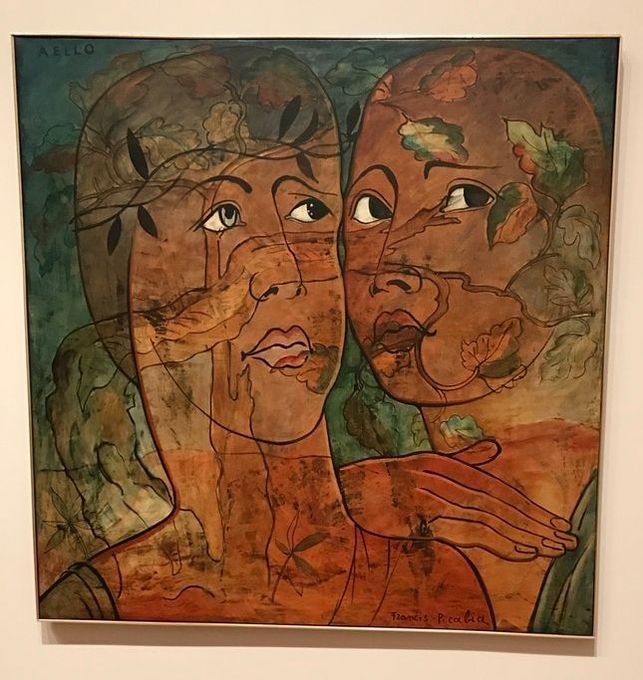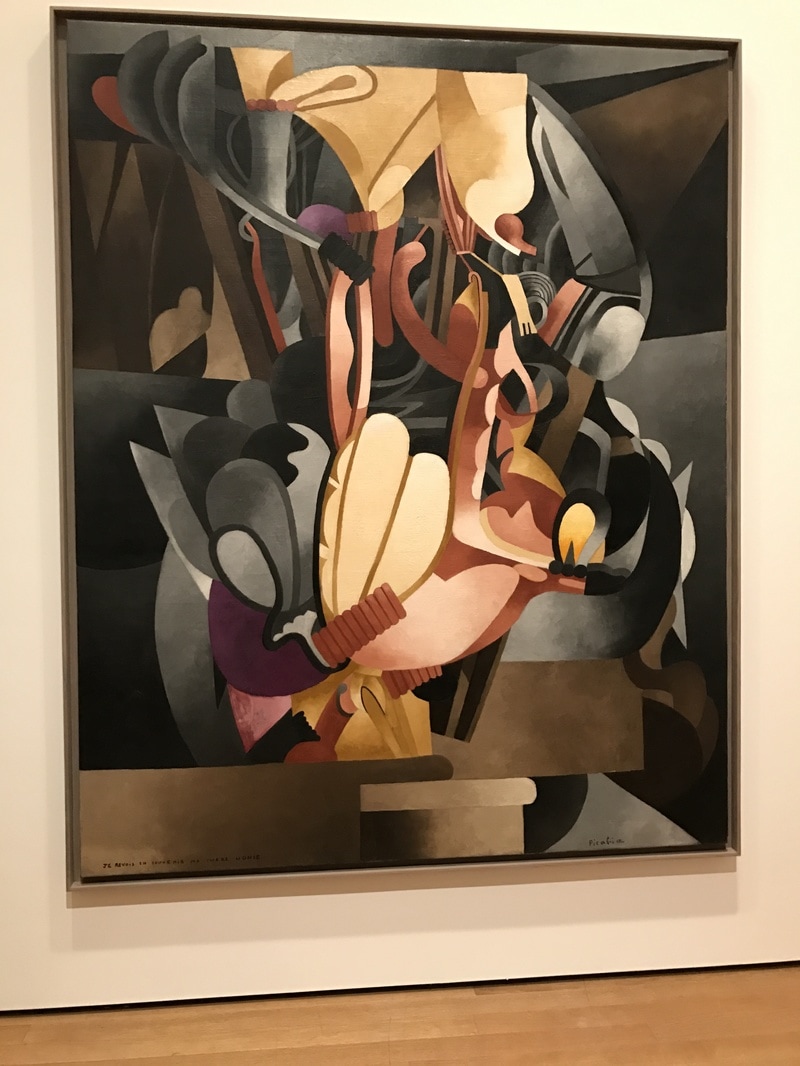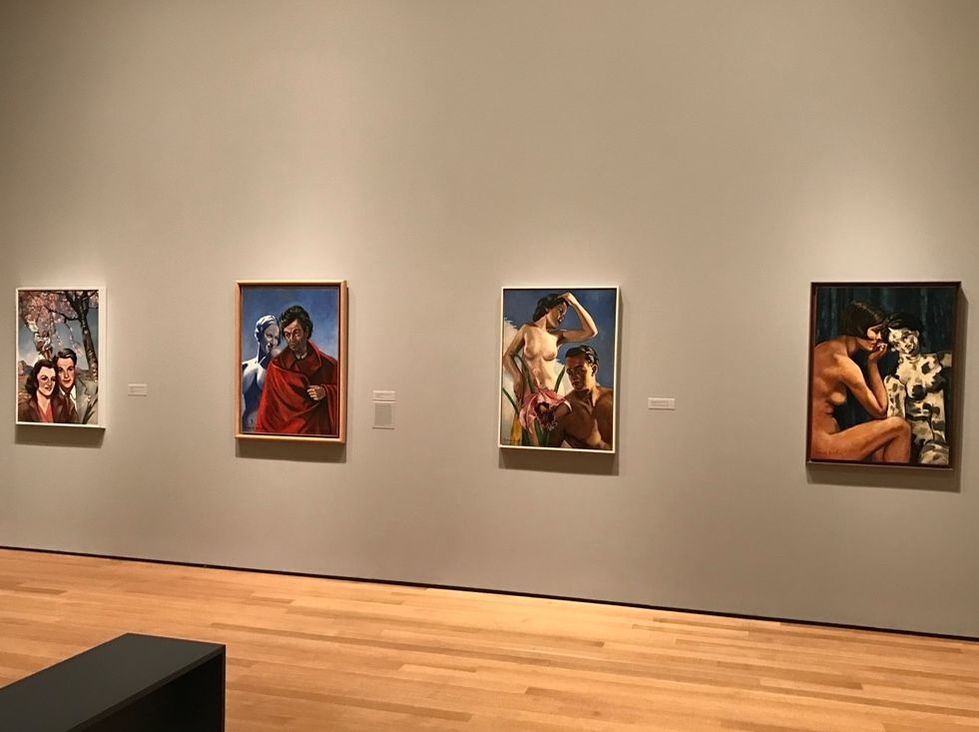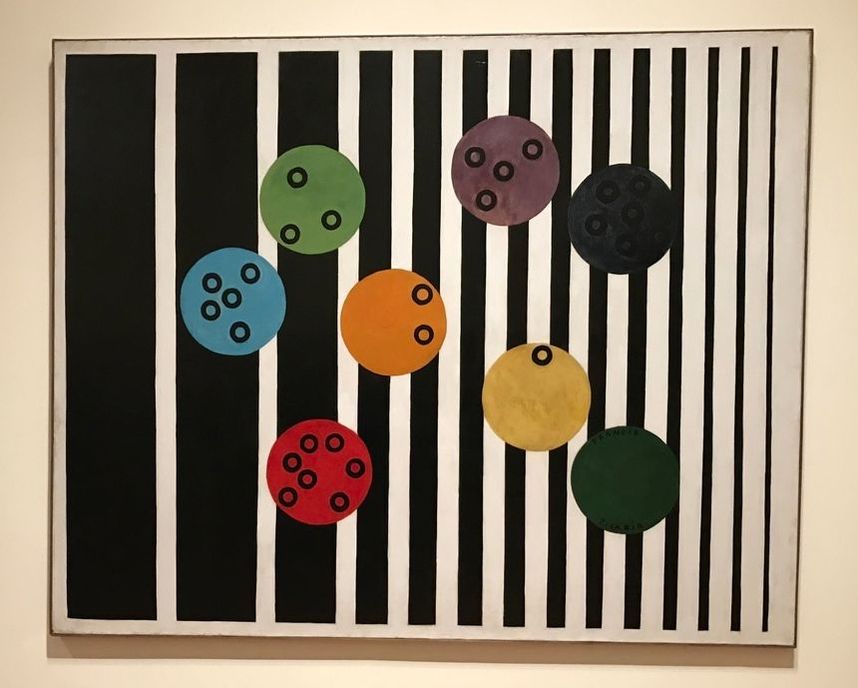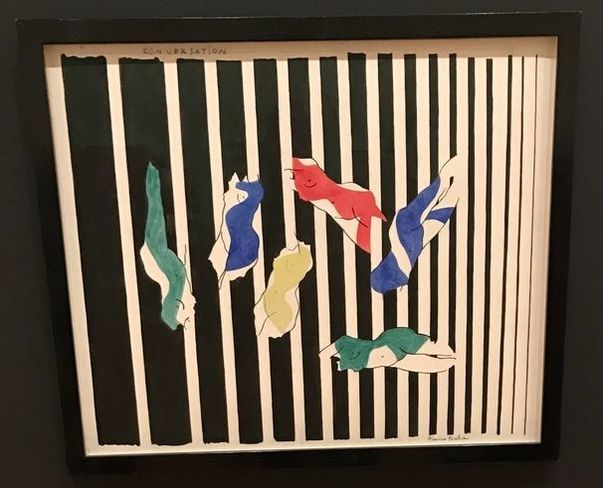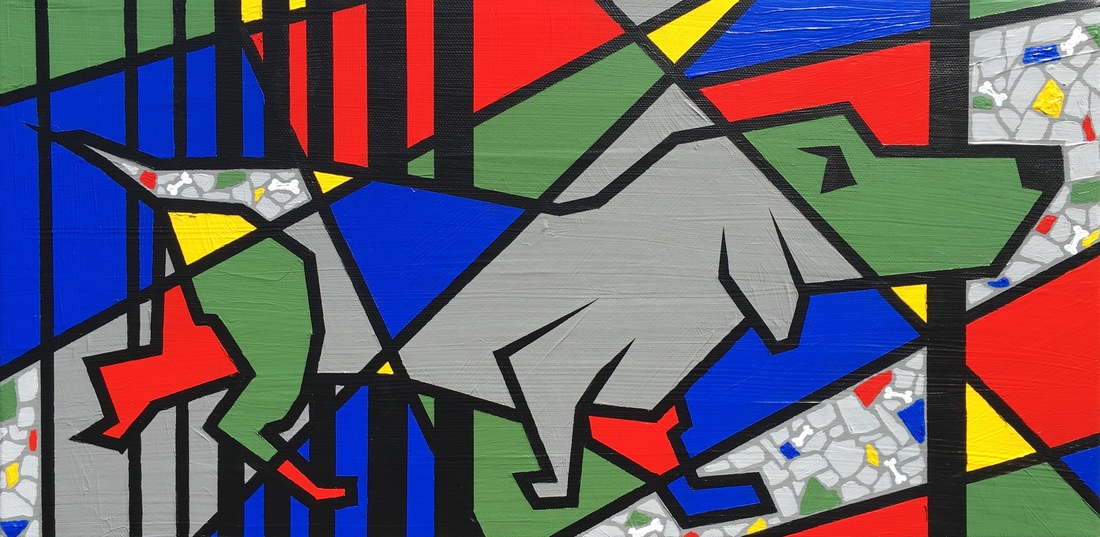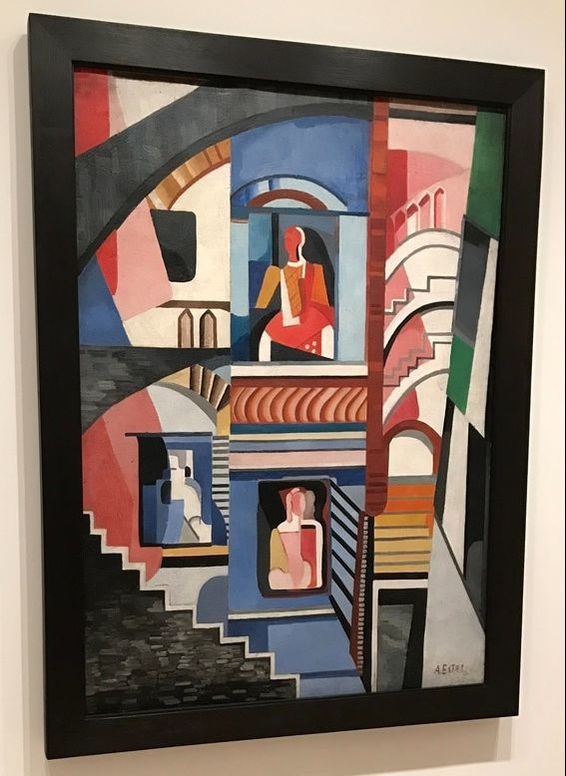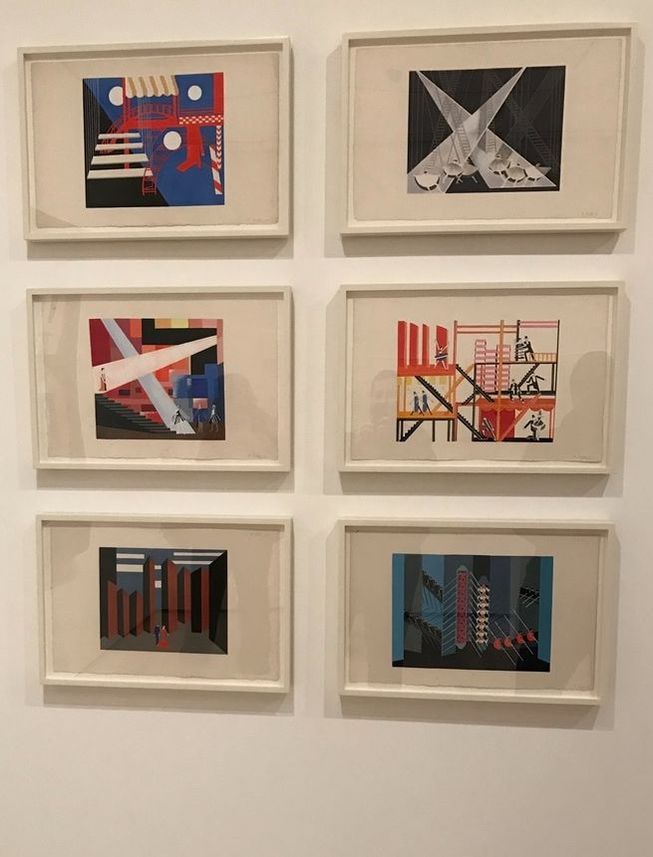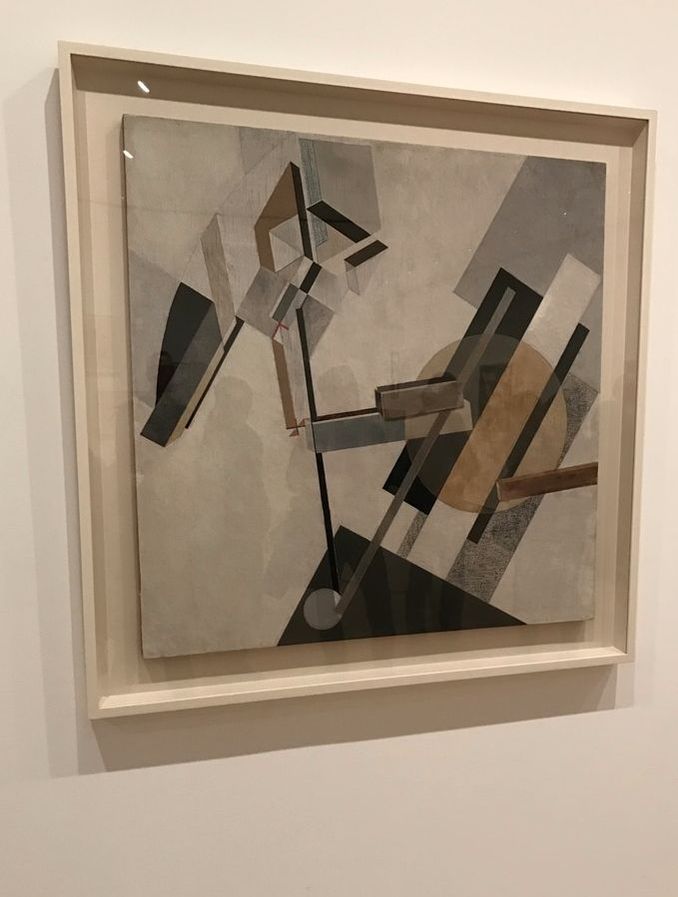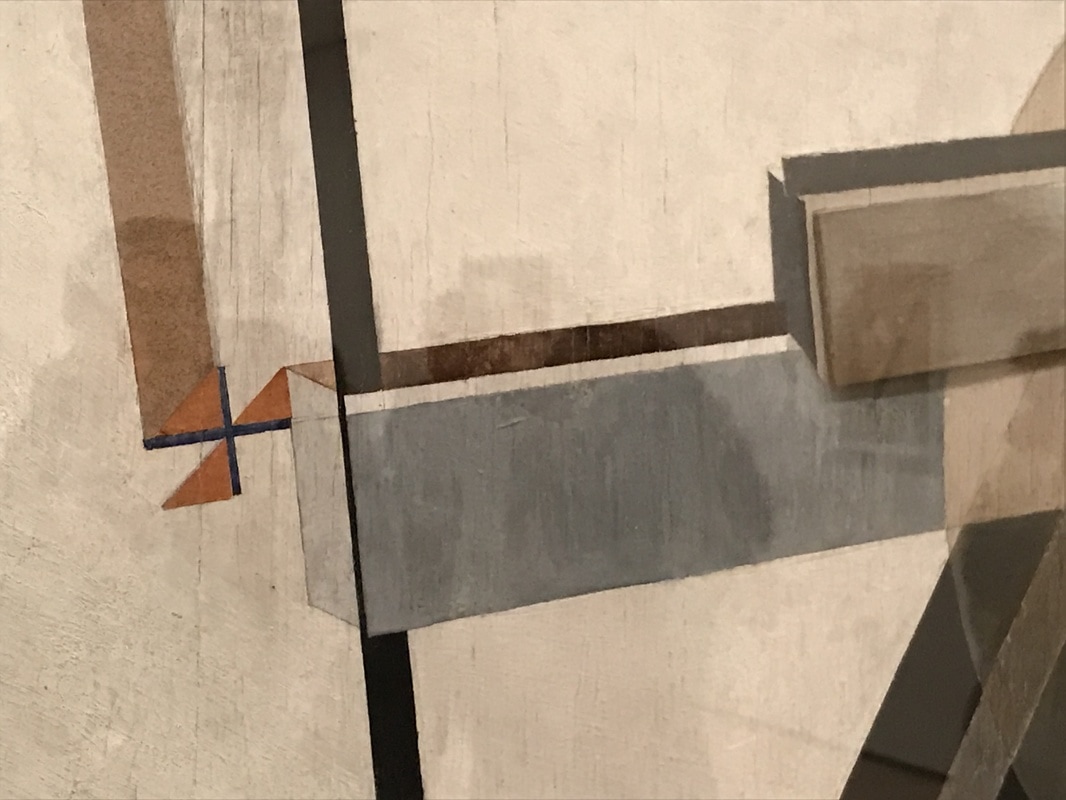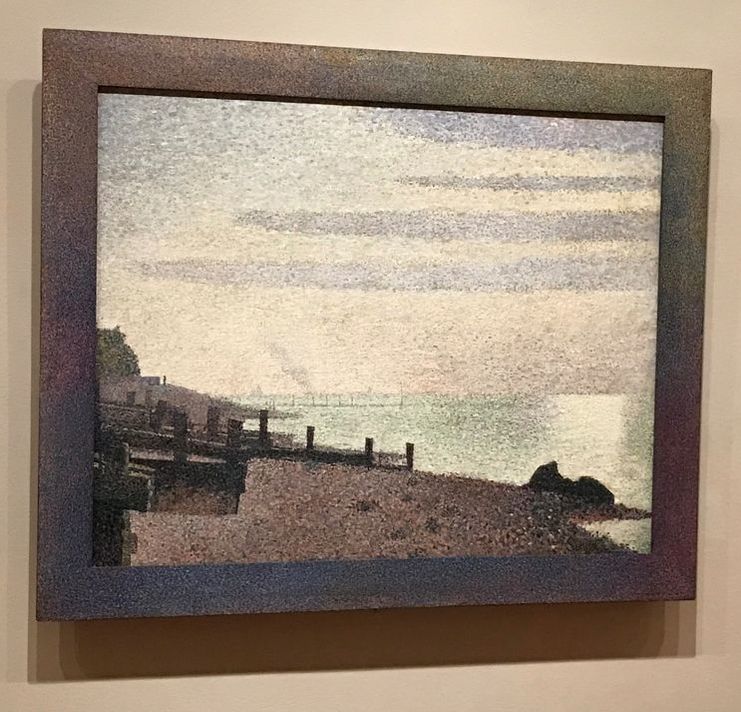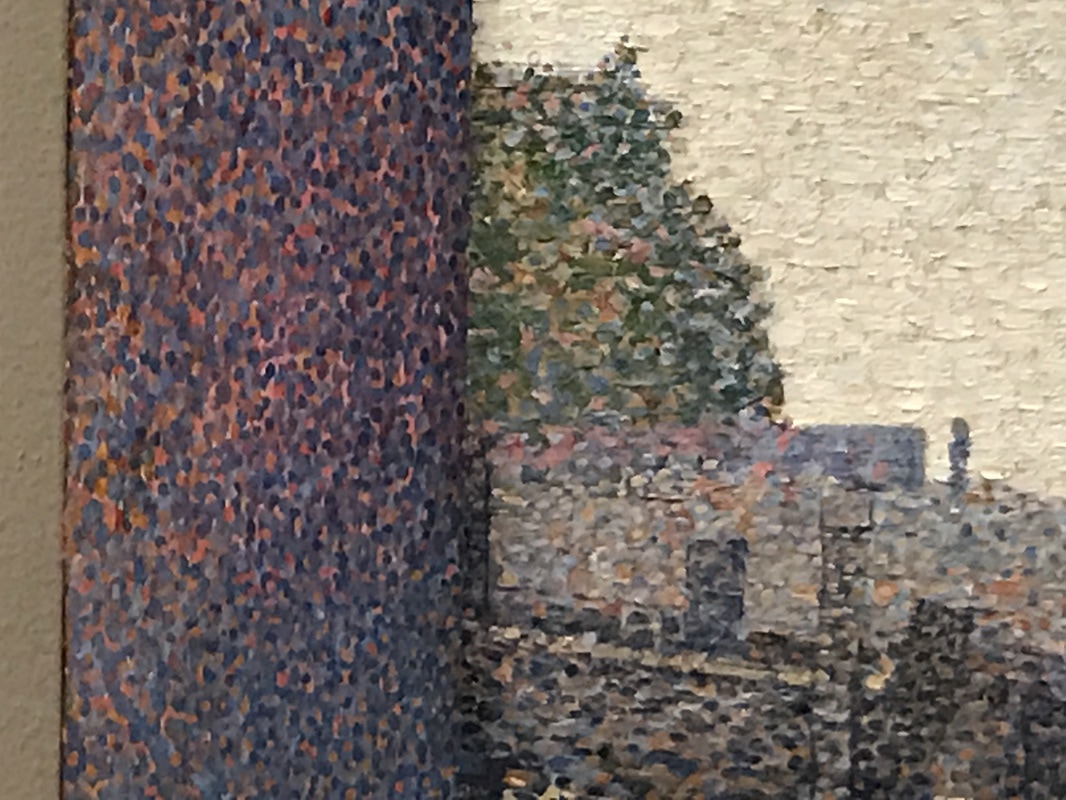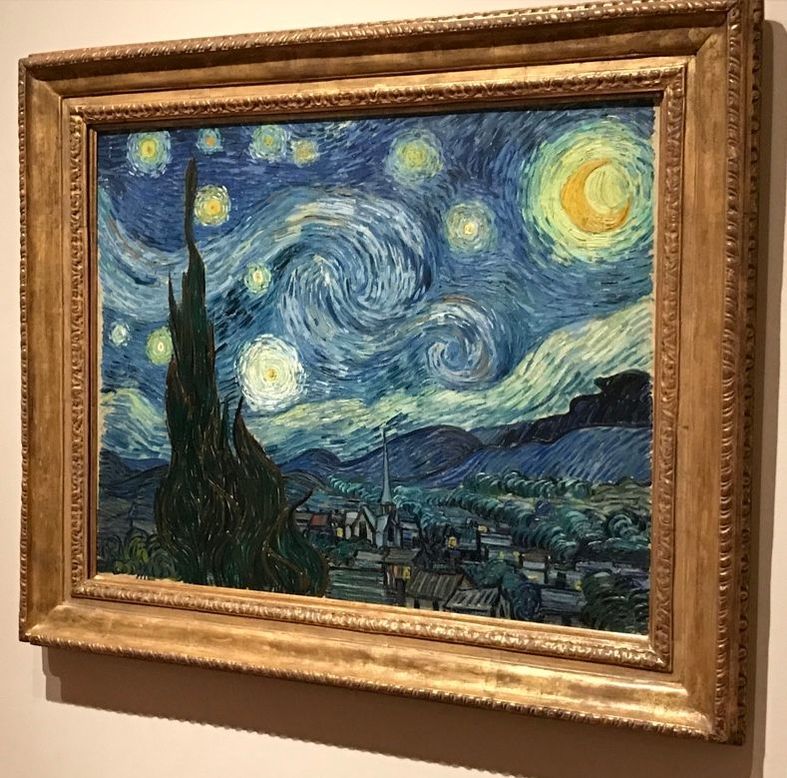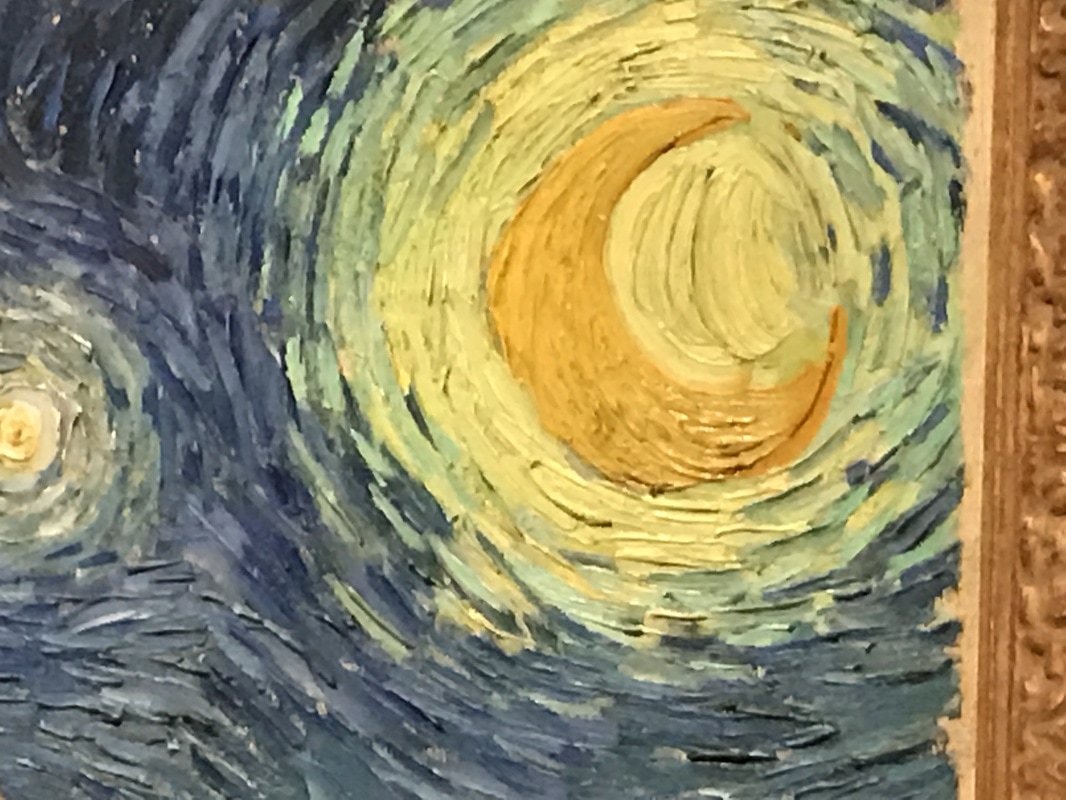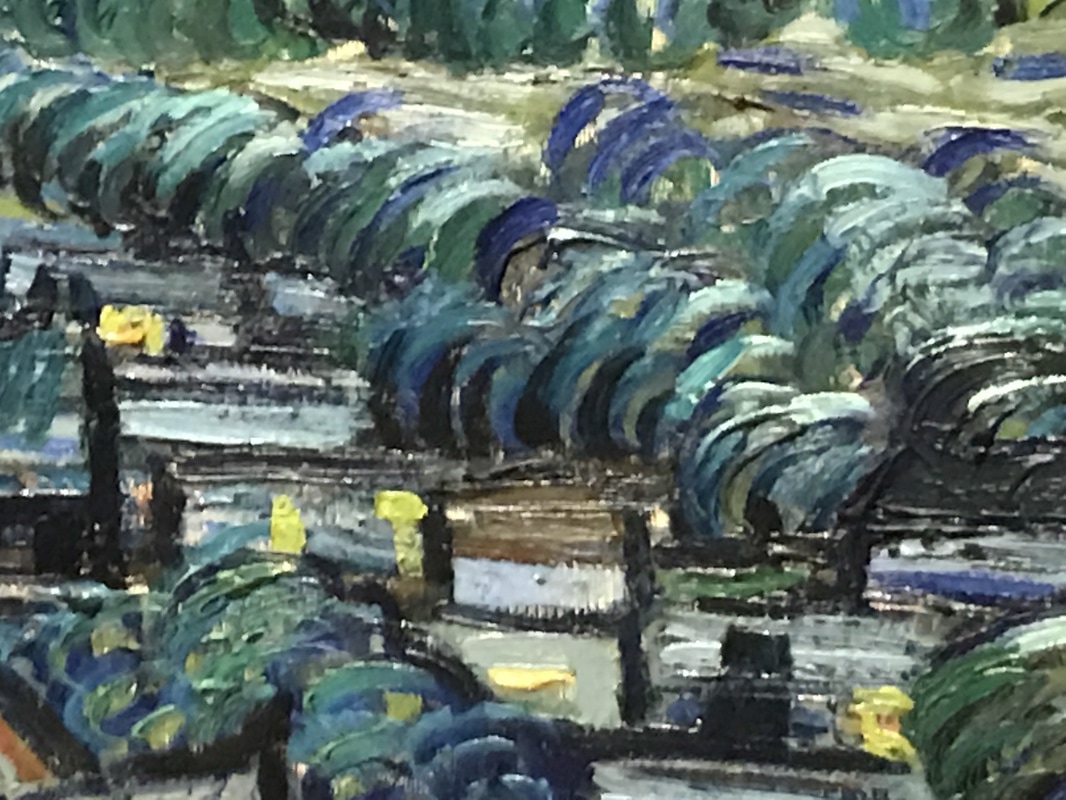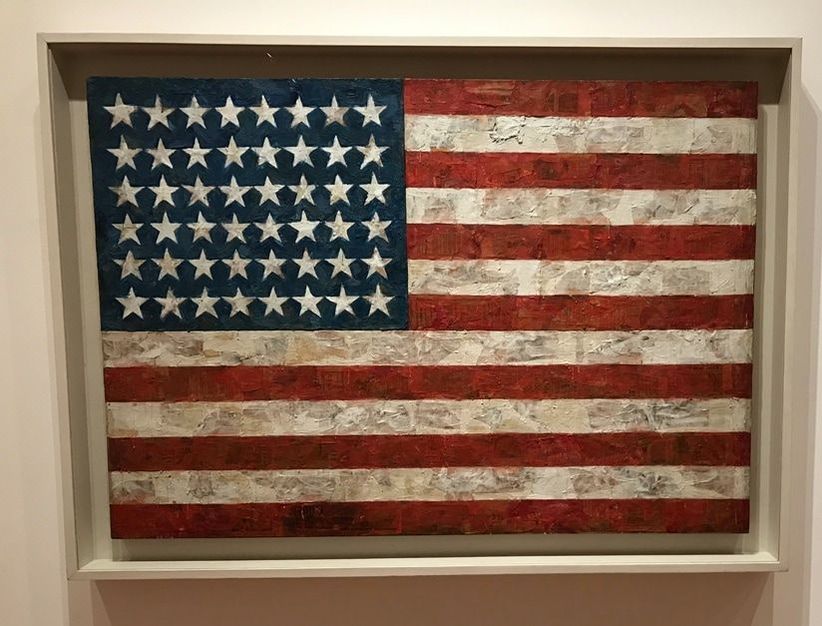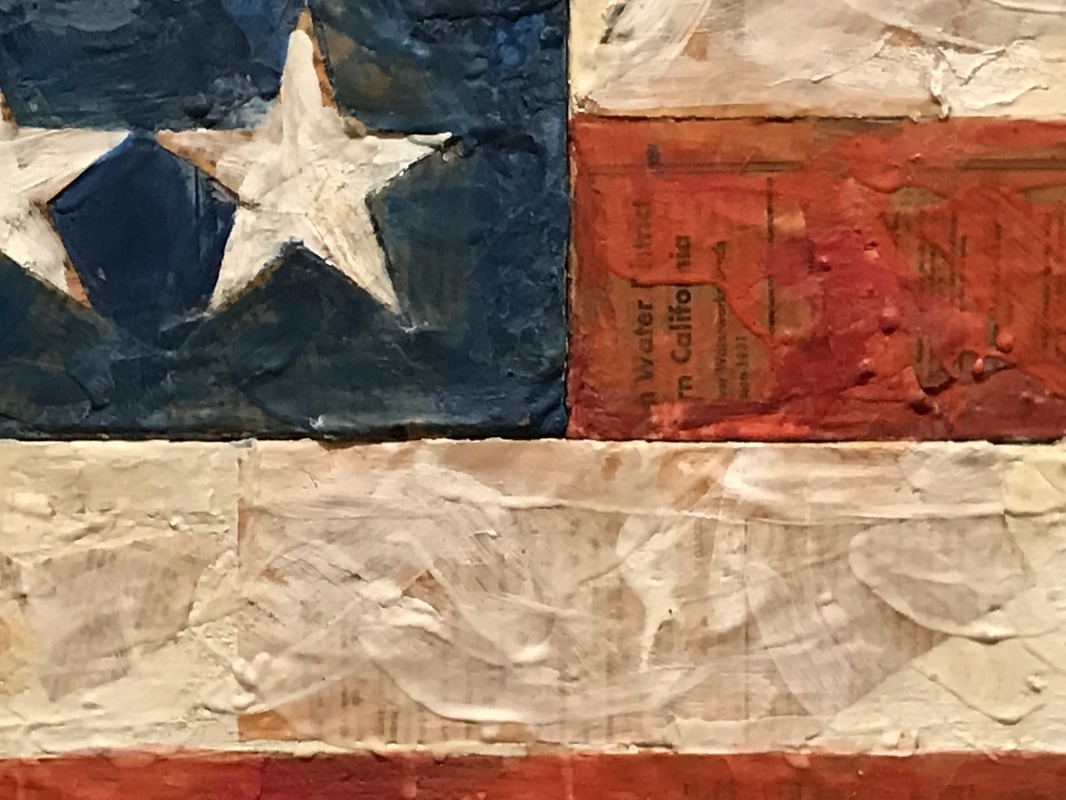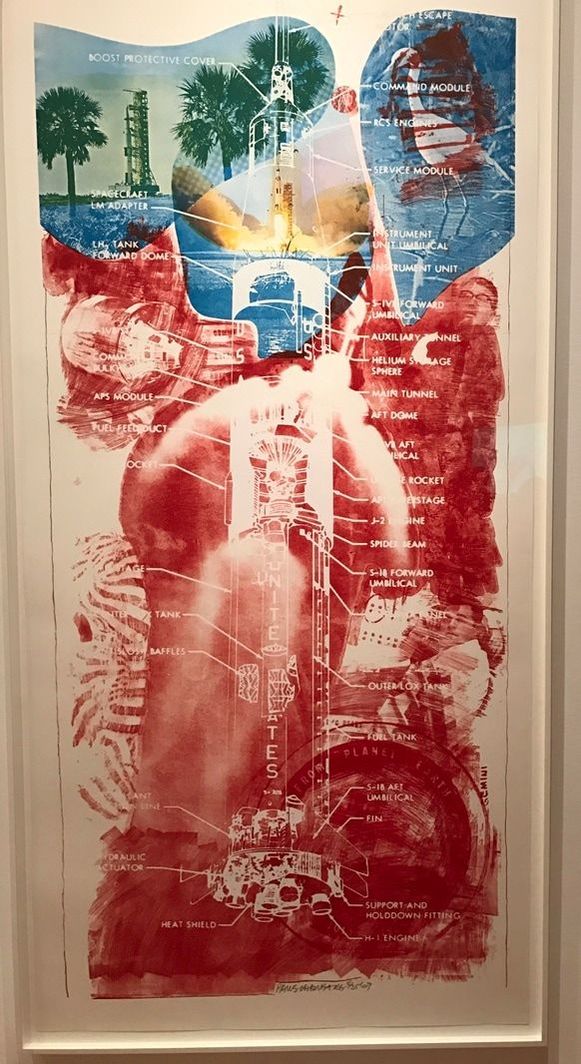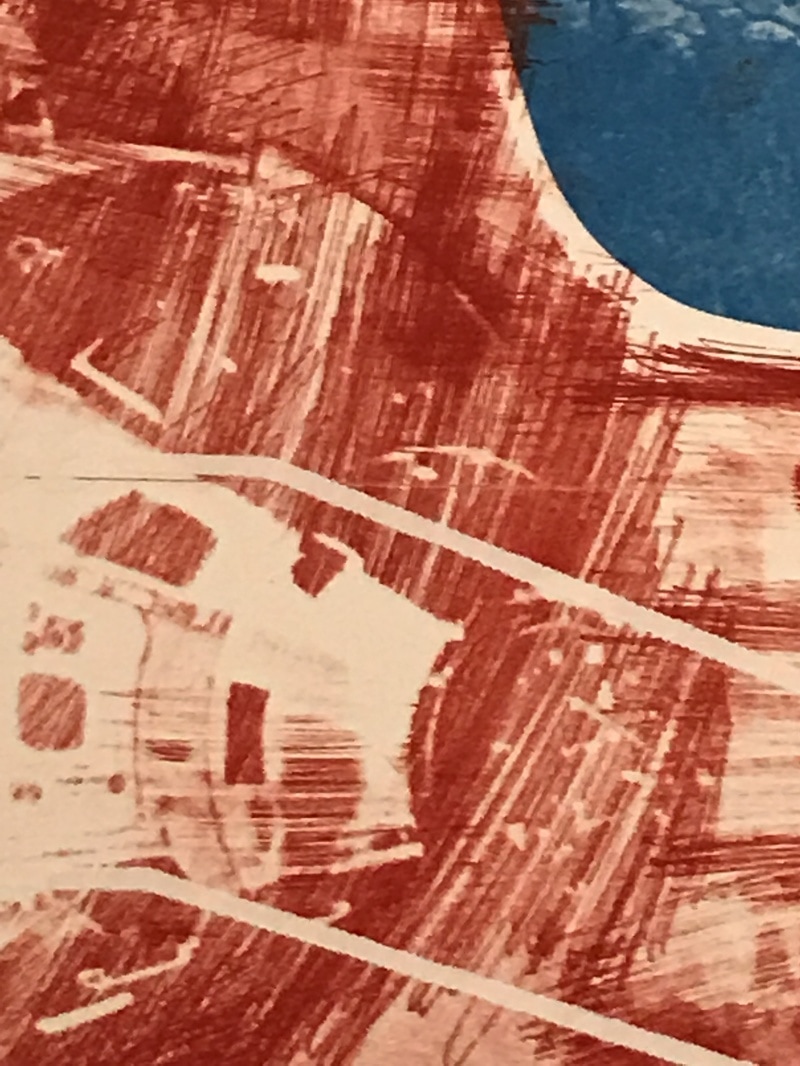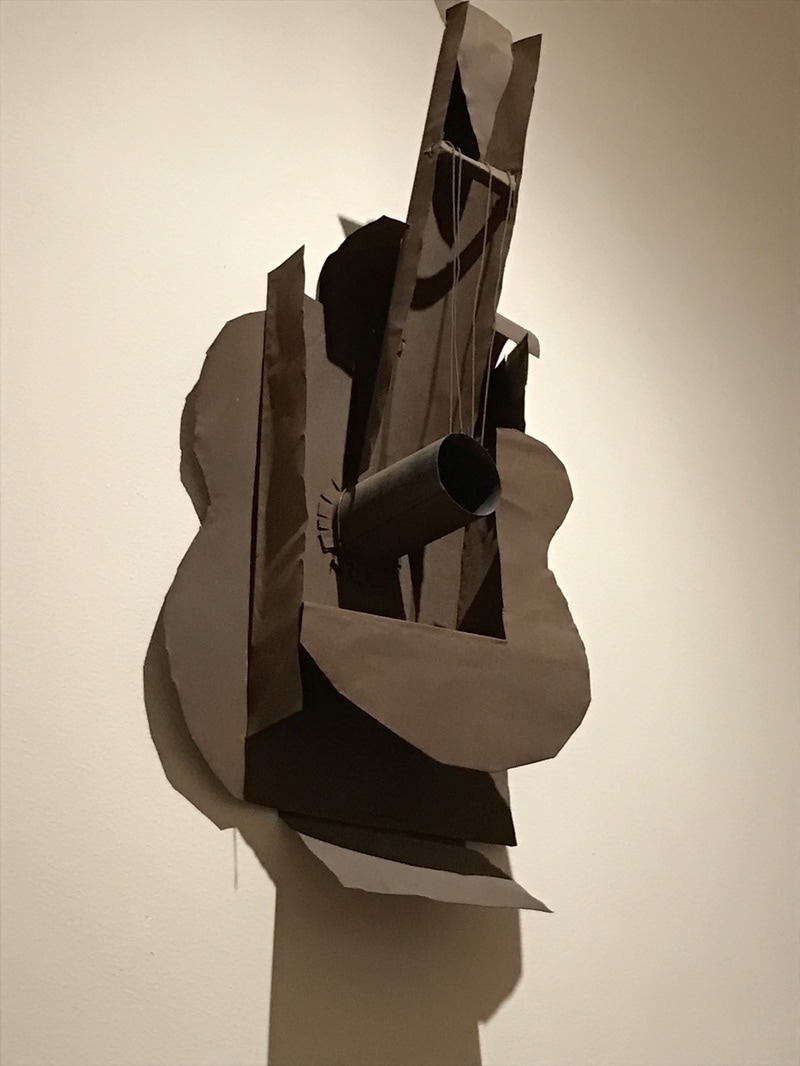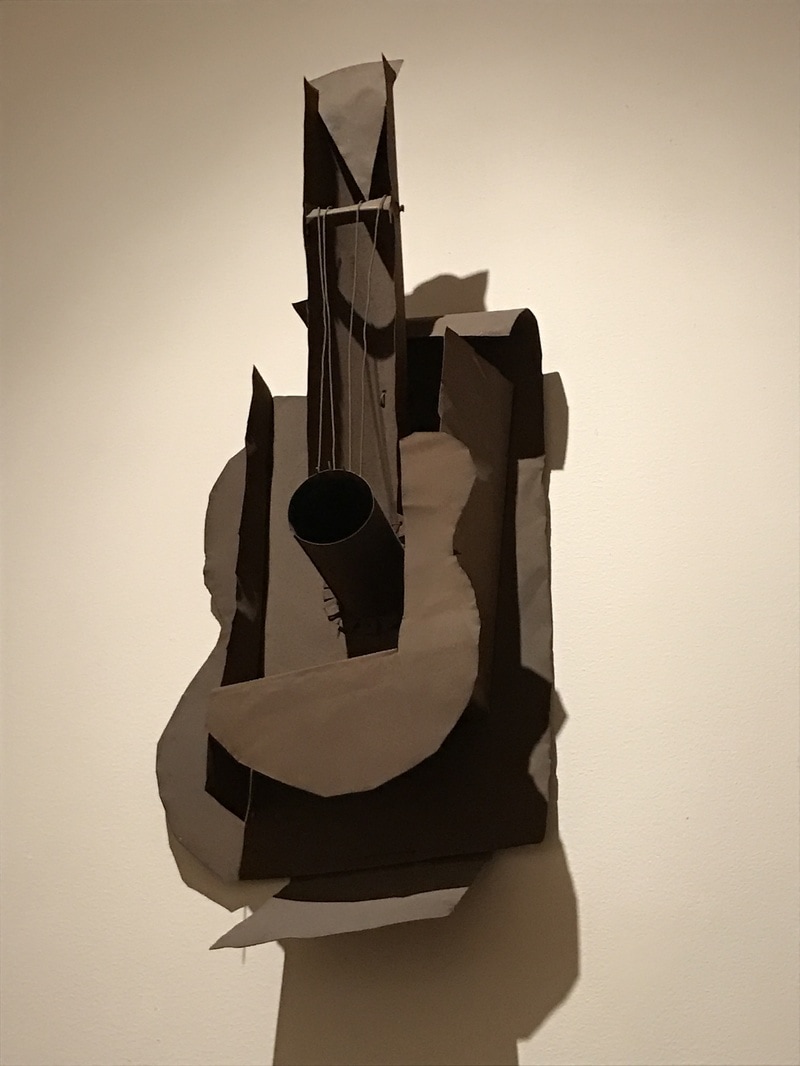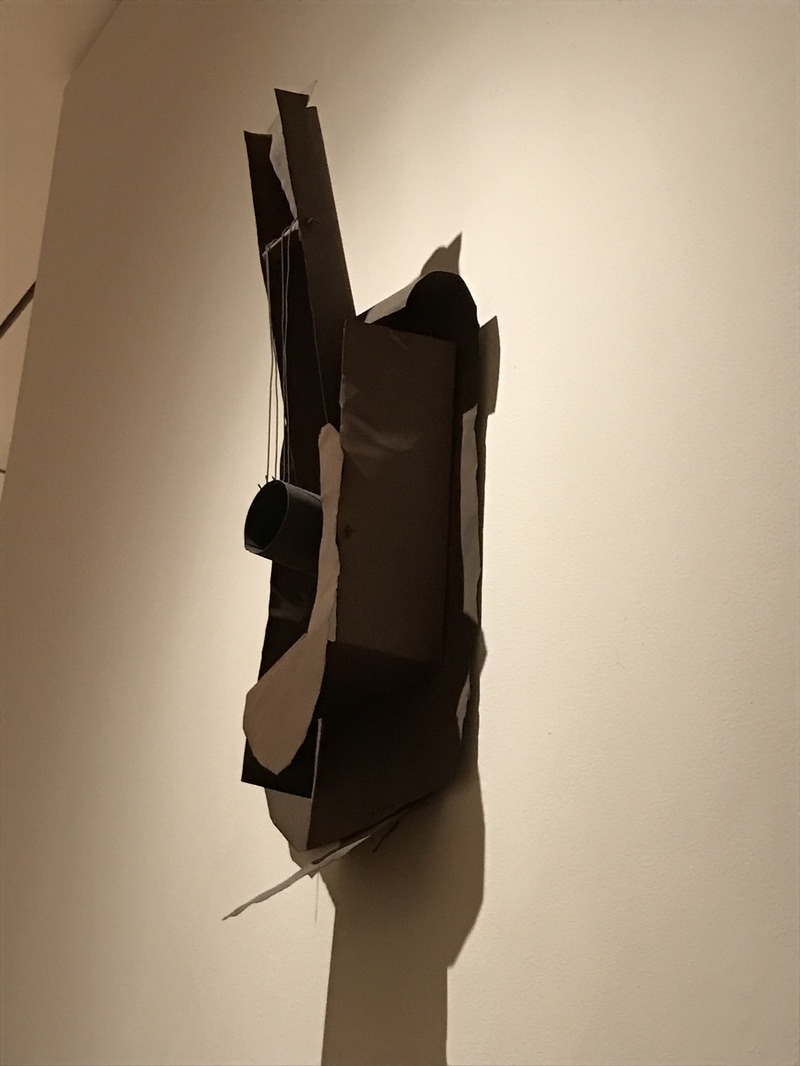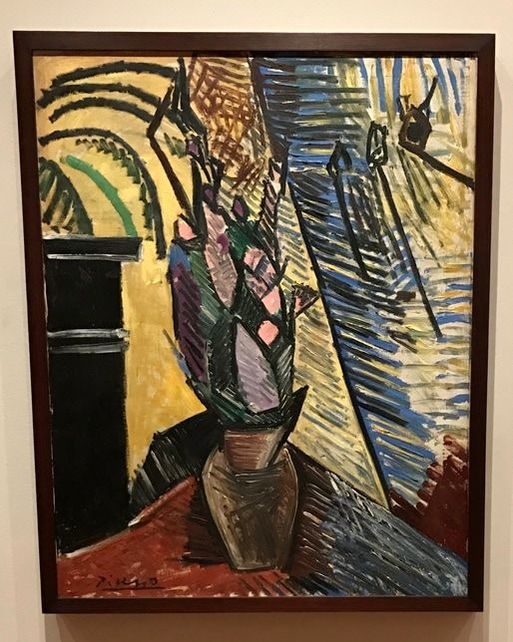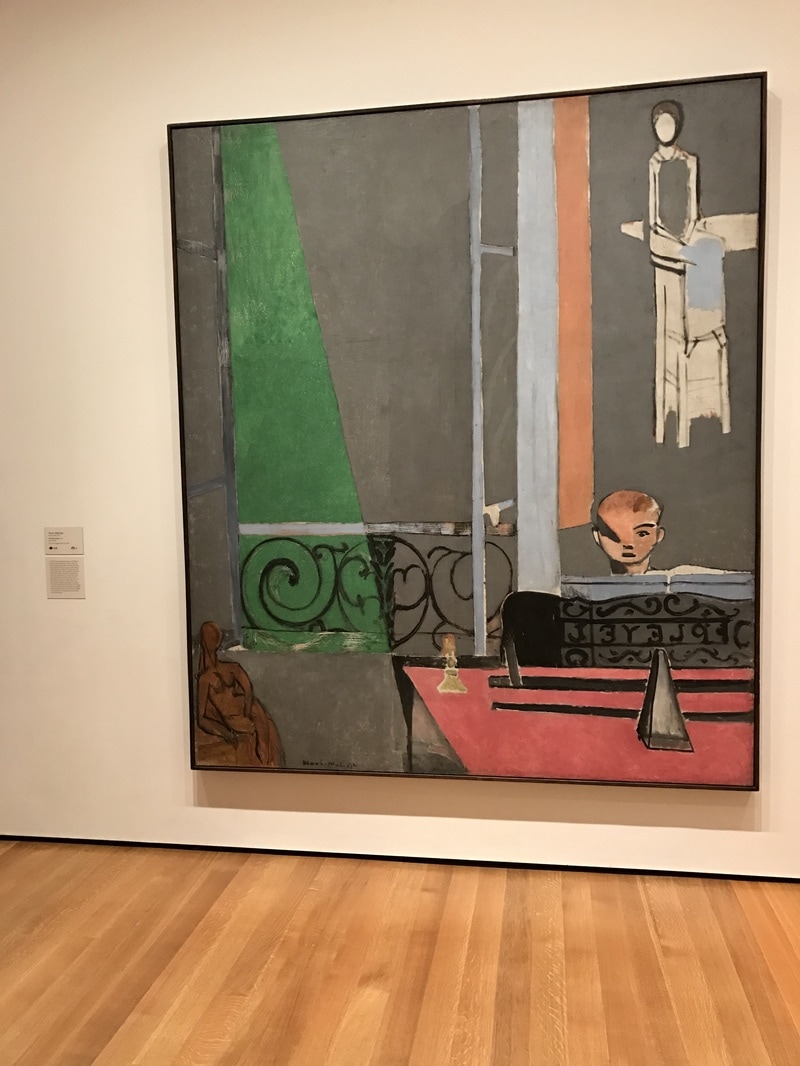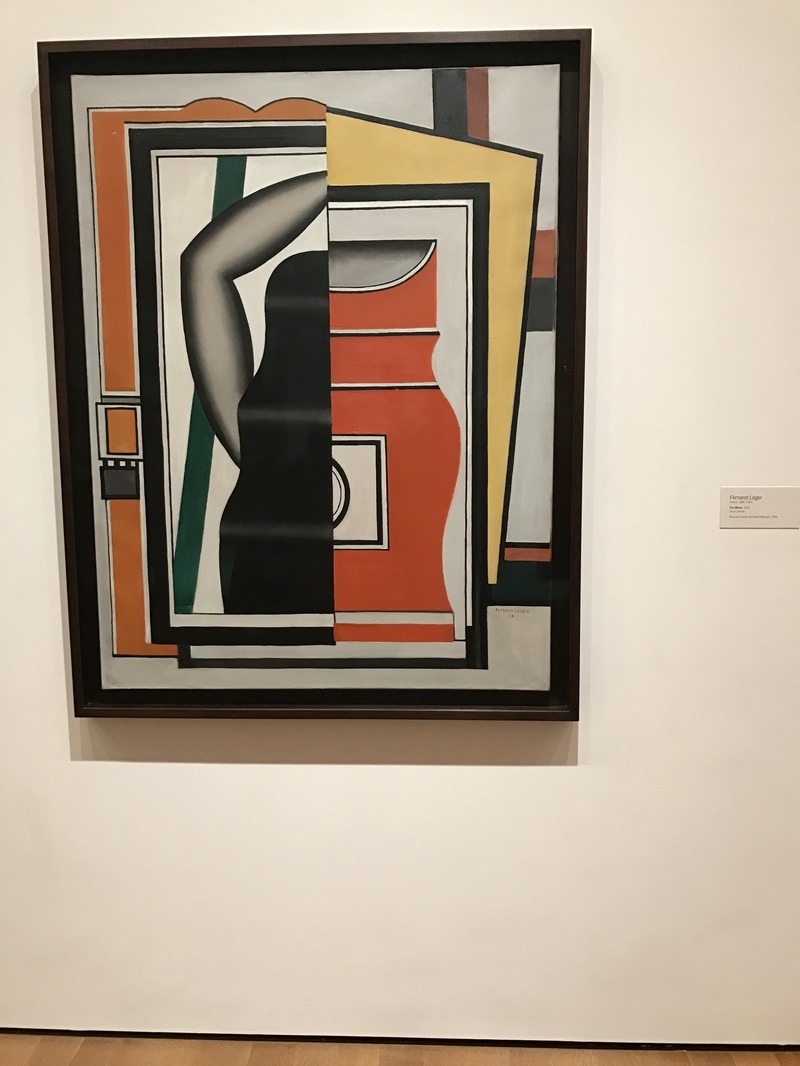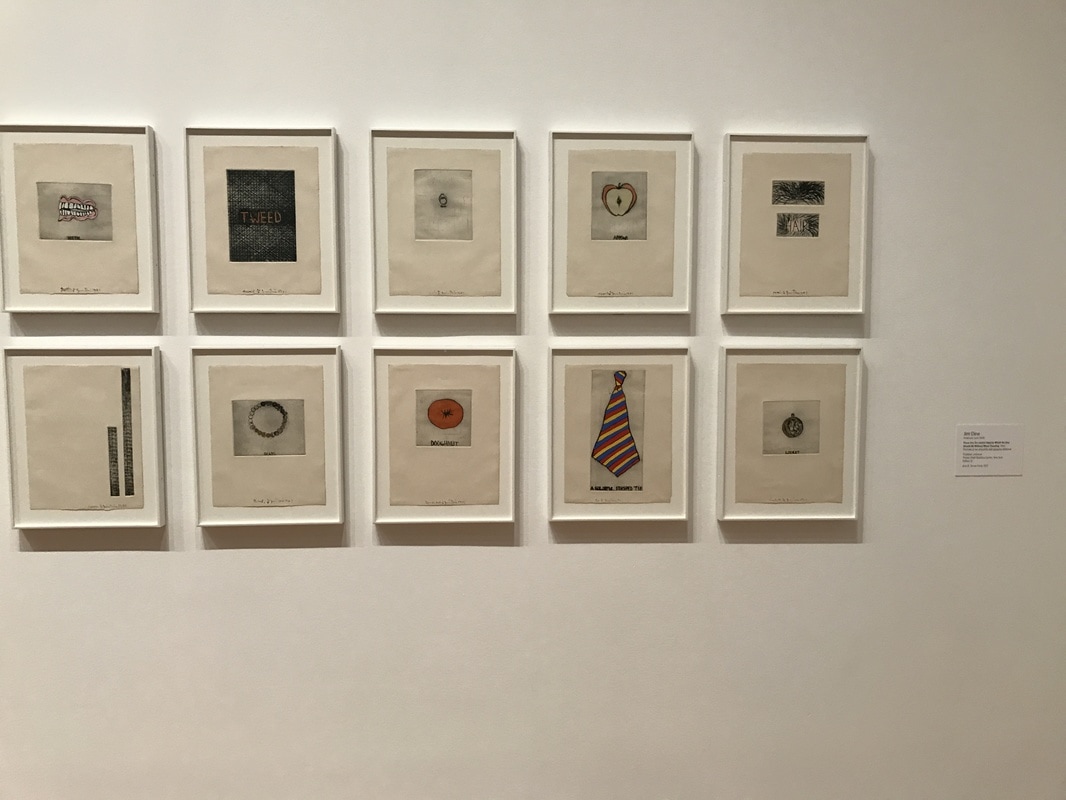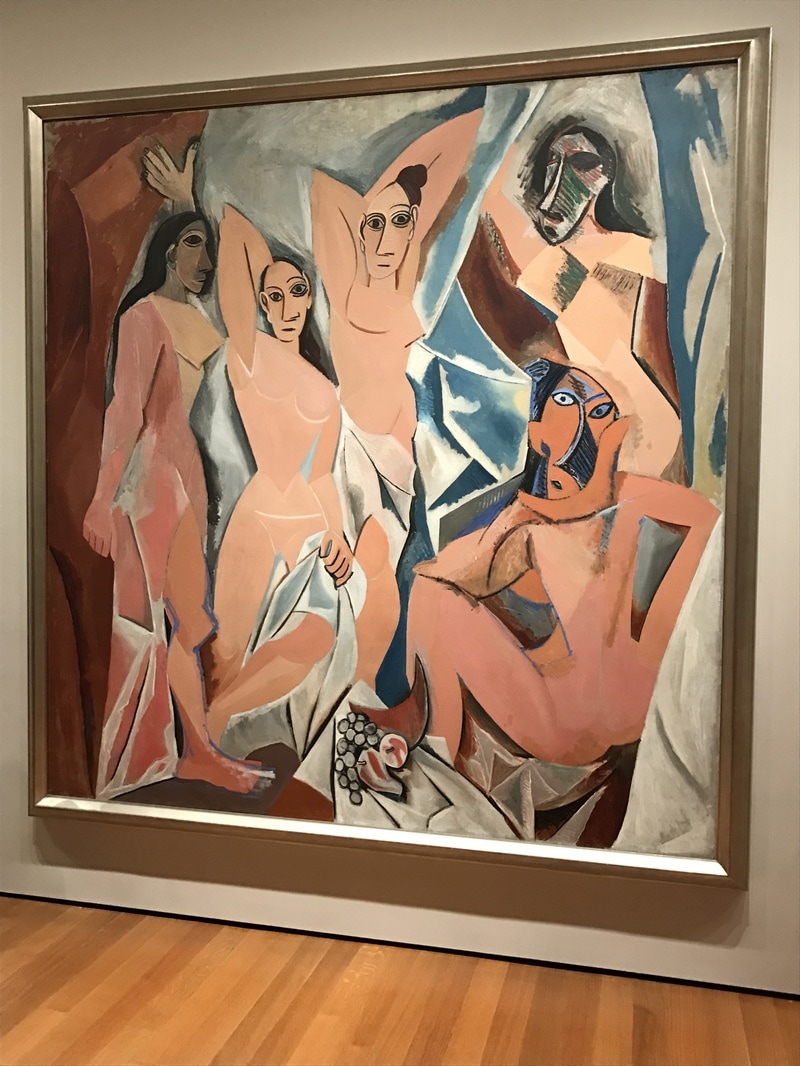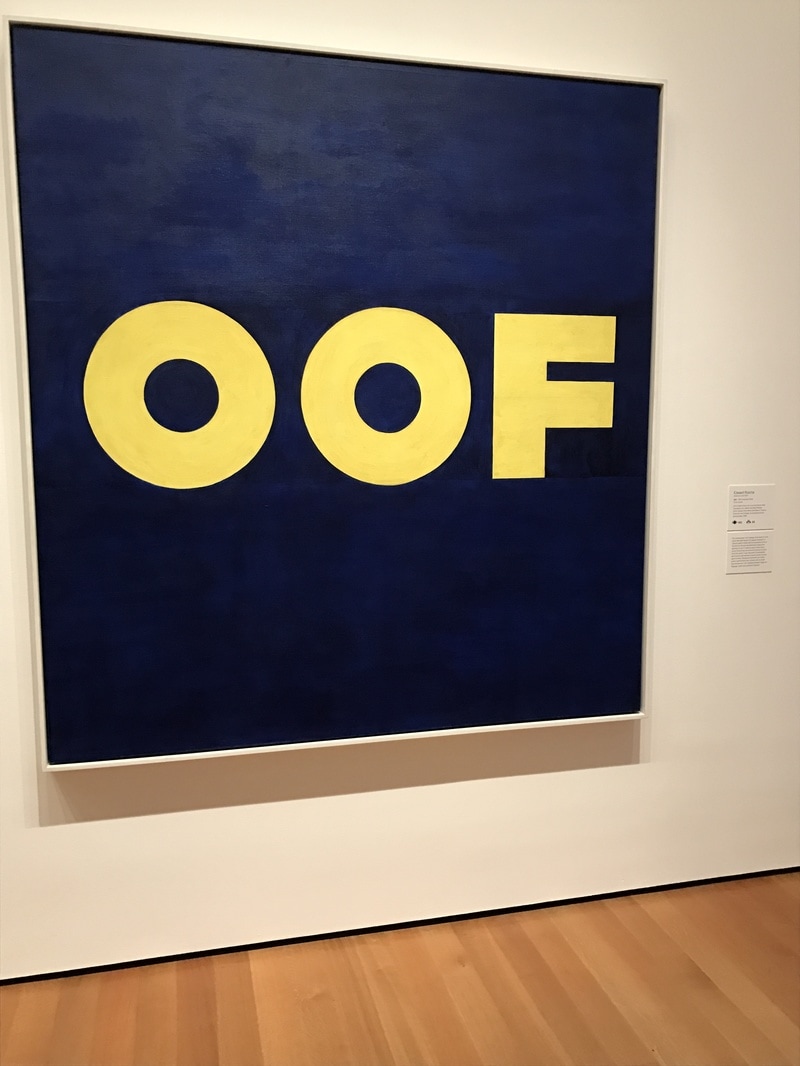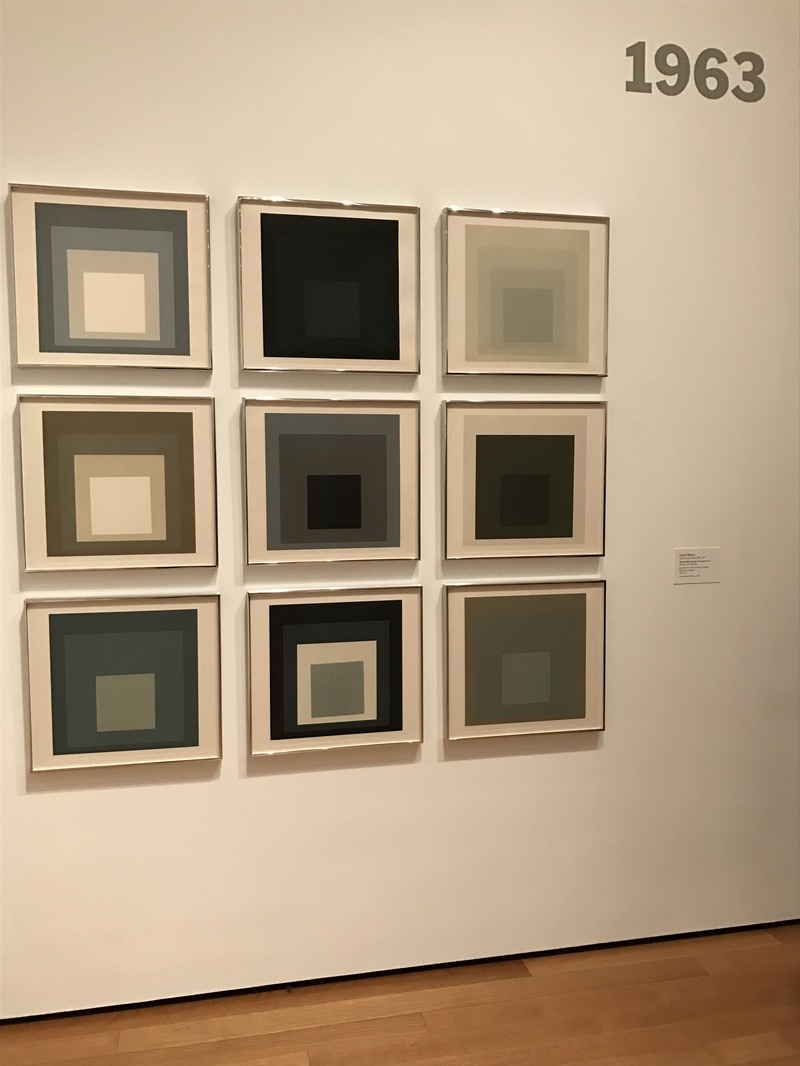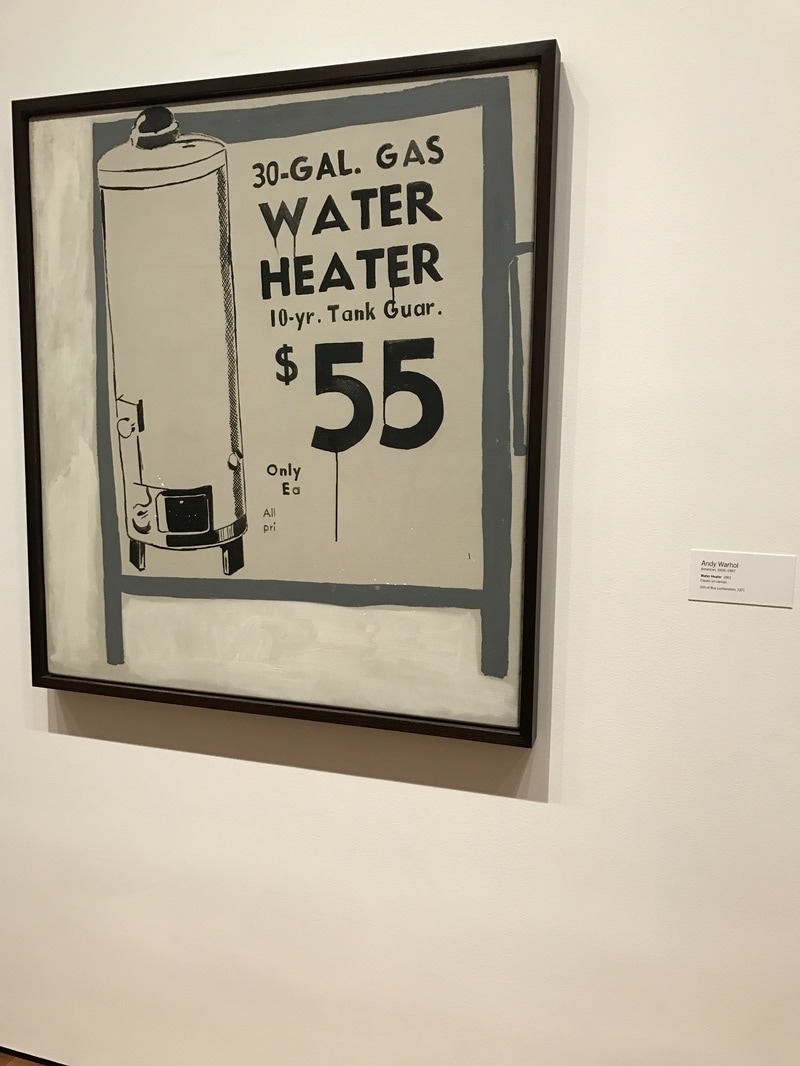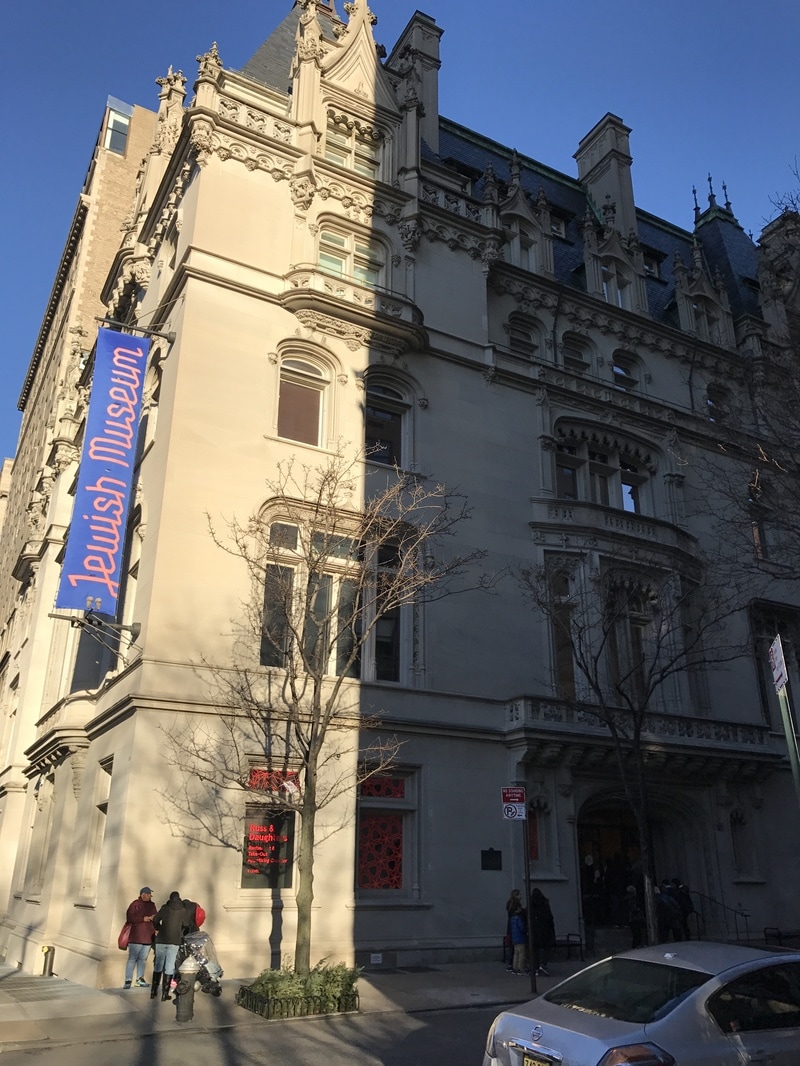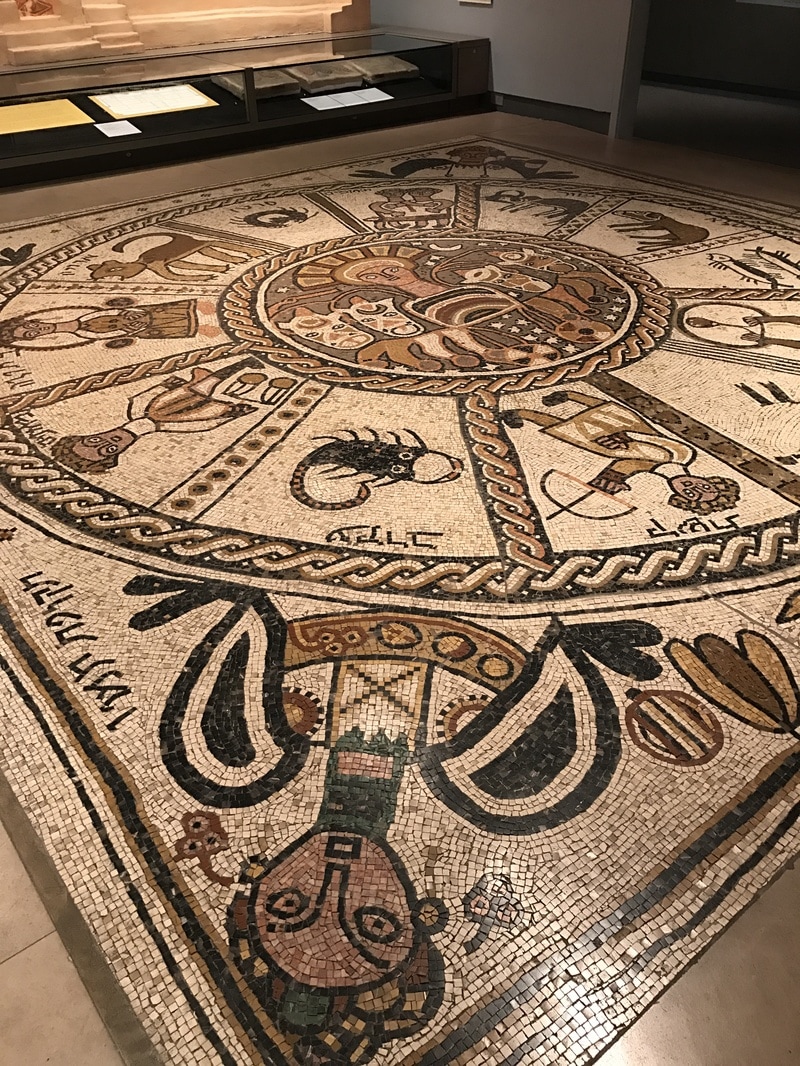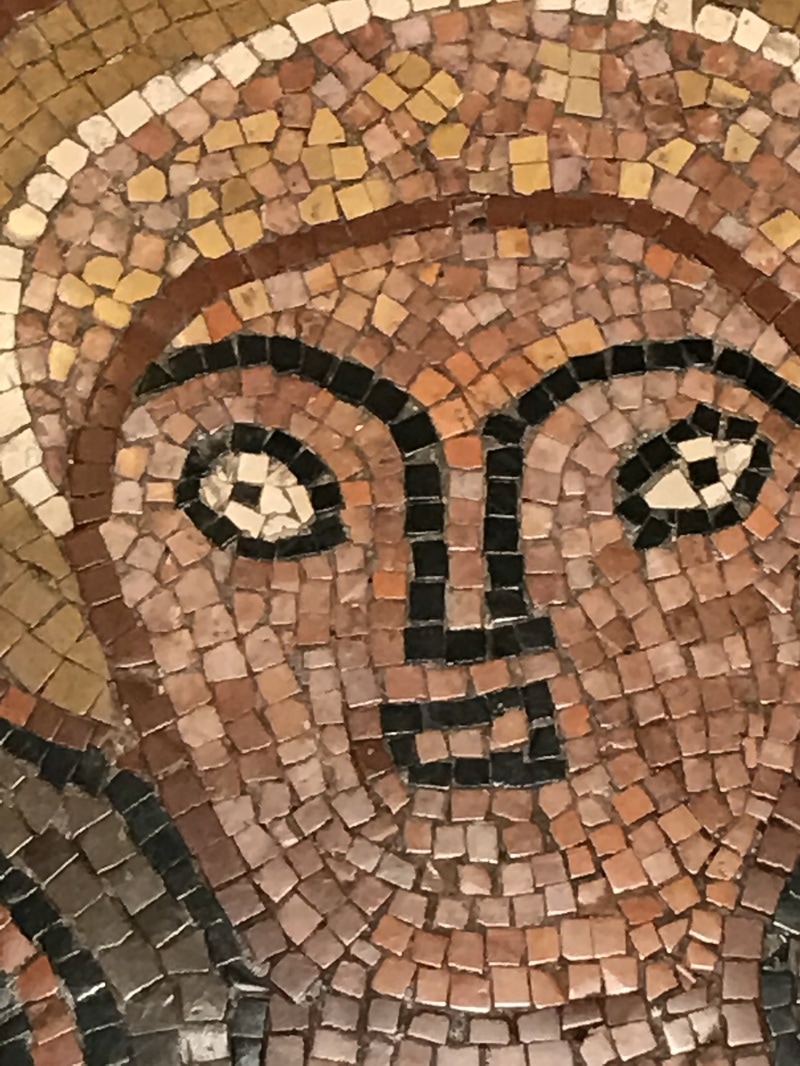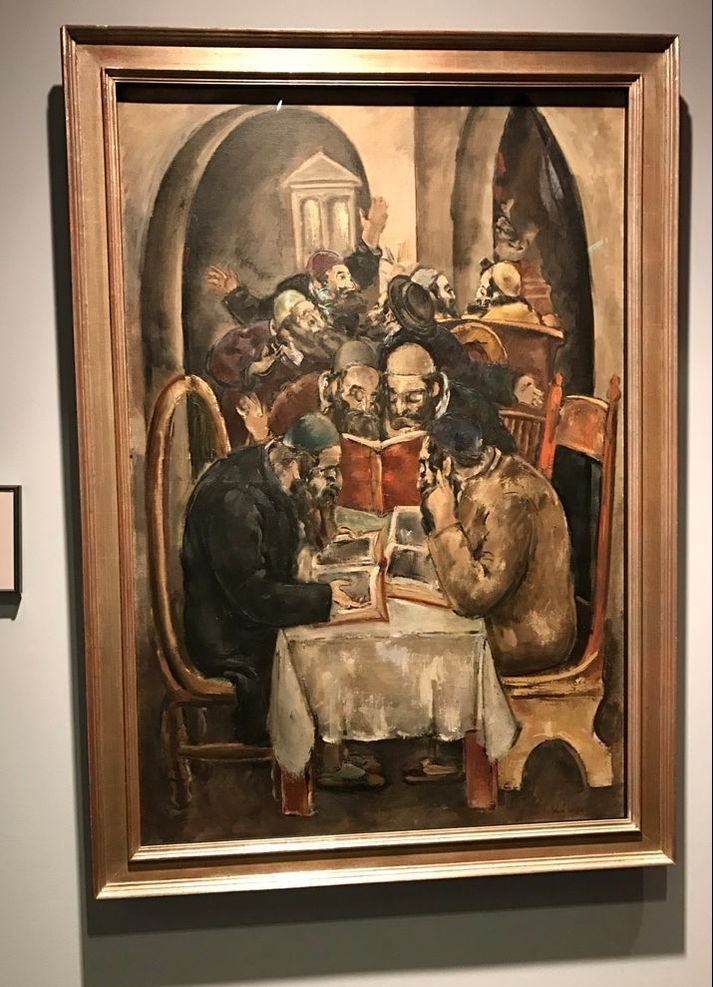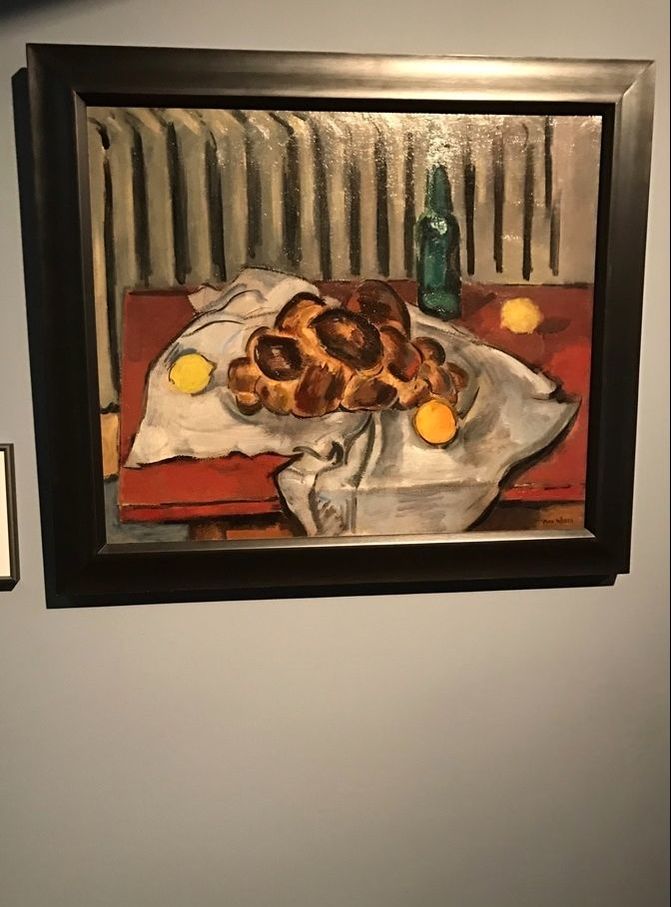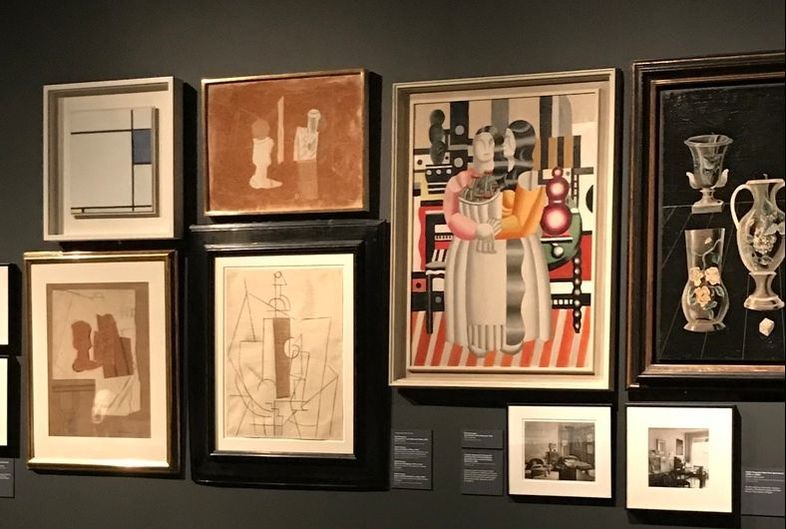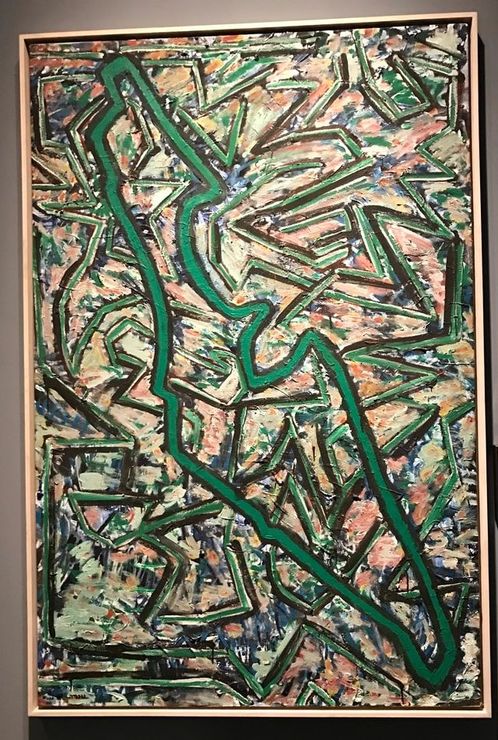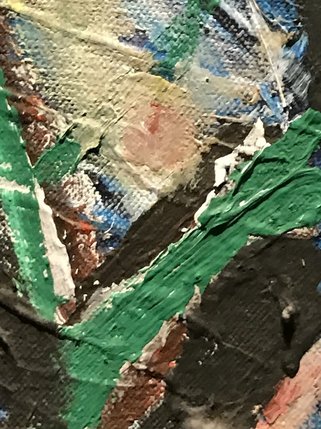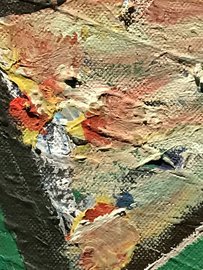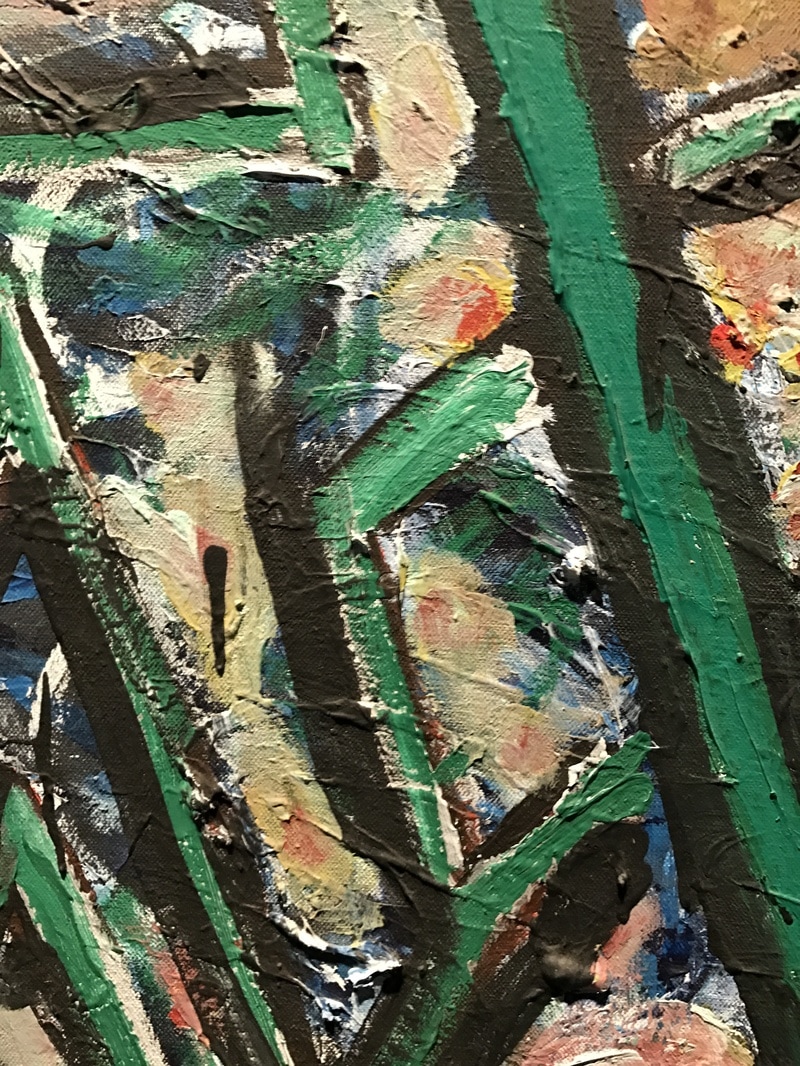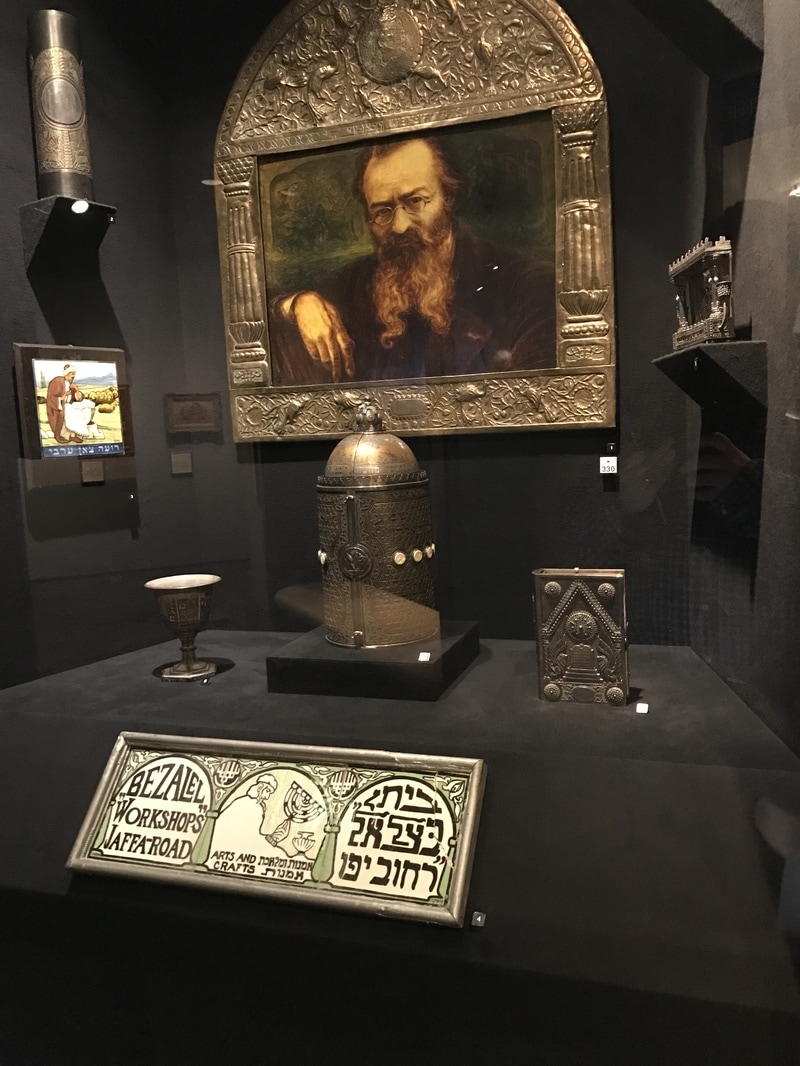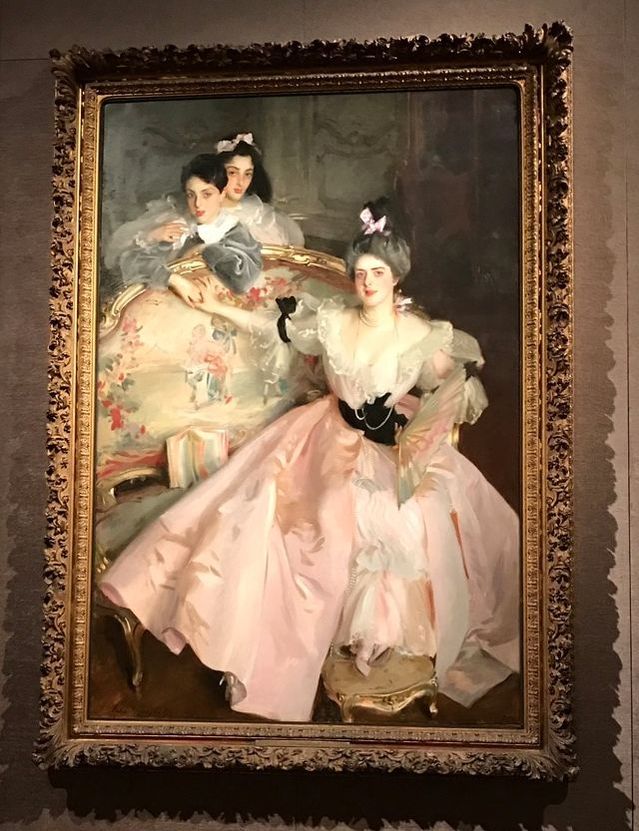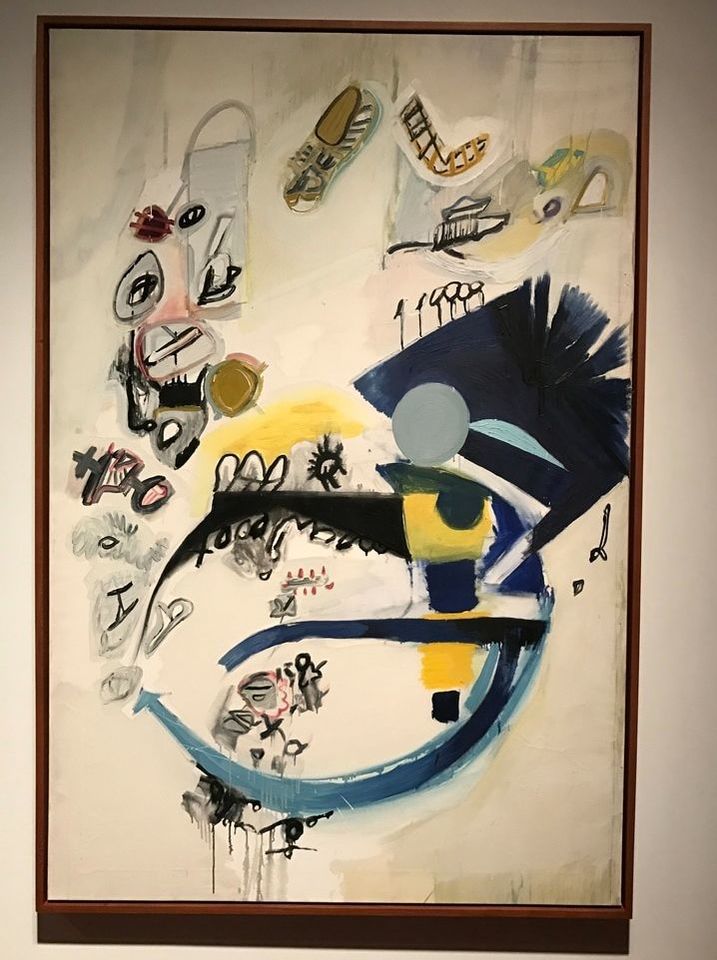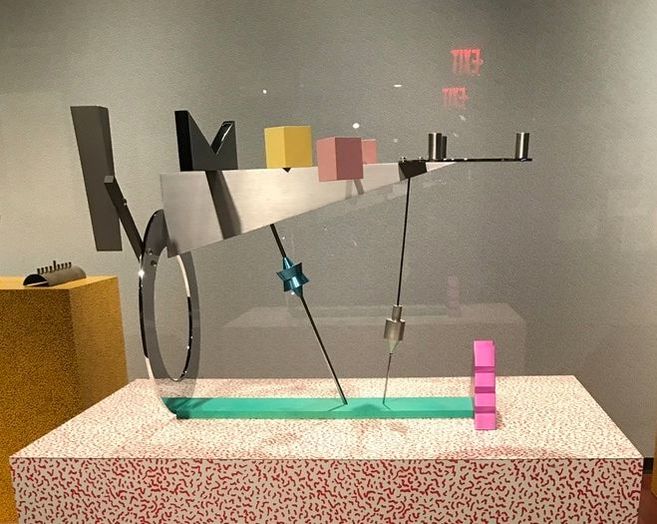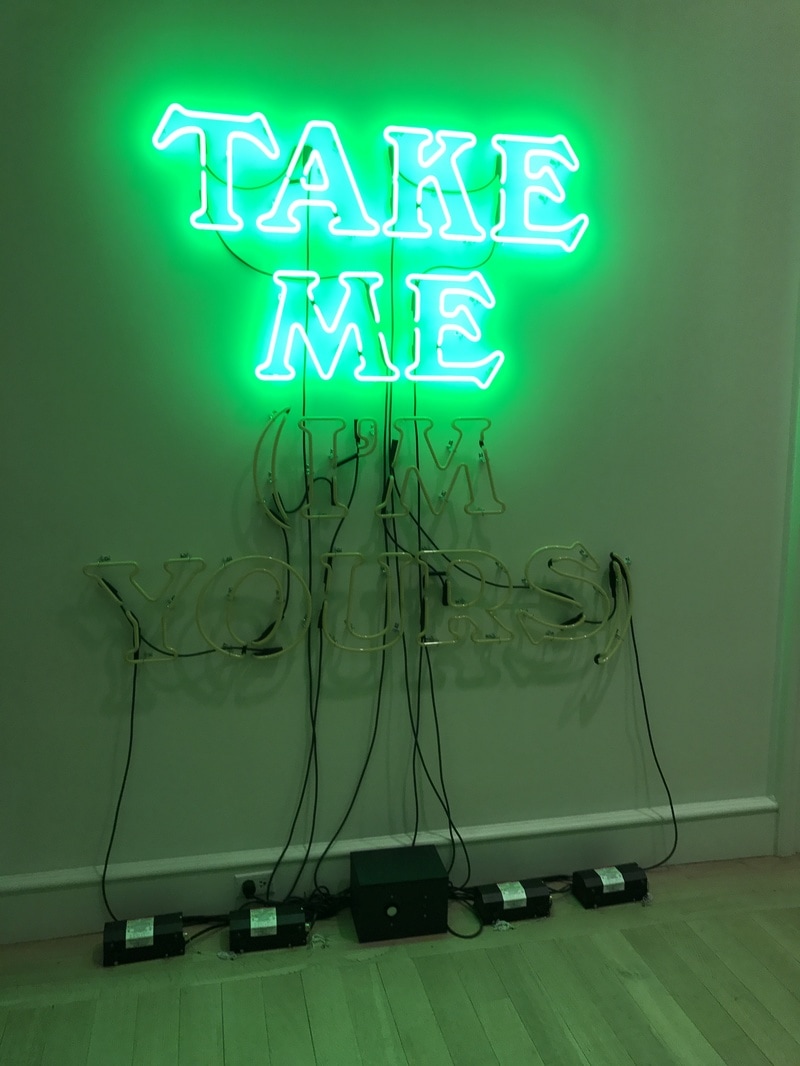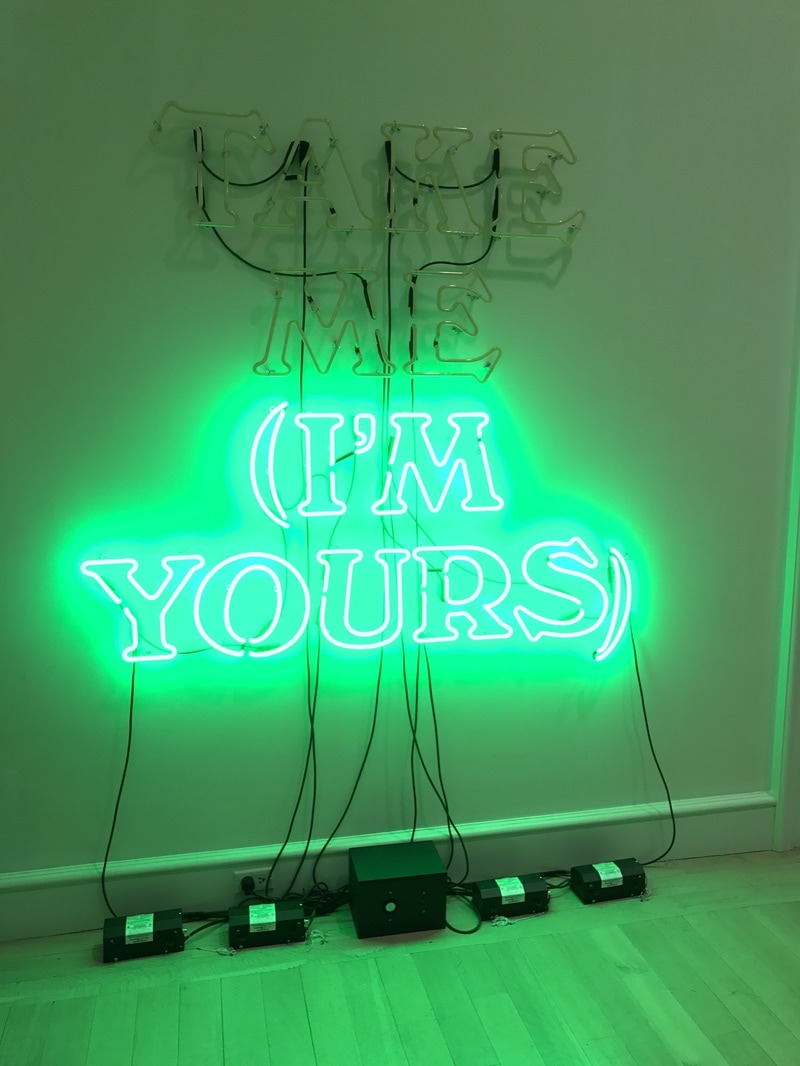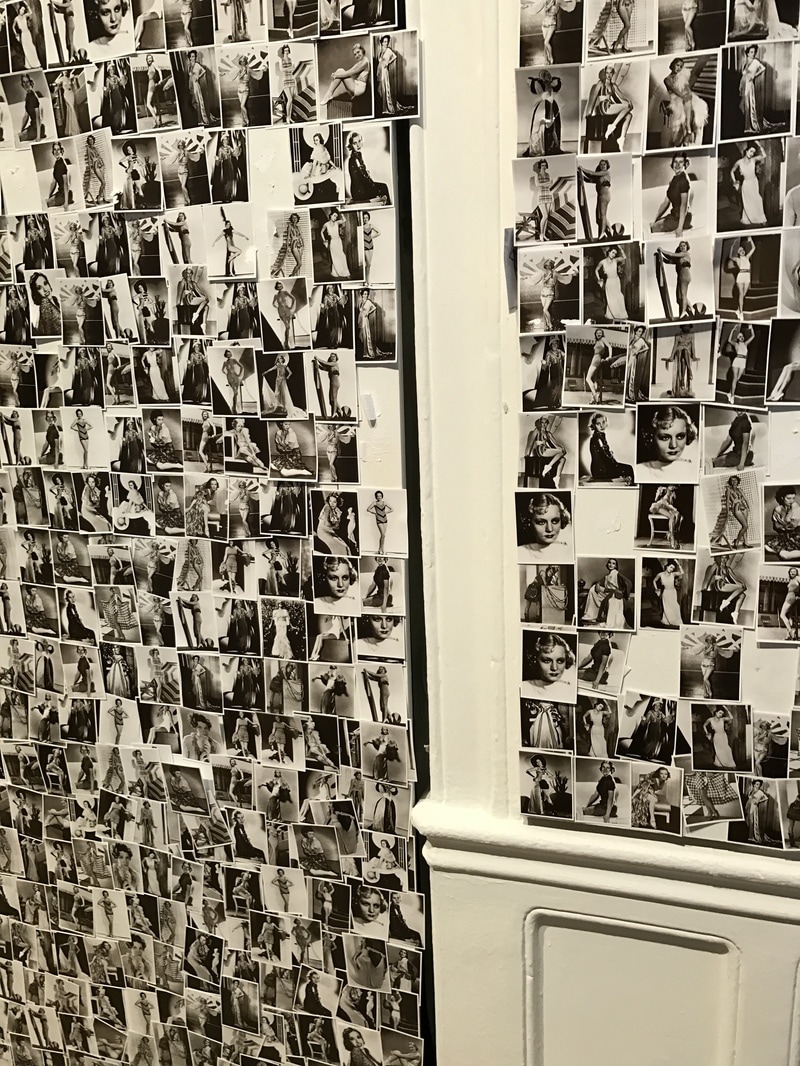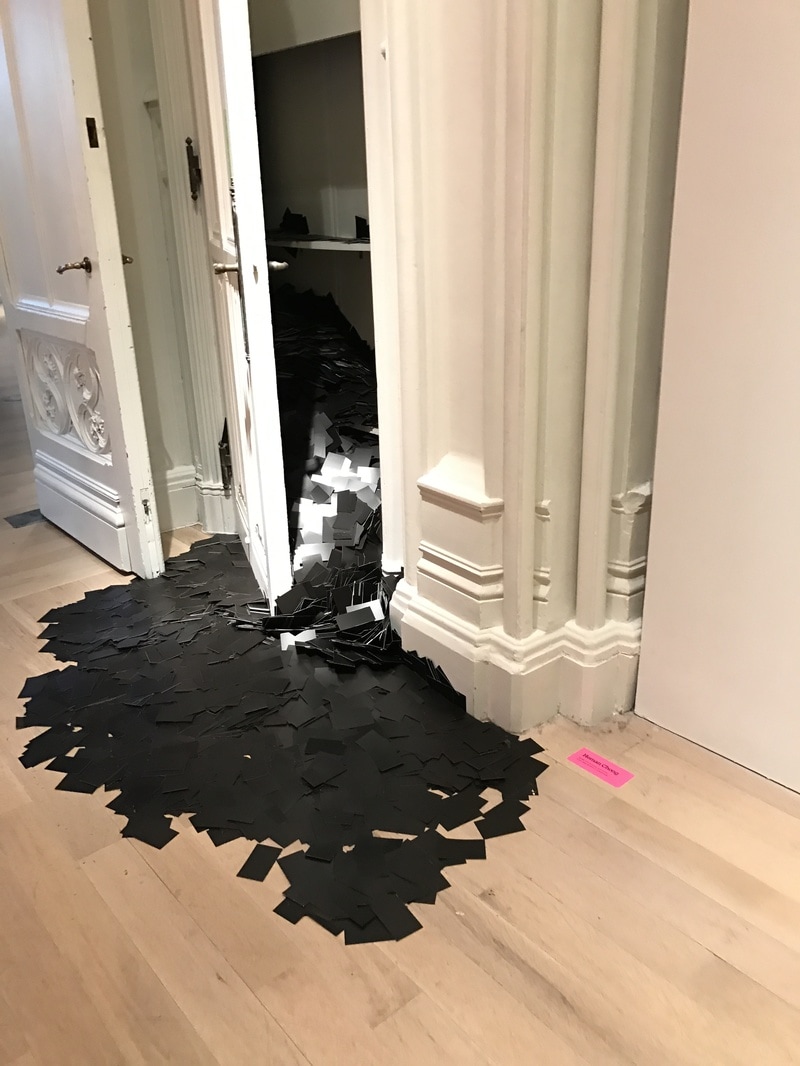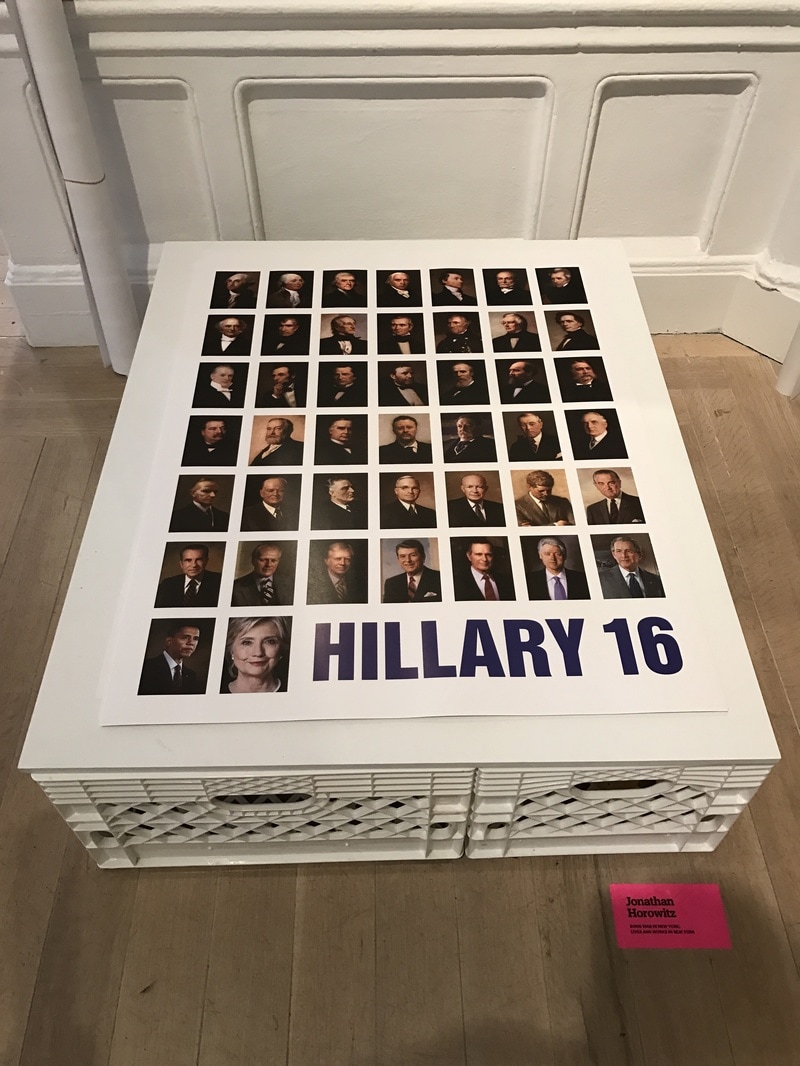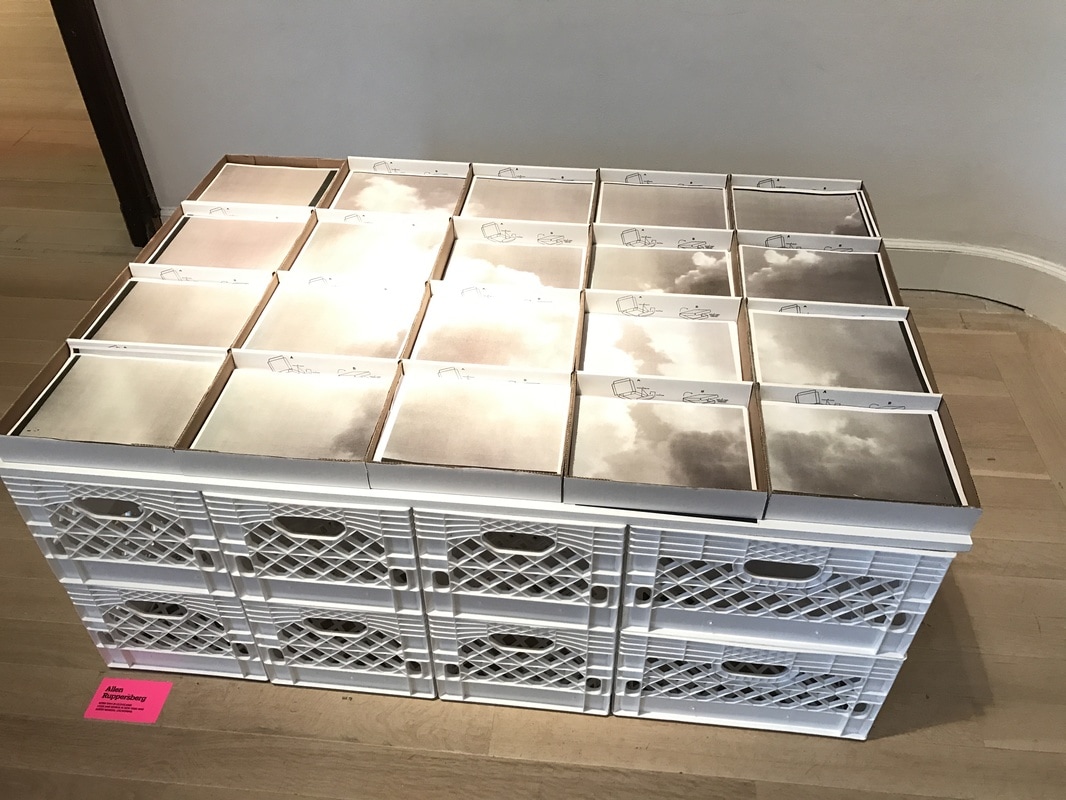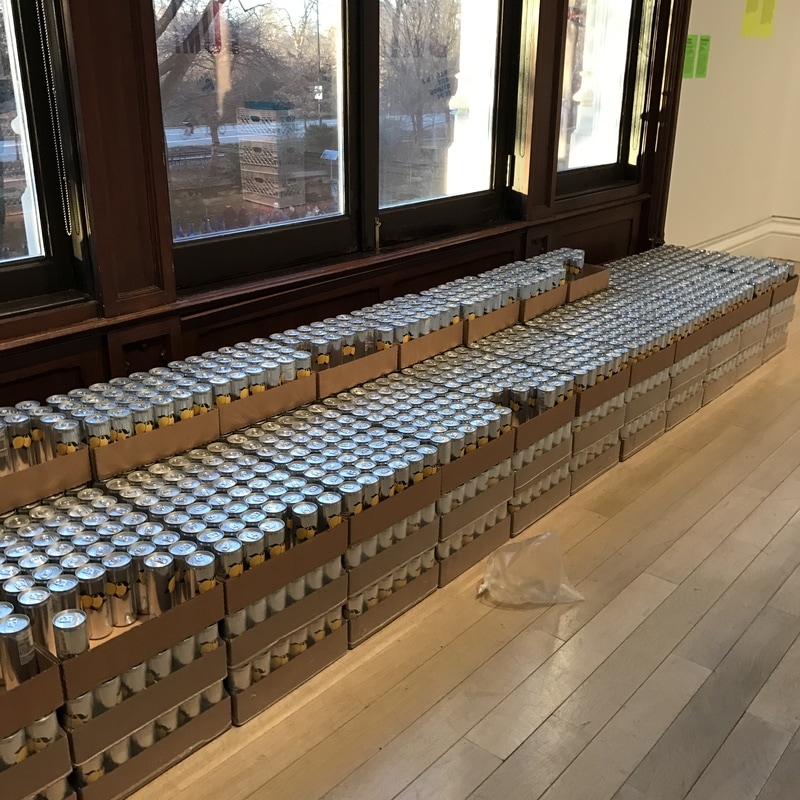In recent years as you've read in my previous blog posts, I visited museums like the Whitney, the Guggenheim, MOMA, the Brooklyn Museum, the New Museum, the Jewish Museum, just to name a few. I encourage you to look through the Categories Listing on the right side of this page and click on what interests you, whether it be museums, cities, or famous artists. The Met has been in the news this past week because it was announced that its admission policy is changing, requiring visitors to pay for admission (the Museum has been pay-as-you-wish for over 50 years). The new admission policy will go into effect on March 1, 2018. Residents of New York State, and students from New York, New Jersey, and Connecticut will remain pay-as-you-wish. Children under 12 will remain free. Be sure to check out their website for more information: www.metmuseum.org I'd recommend purchasing your ticket(s) online and arriving to the Museum when it first opens. You will wish you had more time for your visit if you don't! The line for admission seemed to span the entire length of the huge museum, but having purchased an advance ticket, I was able to walk in a separate door, check in, and head straight into the galleries. Admission will get you into the Met Fifth Avenue, the Met Cloisters, as well as the new Met Breuer. I didn't have the chance to visit the Met Cloisters and the Met Breuer. My visit to the Metropolitan Museum of New York on Fifth Avenue was amazing. First of all, it is massive. I forgot just how large the museum is that is located on the Upper East Side on Fifth Avenue between East 80th and East 84th Streets. This blog post covers my experience of the Metropolitan Museum of Art on Fifth Avenue, mainly what was on exhibit in their Modern & Contemporary Art galleries, 19th and Early 20th Century European Paintings and Sculpture, and some of their Asian Art collection. There were also two special exhibitions going on that I'll include: One on the hugely talented artist David Hockney. And the other on an artist that you may have heard of before, Michelangelo! At the end of this blog, I'll include a few other artistic surprises outside of the Met I encountered on my trip to NYC.
In Marc Chagall's painting shown below, "Le Pont de Passy et la Tour Eiffel," painted in 1911, we experience a fascinating view of Paris and the Eiffel Tower. The important thing about this painting is its composition. Chagall uses several converging diagonal lines: the bright red road, the orange cement wall, and the lines denoting the blue sky. If you think about the time period of the painting, it's interesting to note how it depicts some of the modern changes to the city of Paris, including the Eiffel Tower, the construction of the Pont de Passy Bridge and technologically modern train, electrical power-lines, and how it is juxtaposed alongside the element of the horses and wagon alluding to and earlier time in history.
With the onset of the Industrial Revolution, painters like Fernand Leger incorporated streamlined forms and contours of assembly-line production into their artwork. In the painting shown here, "Three Women by a Garden" painted by Fernand Leger in 1922, three generations of women are depicted. "Woman with a Cat" was painted in 1921.
Piet Mondrian is one of my favorite artists. Here is one of his iconic paintings called, "Composition" completed in 1921. It's an early example of the geometric style of painting that Mondrian called Neo-Plasticism, that emphasized planar relationships in painting, architecture, and design. Many people who look at my own personal artwork sometimes comment that they see hints of a Mondrian influence in my artwork. Here is Mondrian's painting at the Met, next to one of my paintings! Mondrian used black lines to divide the canvas into rectangles that are sometimes painted in shades of blue and red, creating lighter hues by mixing primary colors with white. Later on in his artistic process, Mondrian stopped creating these hues and used pure, primary colors. In comparing his painting with mine, we each use an entirely different process to create our black lines and blocks of color. If you notice, the black line at the bottom right of his painting doesn't quite reach the bottom. To me, it detracts from the overall design. Here are two other artists, whose works are hung alongside Mondrian's at the Metropolitan Museum of Art. I love Jackson Pollock's artwork! The painting below is called "Number 28" and was painted in 1950. His drip and pour paintings are widely recognized as his greatest achievement in art. He used simple sticks or paint stirrers and enamel house paint, sometimes poured right from the can, spilling lines directly onto raw canvas spread on the floor. What I love about his paintings are that the paint on the canvas we see is a record of the artist's creative process and his movement as he walked around all the sides of the canvas. One of the Special Exhibitions on display during my visit was "Michelangelo: Divine Draftsman and Designer." Michelangelo Buonarroti lived from 1475 to 1564 and is celebrated for his excellence of the power of drawing and invention that provided the foundation for all the arts. His drawing skills, design, sculpture, painting, and architecture all combined to give him the reputation of "The Divine One" by his contemporaries. The exhibition showed a range of over 200 works by the artist that was pulled together from 50 public and private collections across the United States and Europe. The exhibit opened in November and is on view through February 12, 2018. Below are just two of his incredible artworks I saw at the Met. #MetMichelangelo During my visit there was a magnificent exhibit of the British artist David Hockney that showcases 60 years of his art career. I highly recommend visiting this exhibit that is at the Met Fifth Avenue through February 25, 2018. David Hockney's painting address translating movement, space, and time into a two dimensional painting. Hockney is probably best known for depicting California swimming pools and backyards in the mid-1960s. Many of his paintings are quite large, perhaps over 6 or 7 feet square. I love how he uses Acrylic paint on canvas.
Alexander Calder created a series of moving sculptures called mobiles that he created in a diverse range of abstract configurations. Shown here, is a free-moving wind mobile that is carefully balanced on a movable pivot point. I learned that he was inspired by the work of Joan Miro, and the similar shapes and forms can be observed in Calder's mobiles. In the video below, you can see the kinetic nature of his mobile, "Mobile" created in 1941 from painted aluminum, steel, steel rod, and wire. Here are some of Claude Monet's masterpieces...
And lastly, I came across these wonderful sculptures created by artist, Jaume Plensa, that are permanently installed at the Grand Hyatt Hotel near Grand Central Terminal. I learned that these two huge sculptures are reminiscent of the Moai sculptures on Easter Island. Overall, my visit to the Metropolitan Museum of Art was simply amazing. I could have spent the entire day looking at all the art and taking photos of every piece of artwork, but I could only include these 6 dozen or so photos! I wish I had the time to visit Met Cloisters and Met Breuer as well. Well, reason for another visit! I hope you enjoyed this blog and I welcome your comments! Have a friend who would enjoy reading this blog? Then please share it with them via email or social media! You can click on the Facebook and Twitter buttons below! PS: If you liked this article, you might like these other articles on my artistic travels:
Kennebunkport, Maine Los Angeles, California New York City Street Art Napa Valley, California Park City, Utah Barcelona, Spain Caribbean Art
1 Comment
Just recently, on February 14th, I came across an editorial article on Artsy.net by Isaac Kaplan entitled, "Do Francis Picabia's Anti-Semitic Remarks Tarnish his MoMA Retrospective?" After reading the article I learned about Picabia's anti-Jewish feelings (and womanizing behaviors). MoMA's exhibit apparently does address this part of Picabia's character; however, I must have missed this as I walked through the gallery. To answer Kaplan's question personally. I think it does, in fact, tarnish his reputation. I really enjoyed his artwork during my visit to the MoMA. But after learning more about the artist, I can't say that I can admire him. Famous artists are people that I want to look up to and admire. They are people that I want the next generation of artists to look up to. And so, while I can appreciate his artwork at face value and his artistic technique, learning about his anti-Semitic behavior does take him down several notches in my book. Similarly, just like we want our kids to admire our professional sports players, it's hard to have our kids look up to them if they do drugs, treat women badly, are anti-gay, or are anti-Jewish, or discriminate in any way. So, I'm kind of let down after my great experience viewing his work in the gallery. But for this blog article, I will continue to proceed sharing my thoughts on the exhibit as if I hadn't learned of his anti-Semitic feelings and behavior. Here is the link to the article for your information: https://www.artsy.net/article/artsy-editorial-francis-picabias-anti-semitic-remarks-tarnish-moma-retrospective As I walked though the gallery rooms, the one thing that struck me the most was how his artistic style changed throughout his lifetime. Picabia was an artist of many genres, and his body of work lacks consistency and categorization. He shifted styles over time. The exhibit highlights his impressionist landscapes, abstract works, paintings, photo-based nudes, etc. Here are some photos from the exhibit. These two Picabia paintings shown below reminded me of one of my own paintings that I painted earlier this past year, "Woof Woof! Gotta Get My Bone." All three works utilize black lines in a similar fashion. I should note that my painting was created without ever seeing Picabia's work; I am just noting the coincidence in how we both used these lines in the same fashion. "Revolutionary Impulse: the Rise of the Russian Avant-Garde" was another wonderful temporary exhibit at the Museum of Modern Art that runs through March 12, 2017. The fact that all the artwork on display comes directly from MOMA's permanent collection, demonstrates how wonderful MOMA is and how impressive their permanent collection is. Of all the artwork on view, there were two artists whose work caught my eye. The two photos below are from the Russian artist Alexandra Exter. The oil on canvas painting on the left, called "Theatrical Composition" was very intriguing to me. I loved the colors, shapes, and overall composition of the painting. The other smaller works, pictured to the right are six designs from various stage sets like The Merchant of Venice, Othello, and others.
To photograph all the well-know paintings from all the famous artists would be a huge undertaking. So I'm including a small selection of some of my favorite pieces along with some detailed close-up photos from the following artists: Georges Seurat, Vincent van Gogh, Pablo Picasso, Jasper Johns, Henri Matisse, Fernand Leger, Jim Dine, Andy Warhol, Edward Ruscha, Josef Albers, James Rosenquist, Robert Rauschenberg, and Sol LeWitt. I have the close-up photos to show the brushstrokes, the detailed use of color, and a glimpse into what the artist was focused on while painting their masterpiece. Pablo Picasso's Guitar Sculpture (3 views), and below, "Vase of Flowers" & "Les Demoiselles d'Avignon I highly recommend visiting the Museum of Modern Art in New York City. More information about the museum can be found on their website: www.moma.org. PS: If you liked this article, you might like these other articles on my artistic travels:
Kennebunkport, Maine Los Angeles, California New York City Street Art Napa Valley, California Park City, Utah Barcelona, Spain Caribbean Art
Part of the Museum's focus is dedicated to the subject of the Jewish Journey, Jewish culture, and Jewish continuity. The main exhibition is about the Jewish experience as it has evolved from ancient times to the present day. The exhibit highlights the question of how Judaism has been able to thrive for thousands of years across the globe, even in challenging times, through Jewish texts and objects. Jewish texts have been the central factor in the survival and evolution of Jewish continuity. The objects on exhibit such as Torah scrolls, other religious scrolls, and Jewish ritual objects, all reflect the different ways Jews have expressed their sense of what it means to be Jewish throughout history, in various countries, cultures, and religious contexts. The Culture and Continuity exhibit is located on two floors of the museum. There is so much to say about the exhibit, but most of what I will blog about will focus on the visual arts. After the destruction of the Second Temple, and beginning in the 3rd Century CE, synagogues were often decorated with beautiful mosaic floors and wall frescoes. Jewish symbols included biblical figures, Hebrew writing, the menorah, and the shofar. Below are some photos of one of these mosaic floors, including a detailed/close-up photo. These mosaics reminded me of my signature style of my personal artwork, creating the illusion of mosaic tile using acrylic paint for my paintings. I was particularly interested in the paintings at the museum, many of which I will highlight in this blog article. Max Weber, who lived from 1881 to 1961, is perhaps one of the most notable artists who portrayed Jewish life in his artwork. Max Weber was born in Russia and emigrated to the the US. Below on the left is a photo of Weber's famous oil on canvas painting, "The Talmudists," painted in New York in 1934. In his early years, he was a great admirer of the artist, Paul Cezanne, and studied art in Paris from 1905-1908. Cezanne's influence can be seen in his earlier works, including the painting, "Still Life with Challah" exhibited at the Jewish Museum. Most of his early works were still lifes and focused on Jewish ritual objects for Shabbat. By 1919, Weber abandoned formal experimentation and turned to Jewish subjects in pursuit of the spiritual. 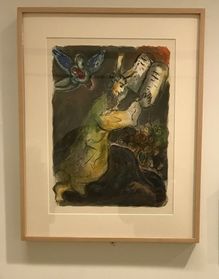 Marc Chagall was another famous Jewish artist who had work displayed at the Jewish Museum. Chagall had a lifelong fascination with the Bible and much of his artwork expresses his passion for using his artistic expression to convey the imagery of the Bible. A lithograph on paper, "Moses Displays the Ten Commandments" from "The Story of the Exodus", 1966, is shown to the right. Shown below, this 1986 large acrylic on canvas painting by David Reeb, an Israeli artist, titled "Map of Israel" is one of a series of paintings that incorporated the pre-1967 Israeli border, known as the "Green Line." Reeb was one of the most outspoken Israeli artists of his generation and was preoccupied with the political implications of the map of Israel. The ongoing conflict between Israel and her neighbors and the conflict around national borders is the major theme in his series of paintings. In this painting, Reeb portrays the outline of the realistic map as the main motif on an abstract patterned surface. In the photos below, I've included 3 photos showing some of the incredible detail of this fascinating painting.
Another fascinating exhibit called "You Don't Have to Be Jewish" featured a compilation of television commercials and clips from the museum's National Jewish Archive of Broadcasting, paired with print advertising campaigns, works of art, and more. The exhibit explores material produced for Jewish audiences or with Jewish content and the way religion, ethnicity, and identity play out on American television. The exhibition closed in early February. Also on exhibit from November 4, 2016 to March 26, 2017 was "Pierre Chareau: Modern Architecture and Design." Pierre Chareau was a celebrated French furniture designer, architect, and art collector. The exhibit showcases rare furniture, lighting fixtures, and interiors, and even featured virtual reality glasses to immerse the viewer in the architectural renderings.
One of the most fascinating exhibits that I've seen this past year was "Take Me (I'm Yours)." The exhibit is based on a 1995 exhibit at the Serpentine Gallery in London, curated by Hans Ulrich Obrist and the artist Christian Boltanski. In a conventional museum experience, it is the visitor that consumes art by looking at the paintings, sculptures, or photographs on exhibit. Typically, one is not allowed to touch the art, and certainly not allowed to take them home! Take Me (I'm Yours) defies this well-established standard by featuring works by more than 40 artists from different generations and from all over the globe: The goal of the exhibit is to encourage you to not only touch the artwork, but also to take them away with you and keep them for yourself. Some of the things I walked away with were a can of lemon-flavored sparking water, photographs of glamorous women from the 1950s, stencils, temporary tattoos, pins, hard candies, pill capsules, fabric patches, and more! The exhibition ended in February. I've posted a few photos below. Photos of visitor experiences can be found online using the hashtag: #TakeMeImYoursNYC. 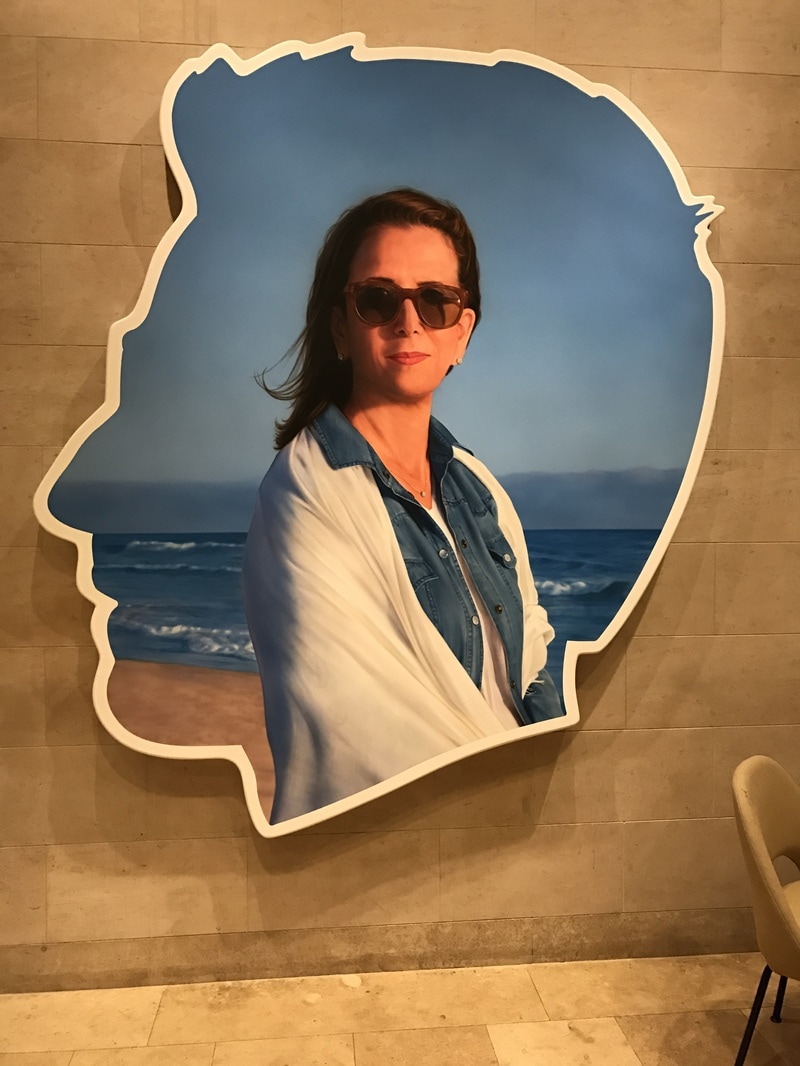 I love this work of art by Alex Israel, "Self-Portrait (Mom)", 2016. On view November 4, 2016 - April 23, 2017. I love this work of art by Alex Israel, "Self-Portrait (Mom)", 2016. On view November 4, 2016 - April 23, 2017. During my visit, I saw a drop-in art workshop underway, where families were creating works of art together inspired by exhibitions currently on view at the Museum. On Sundays, families can participate in studio art sessions, experience a simulated archaeological dig, or experience the museum's exhibitions with a printed Kids Gallery Guide. The Museum hosts family concerts, workshops and vacation week programming, and workshops for kids with disabilities. For more information, visit: TheJewishMuseum.org/Families.
|
The Art ConnectionWelcome to Eddie Bruckner's Art Blog! Archives
April 2022
Categories
All
|
